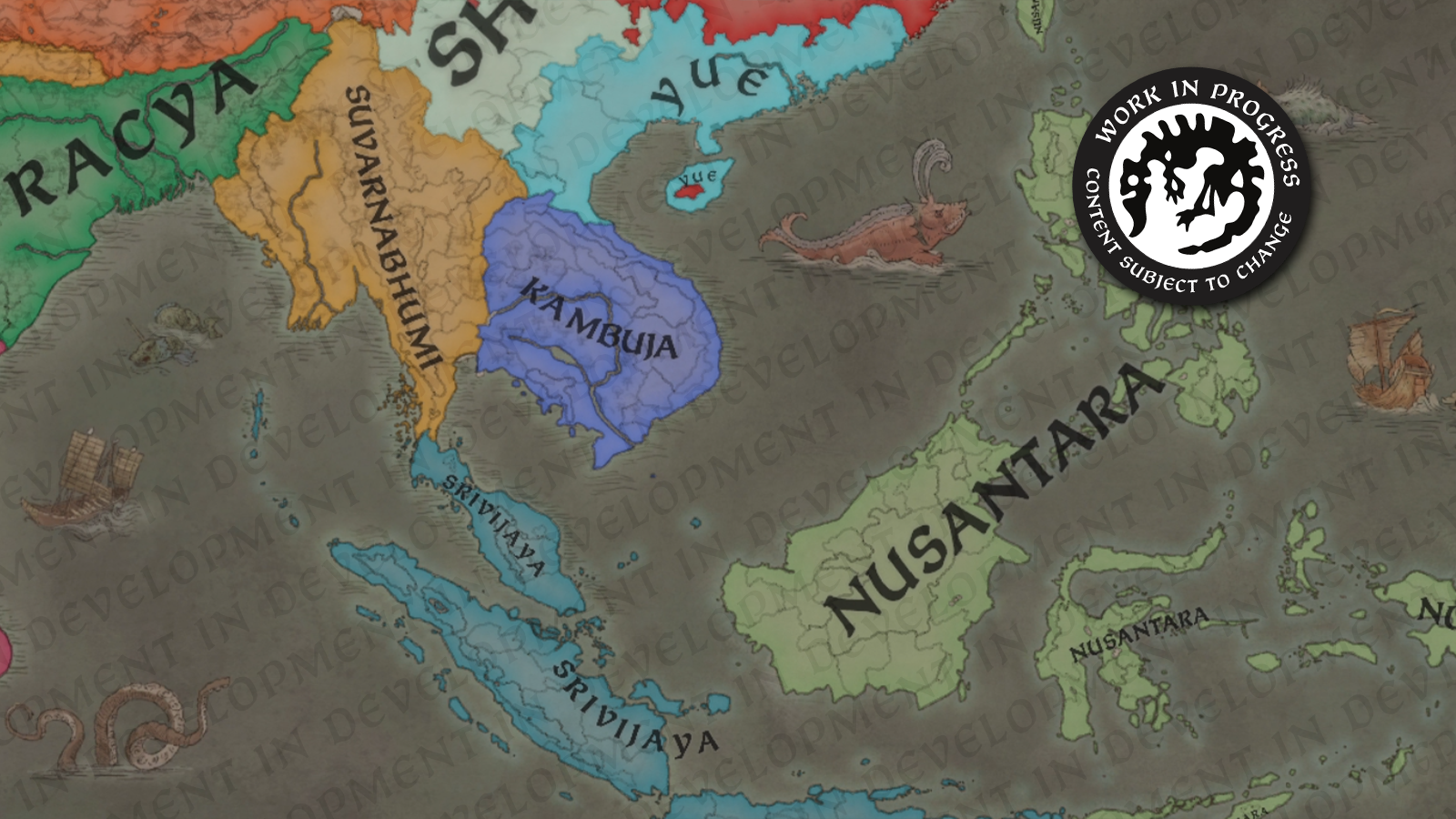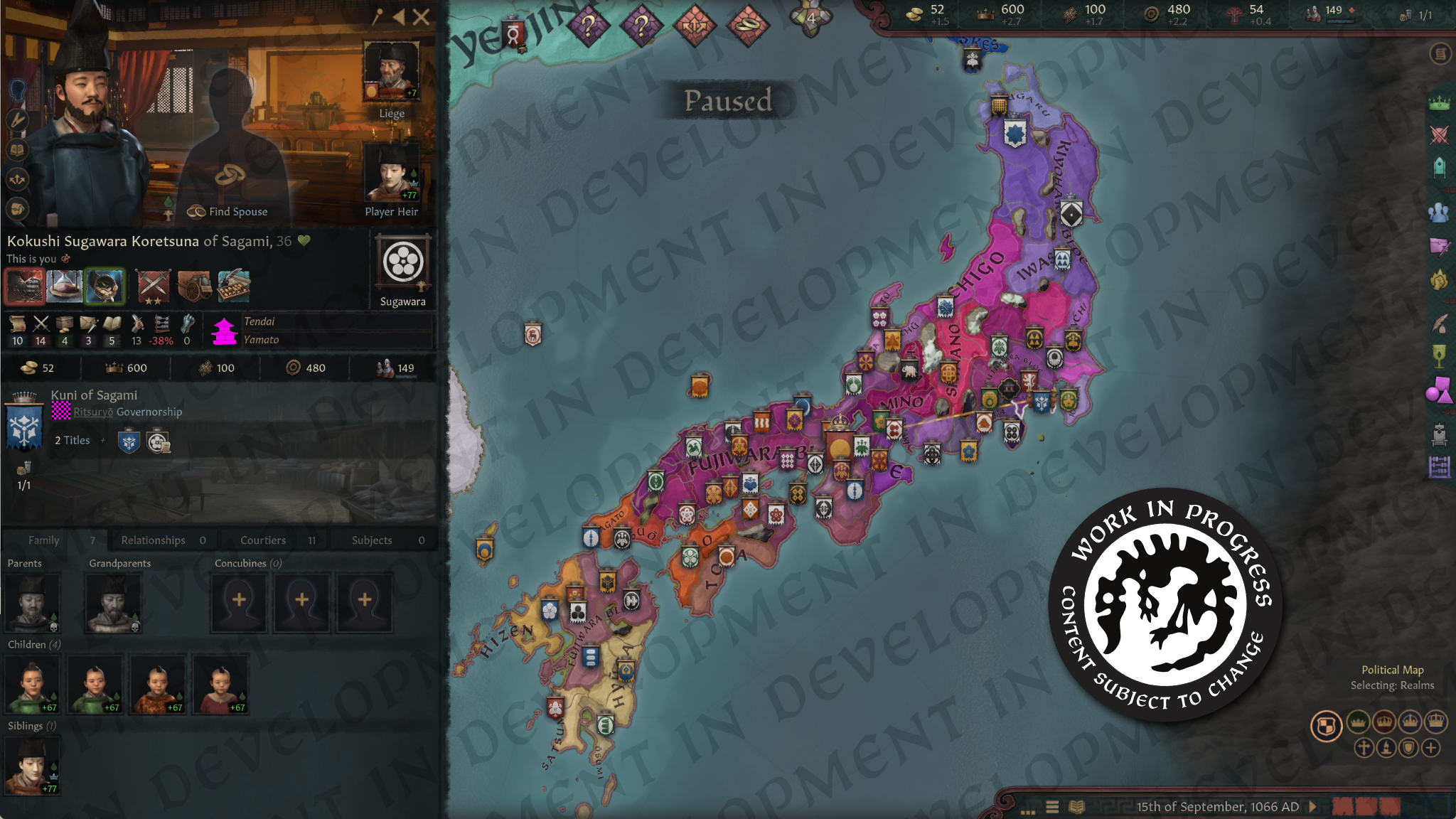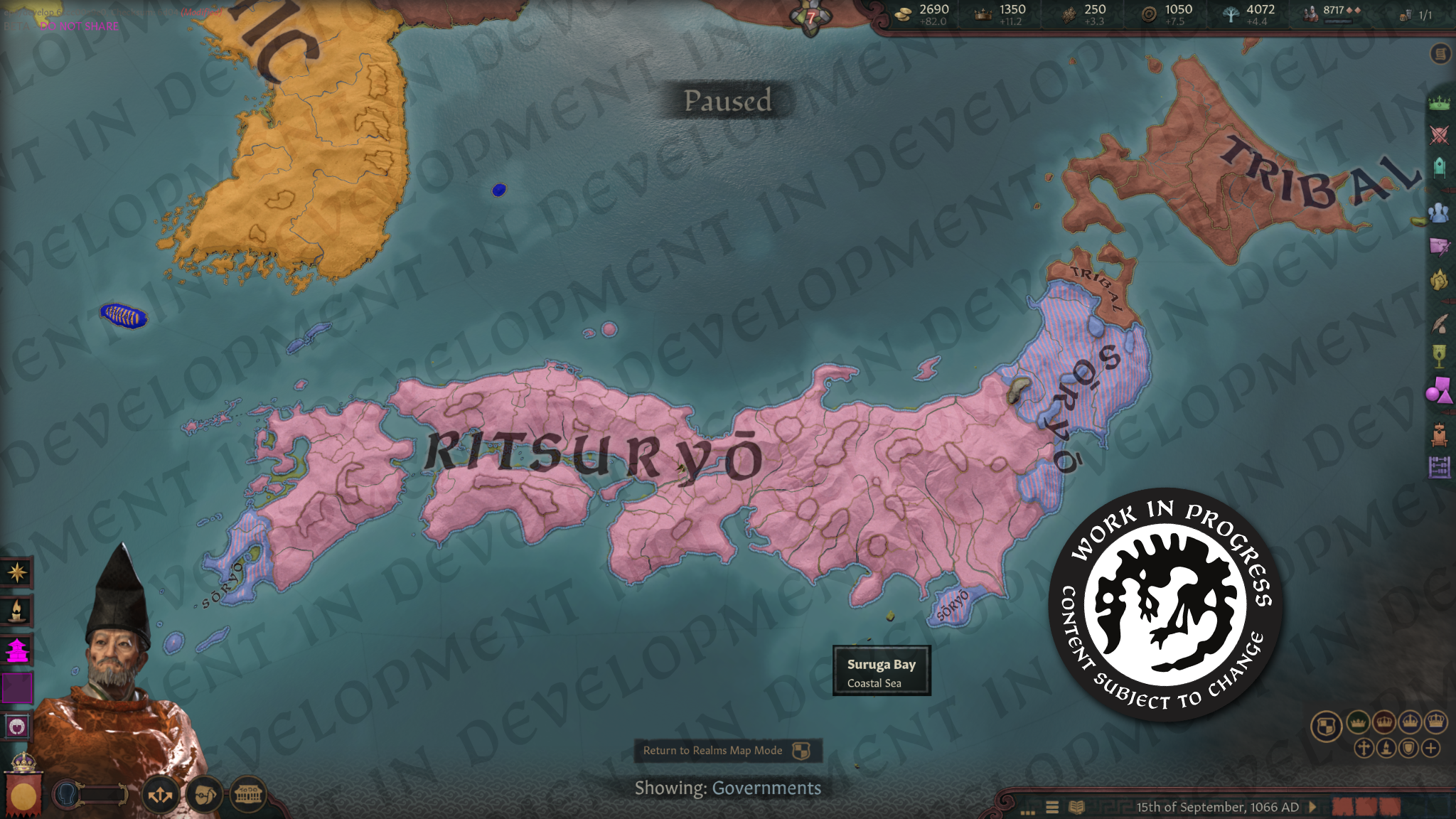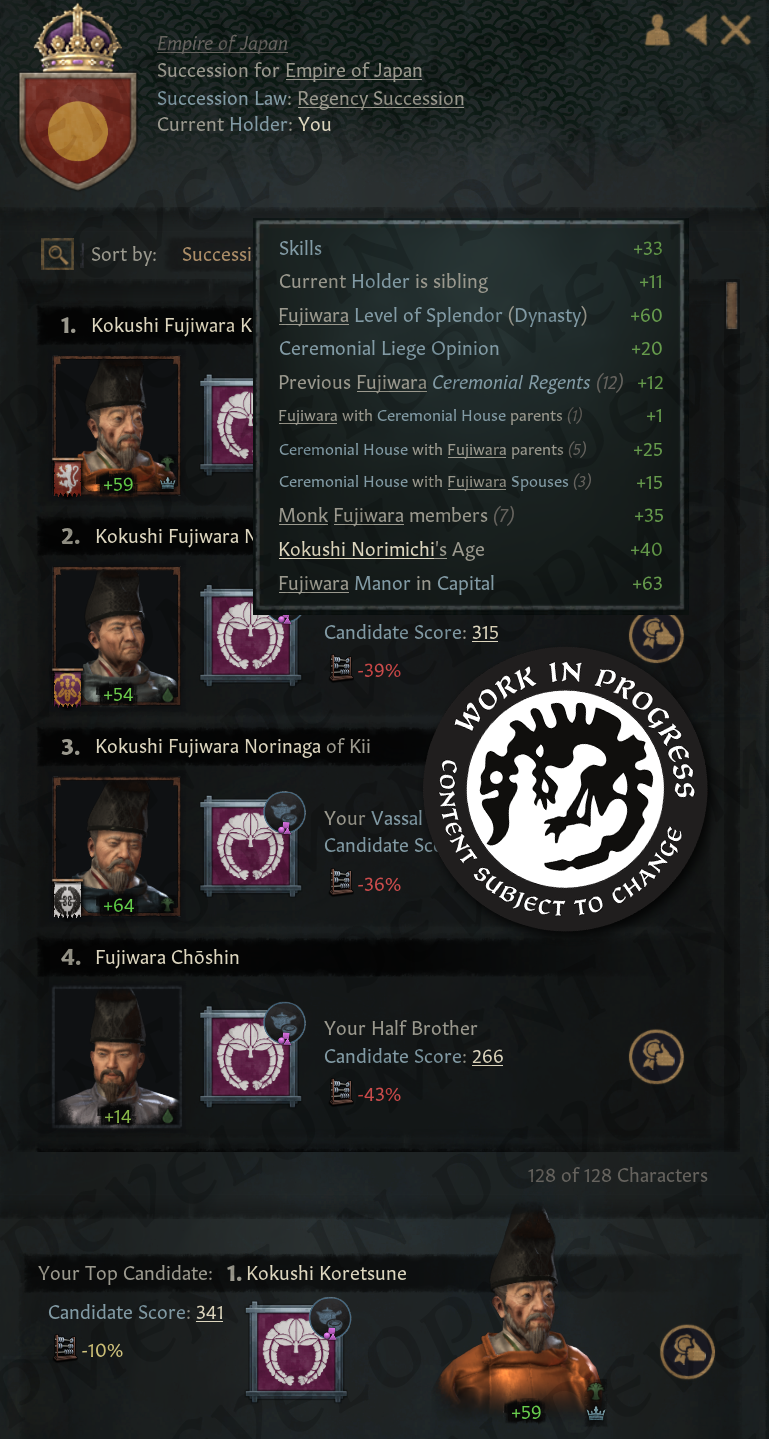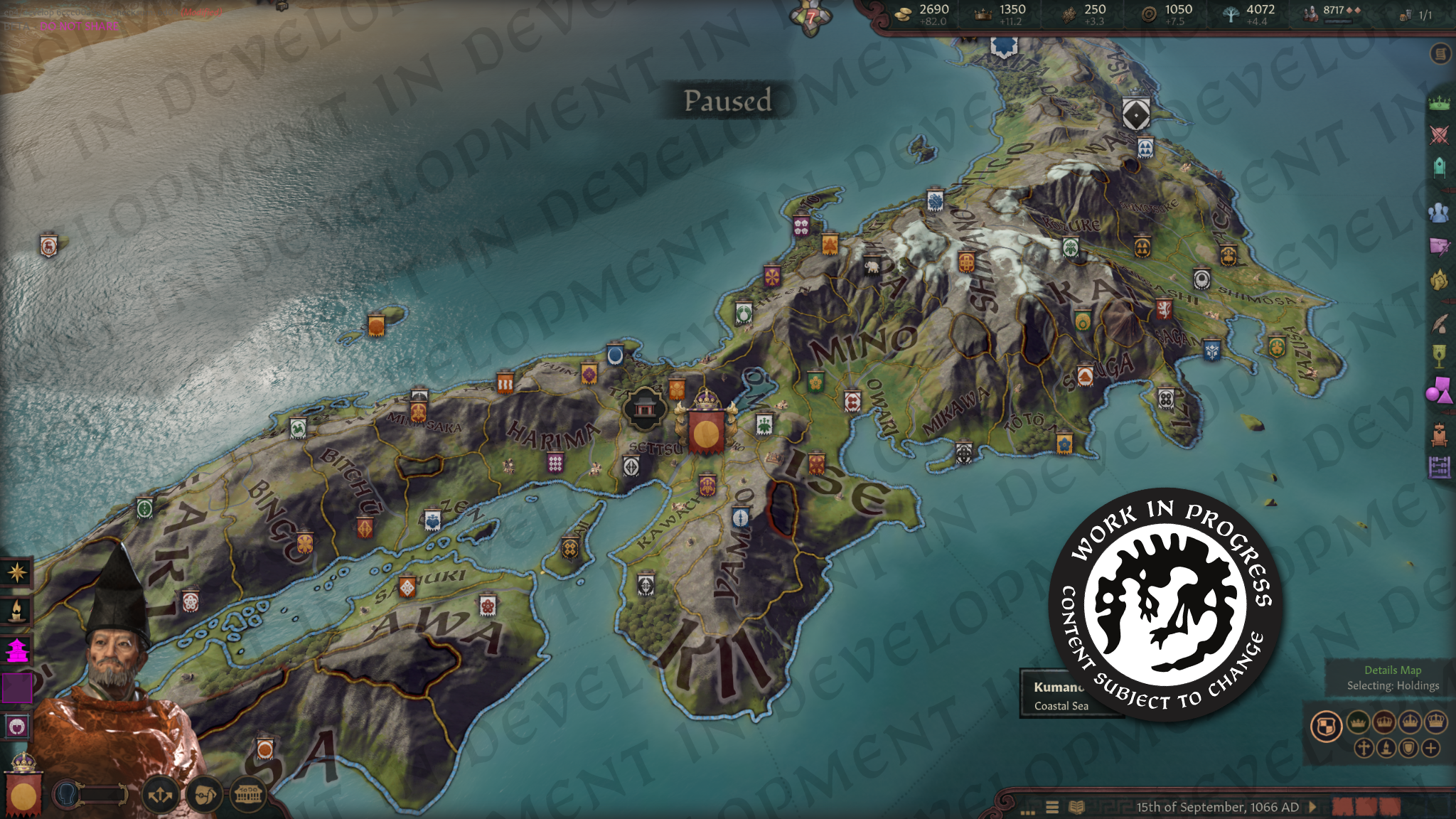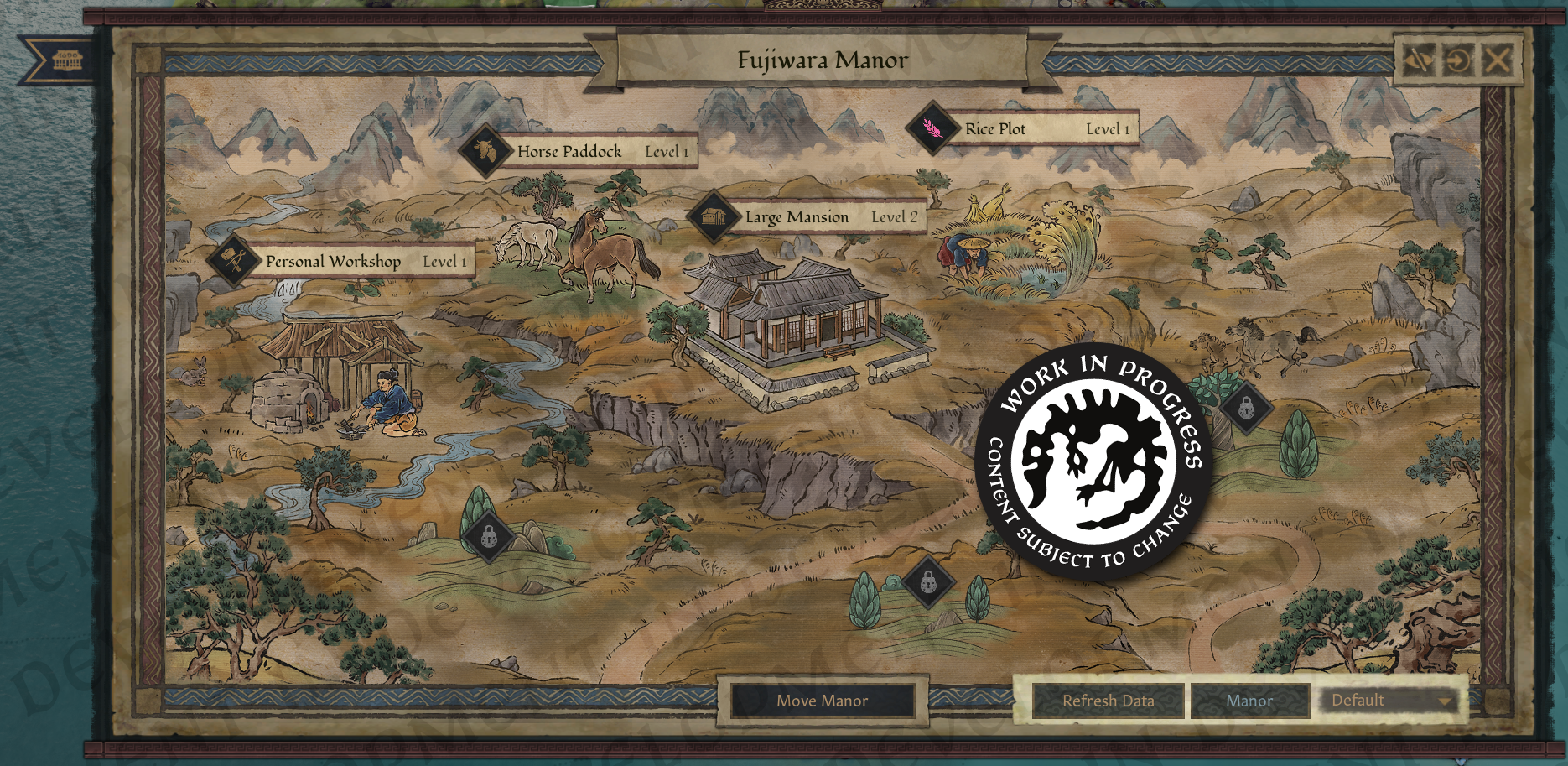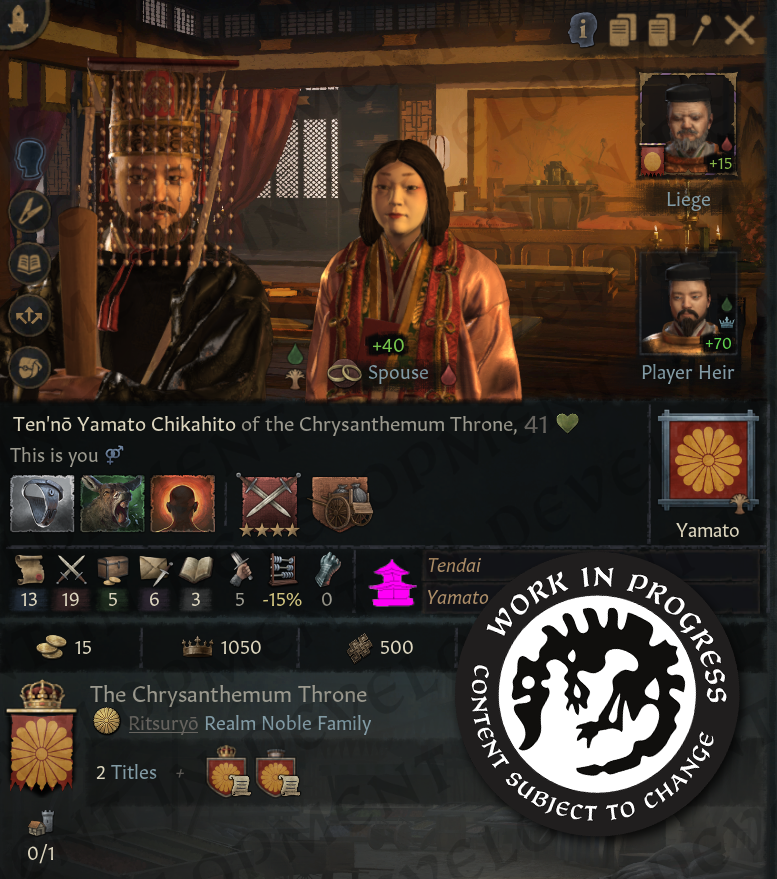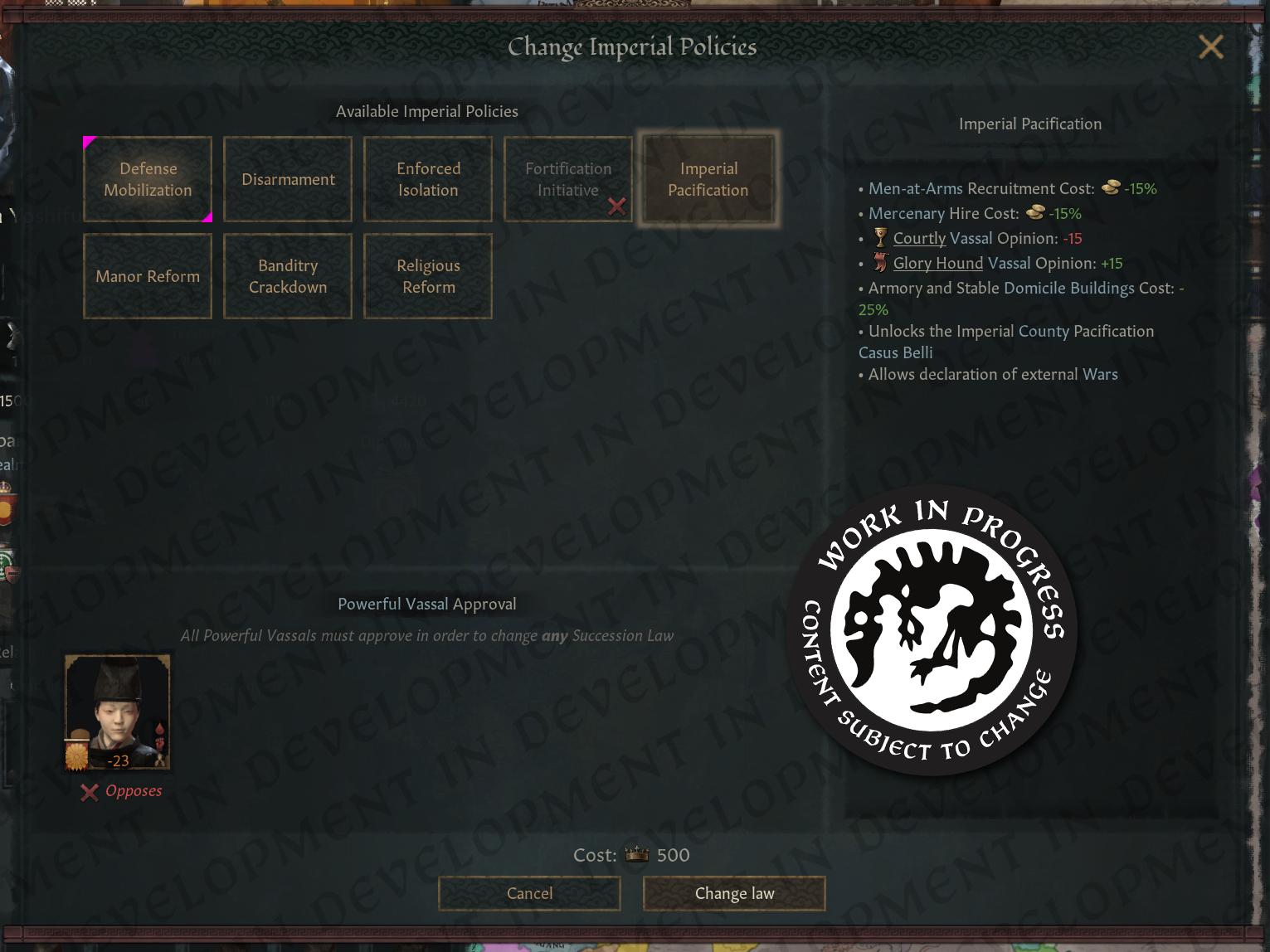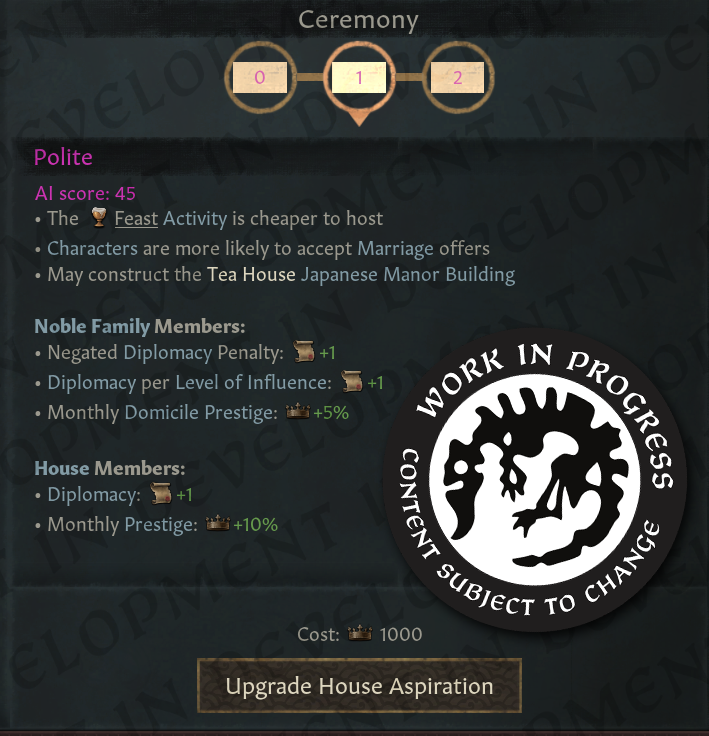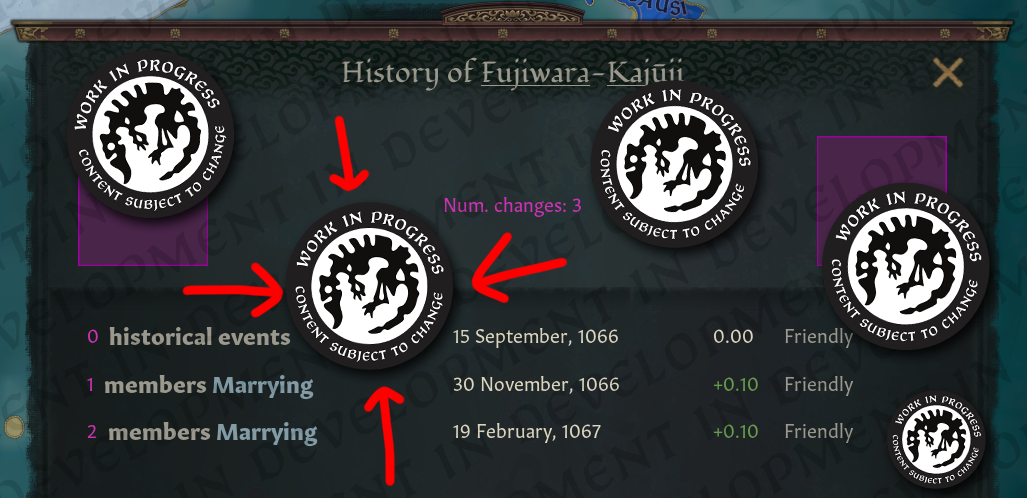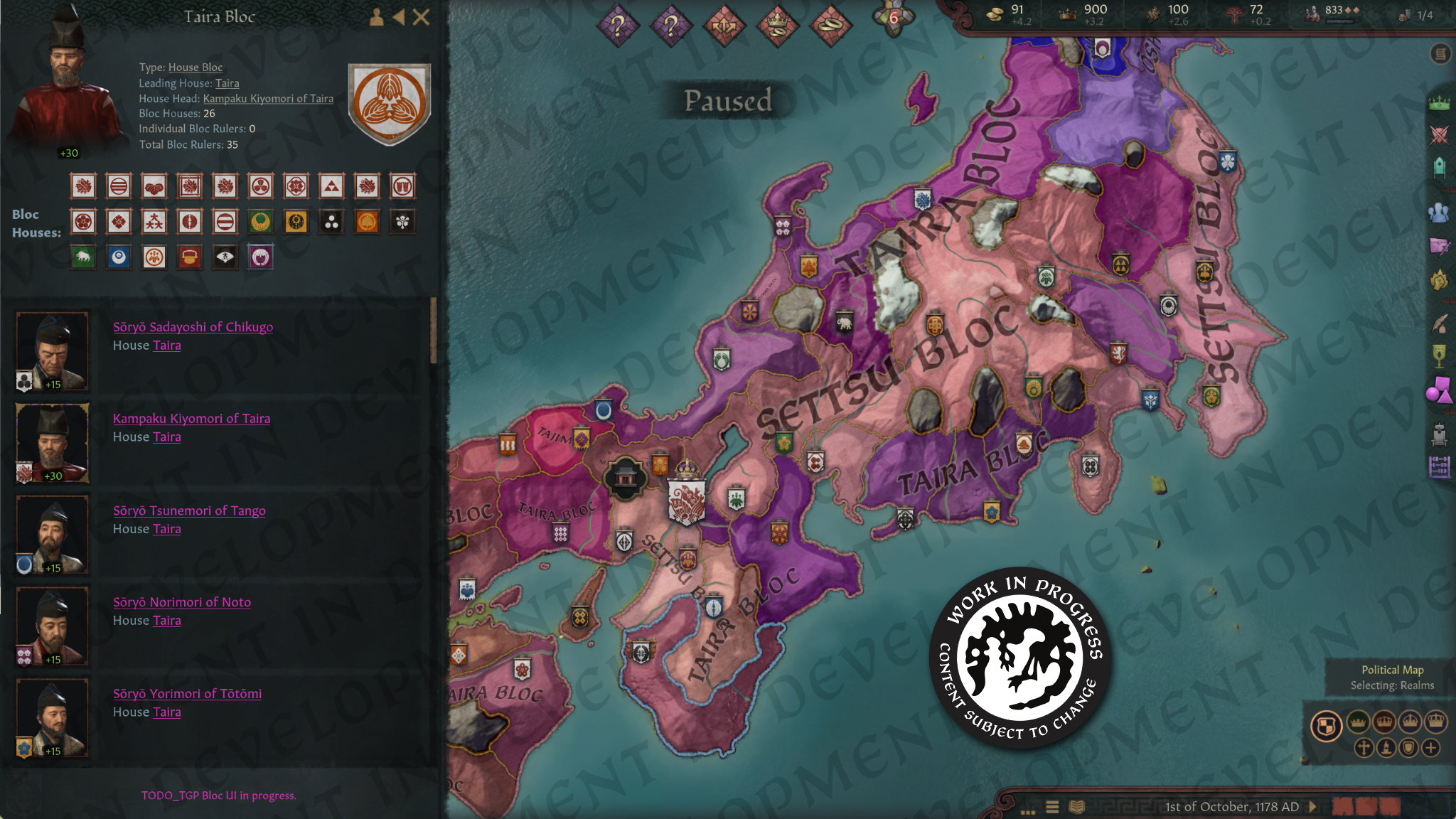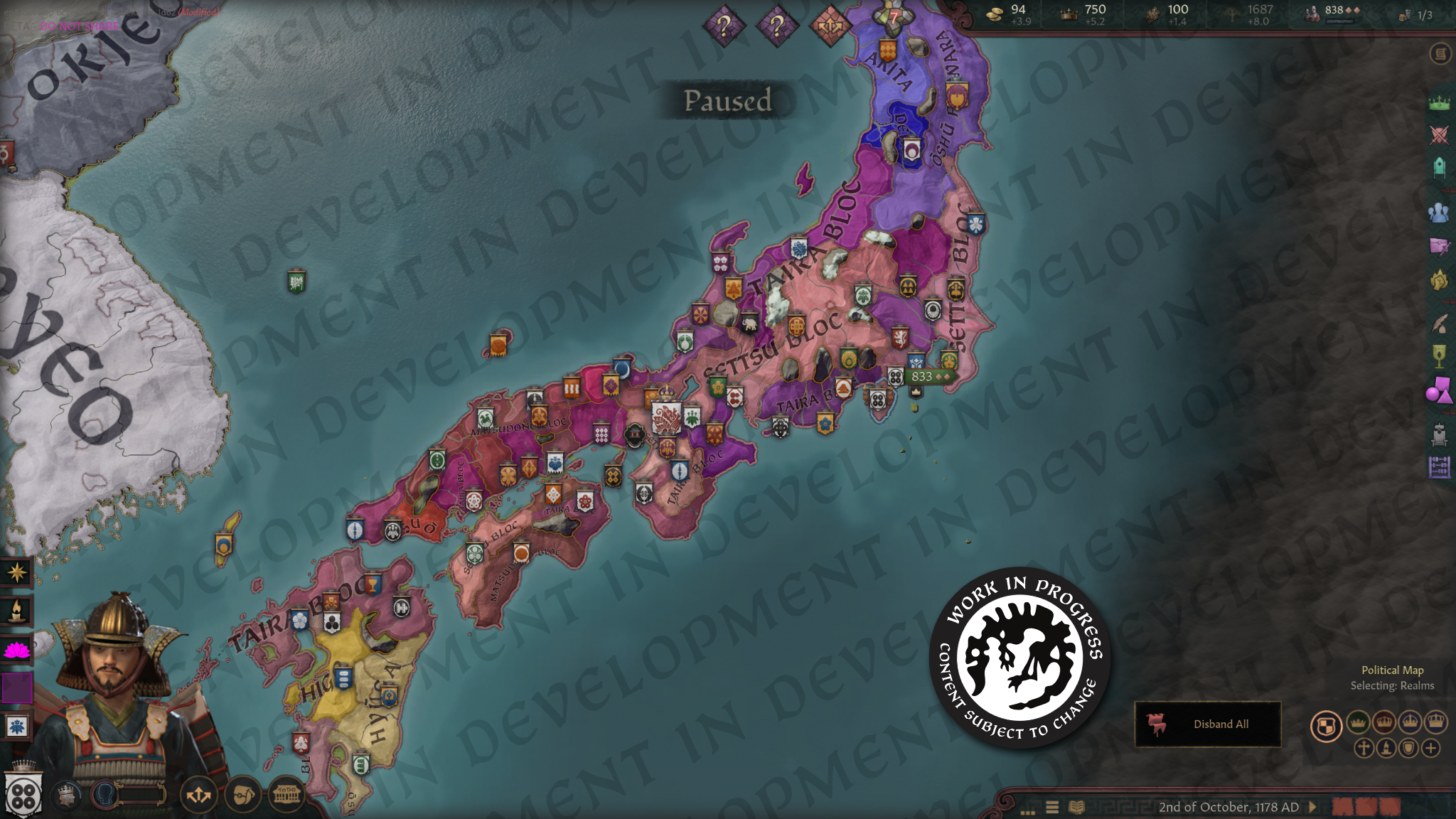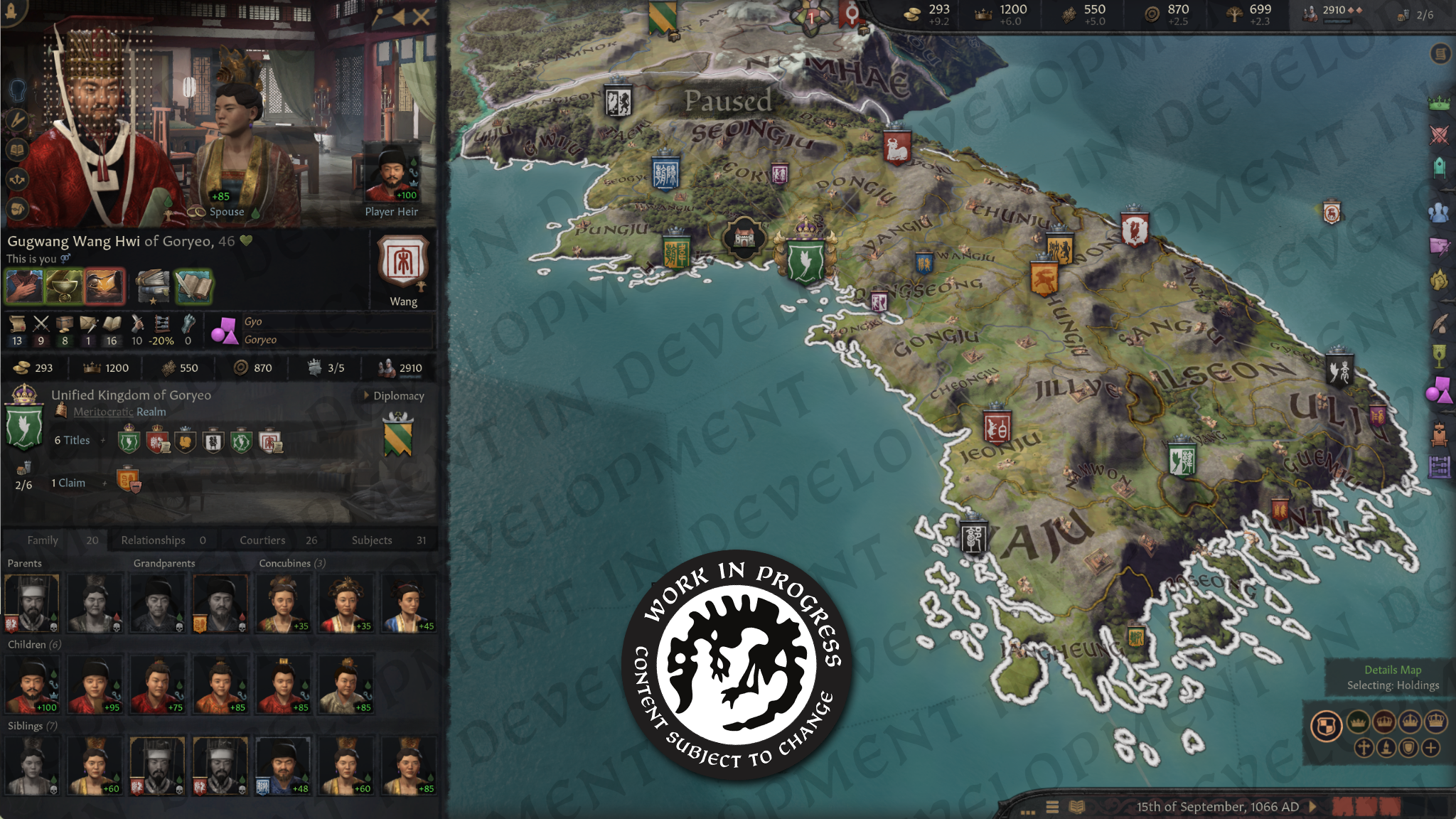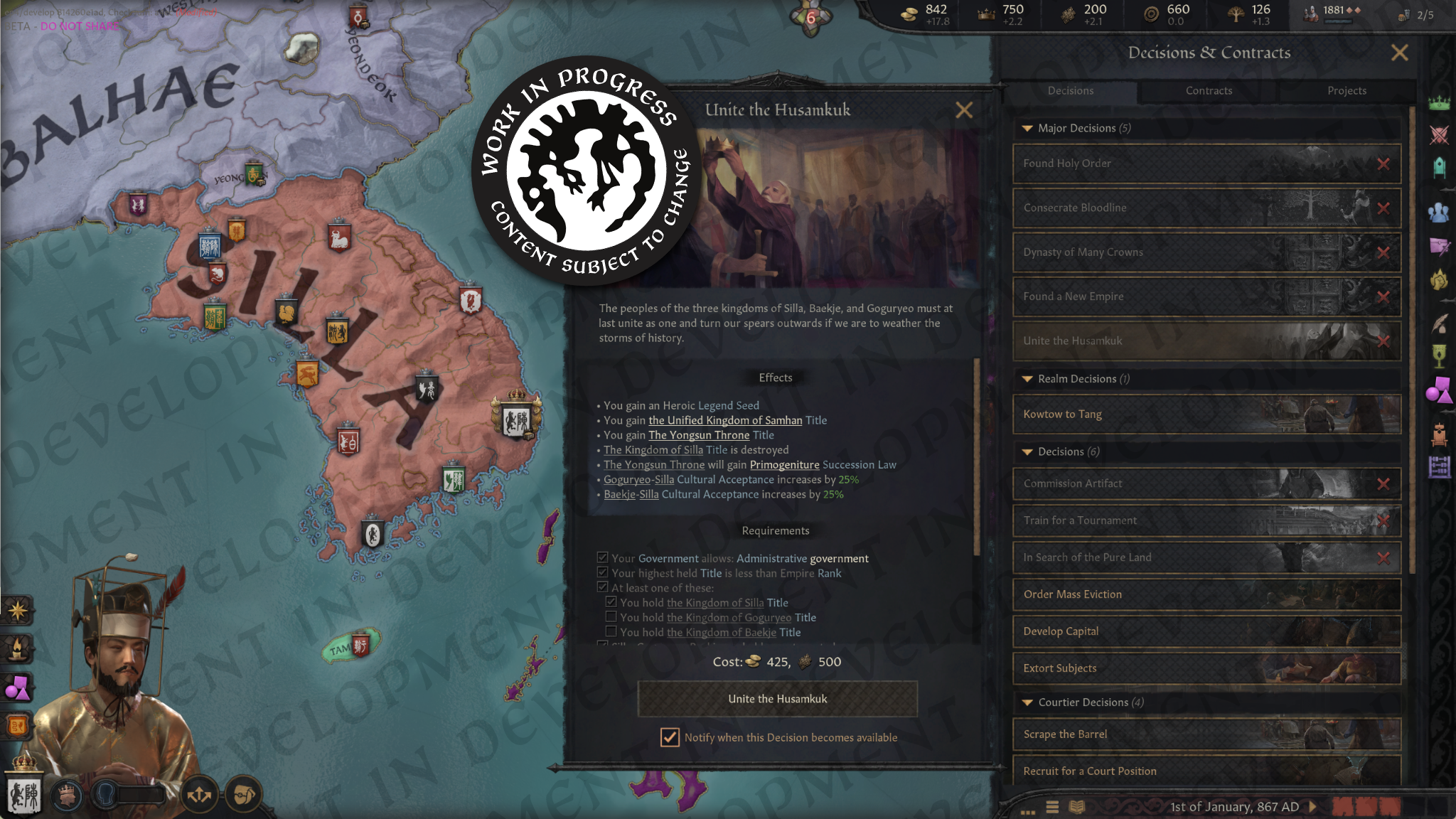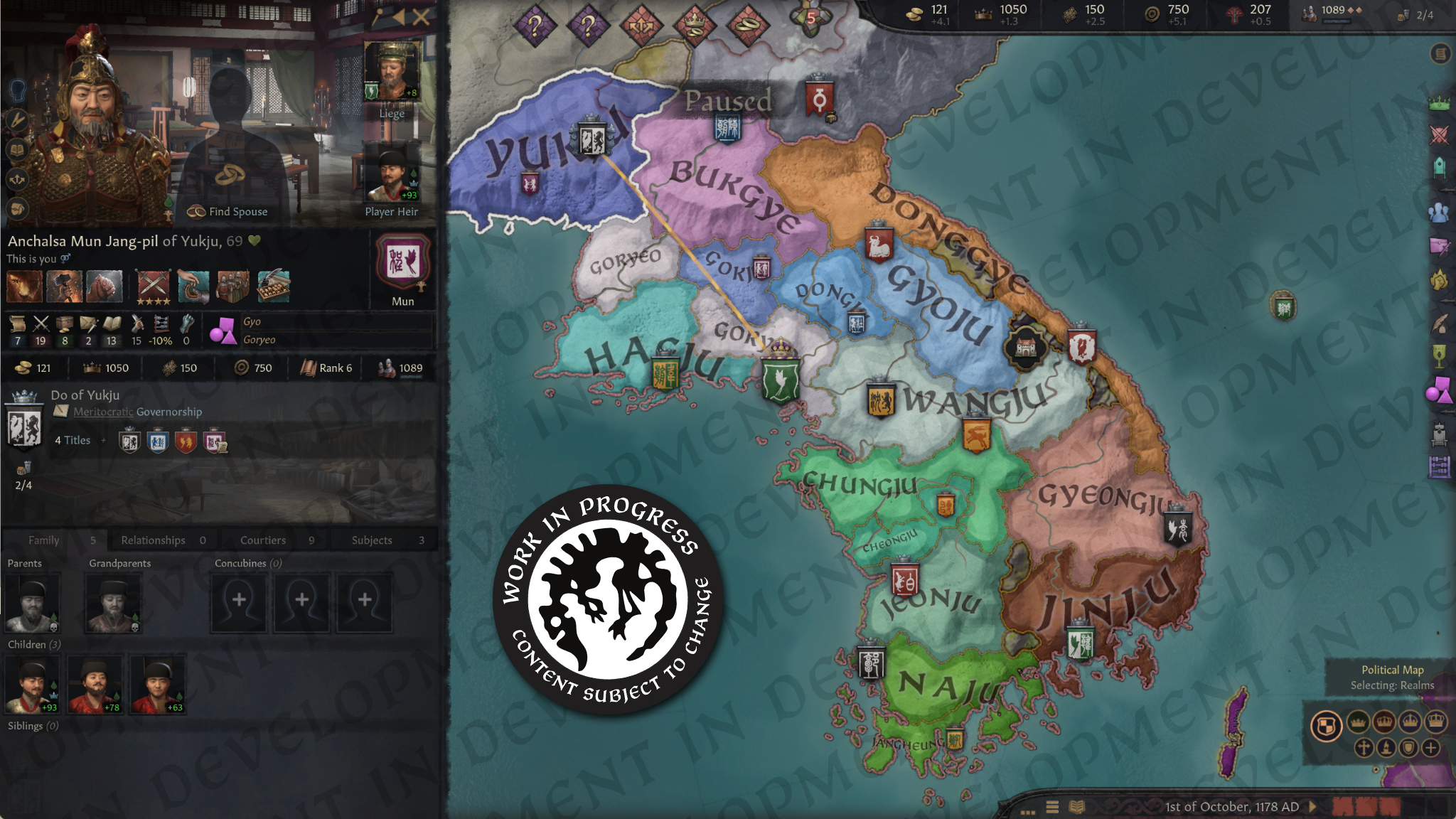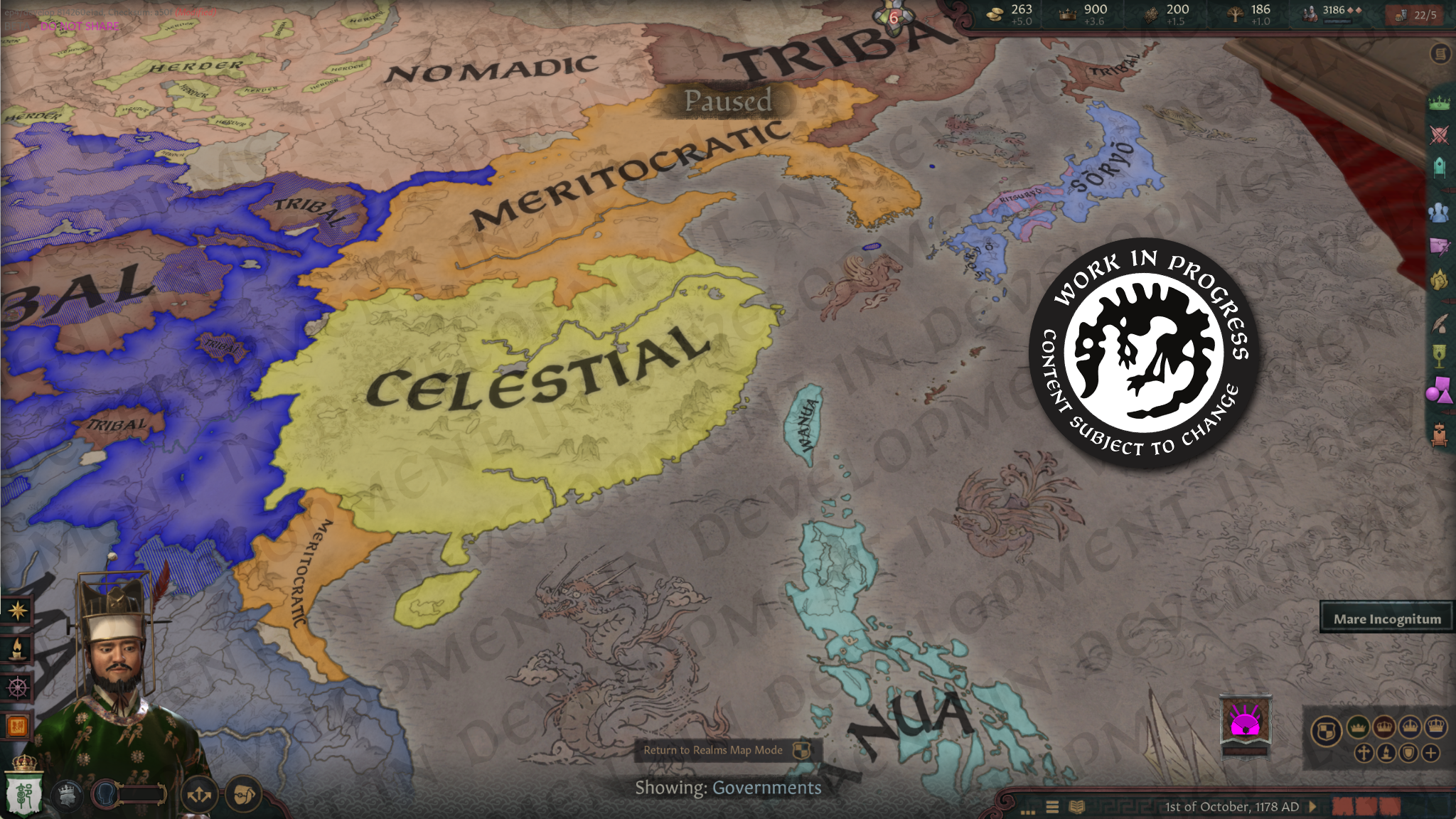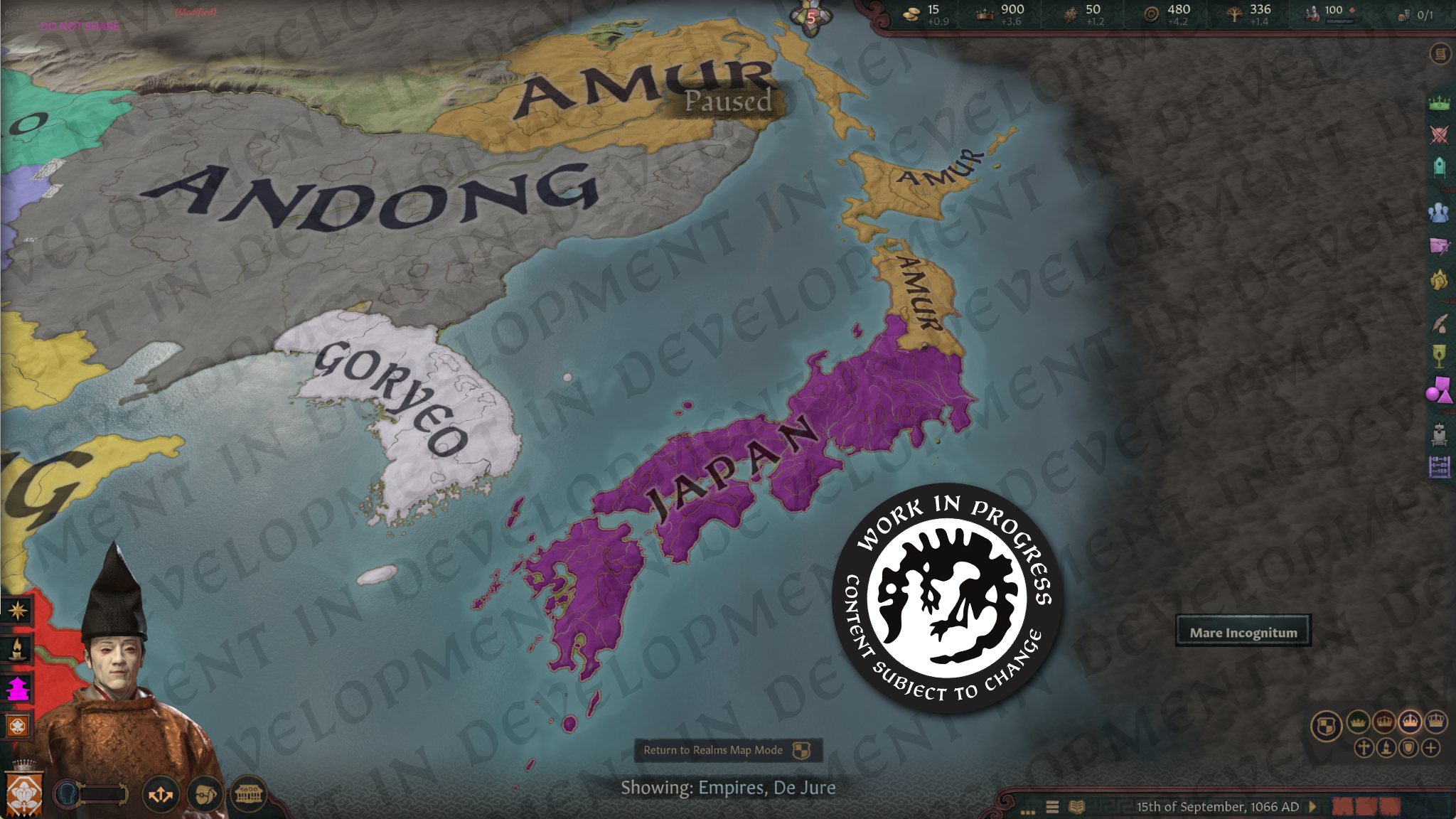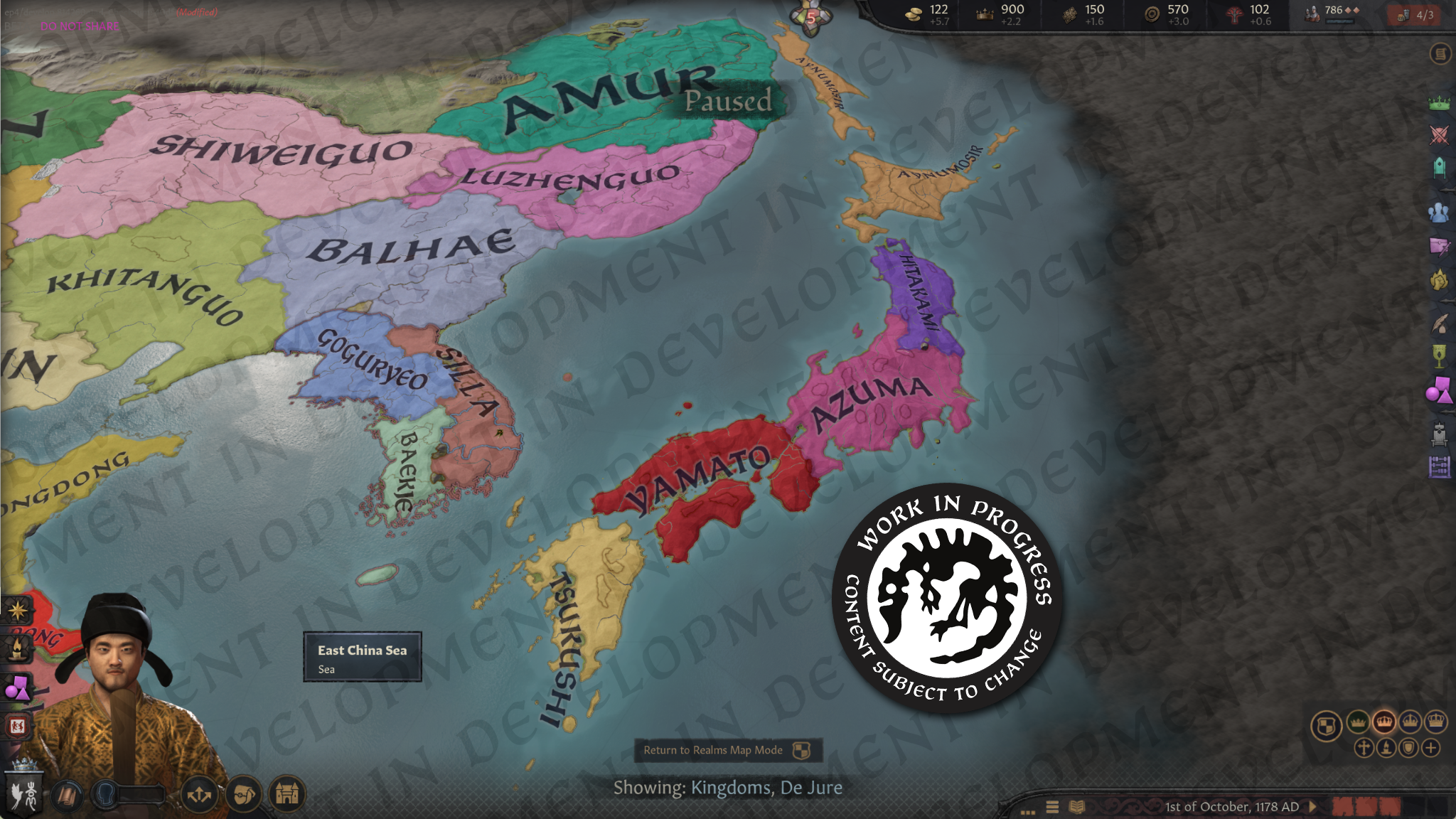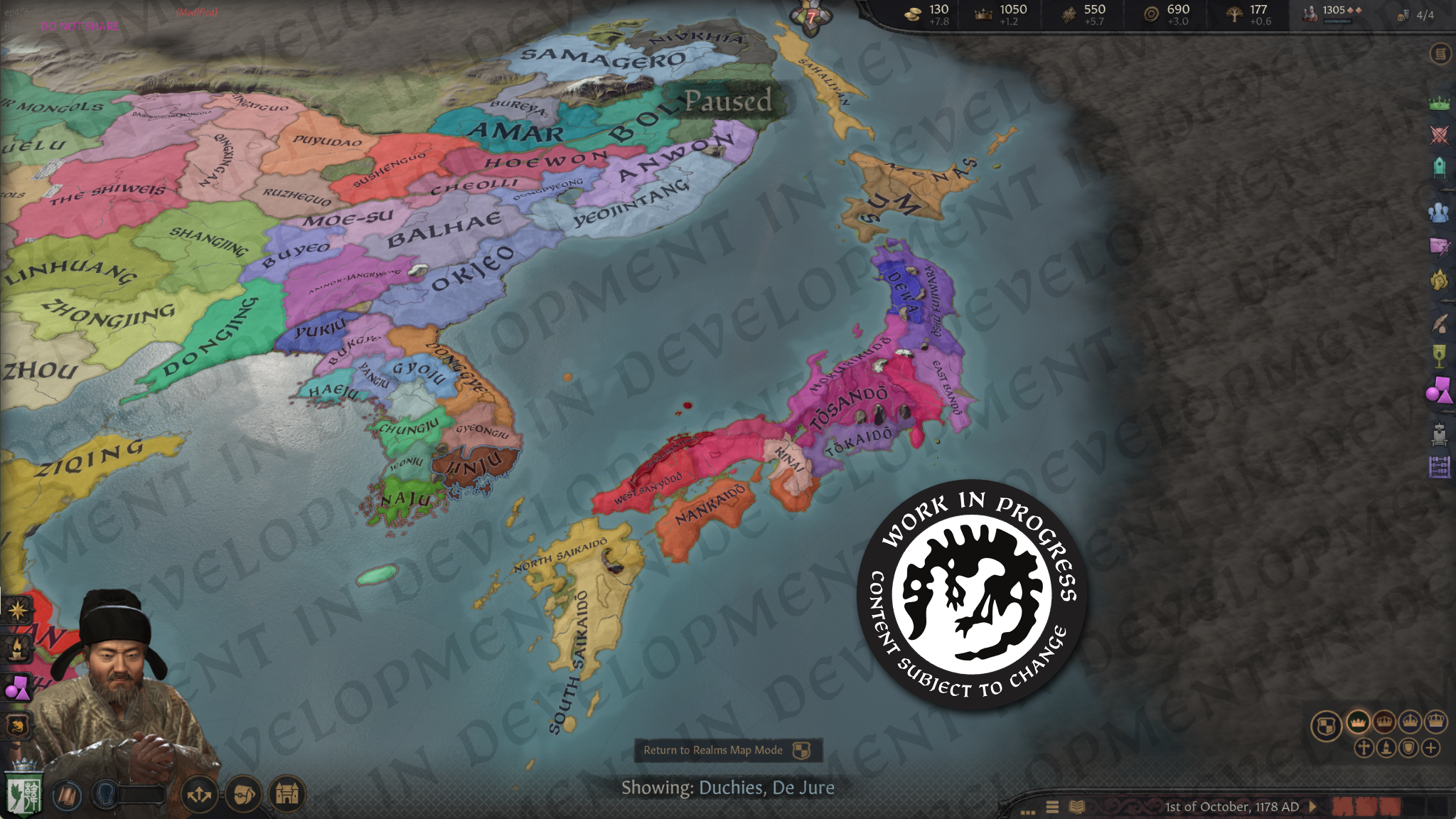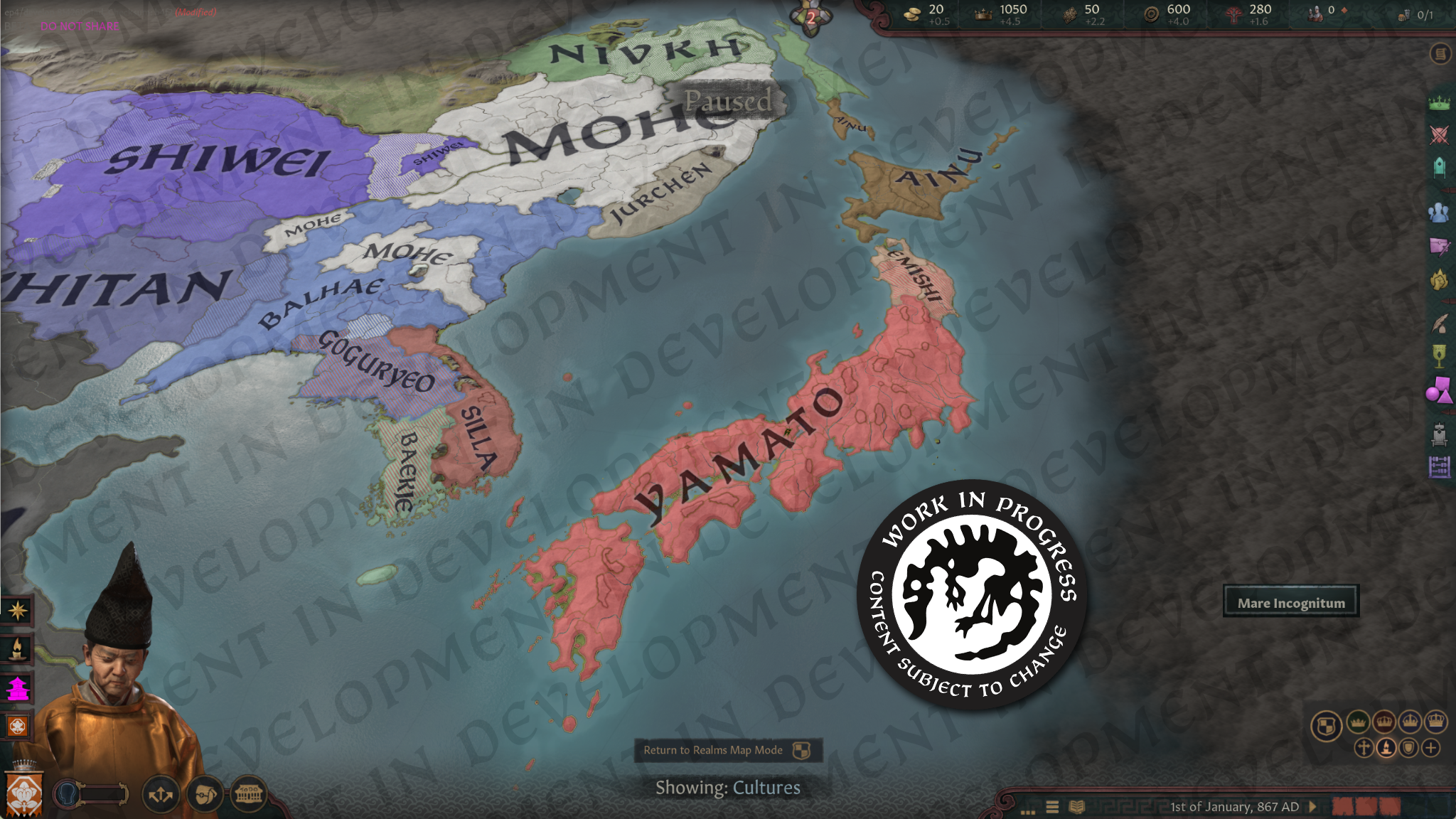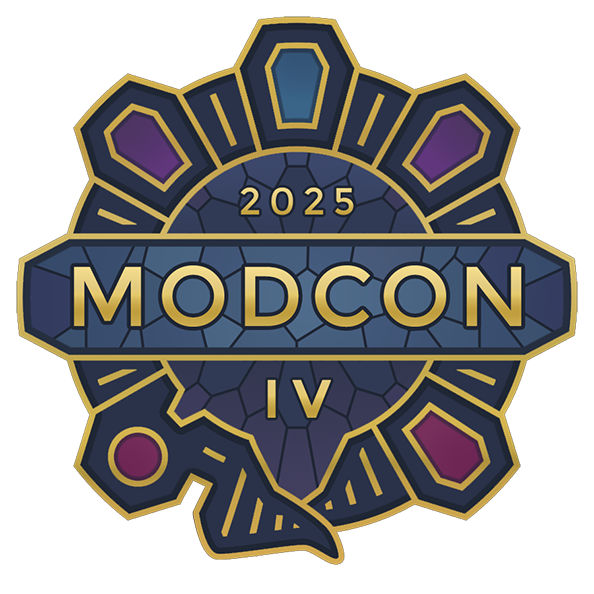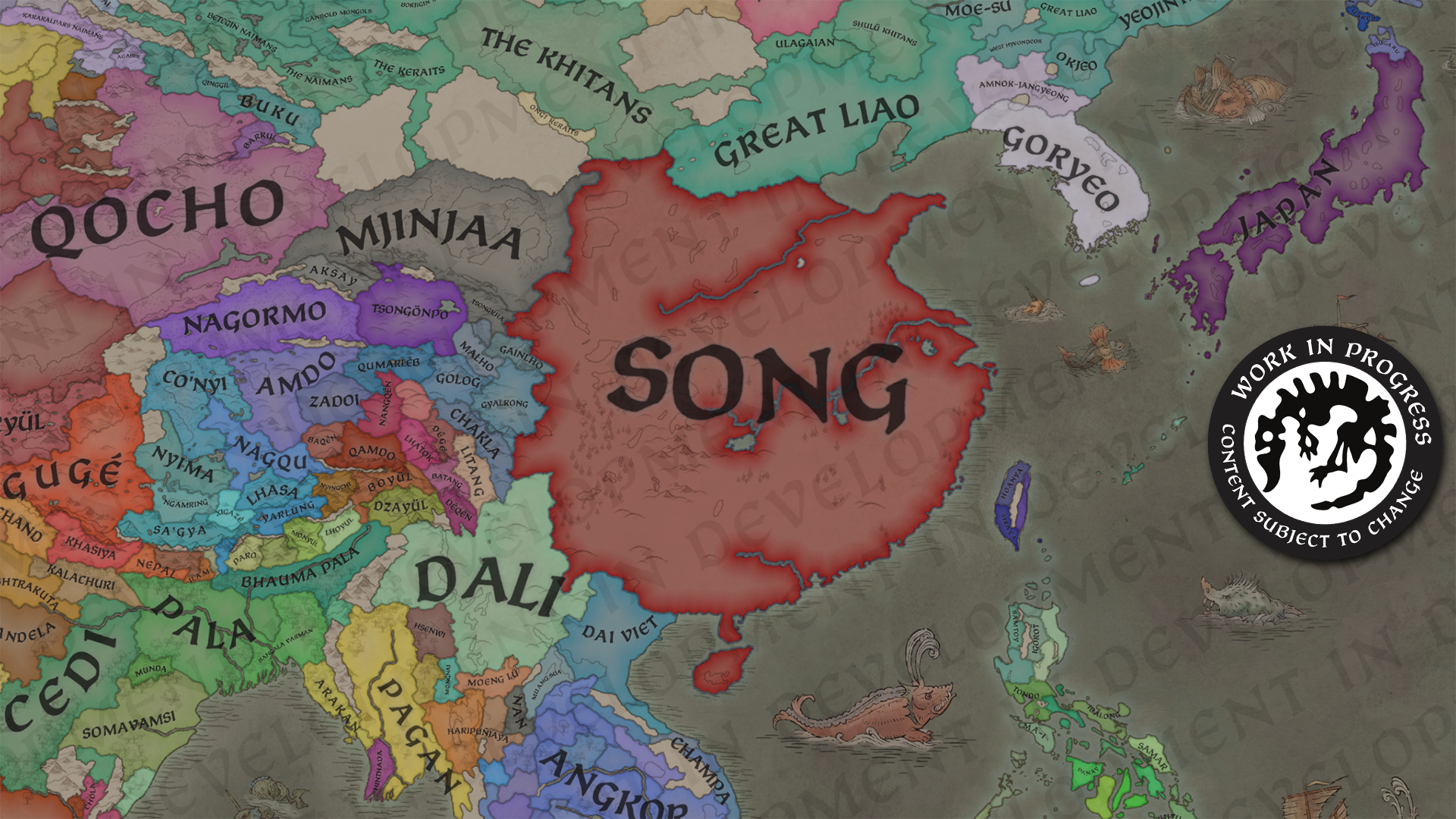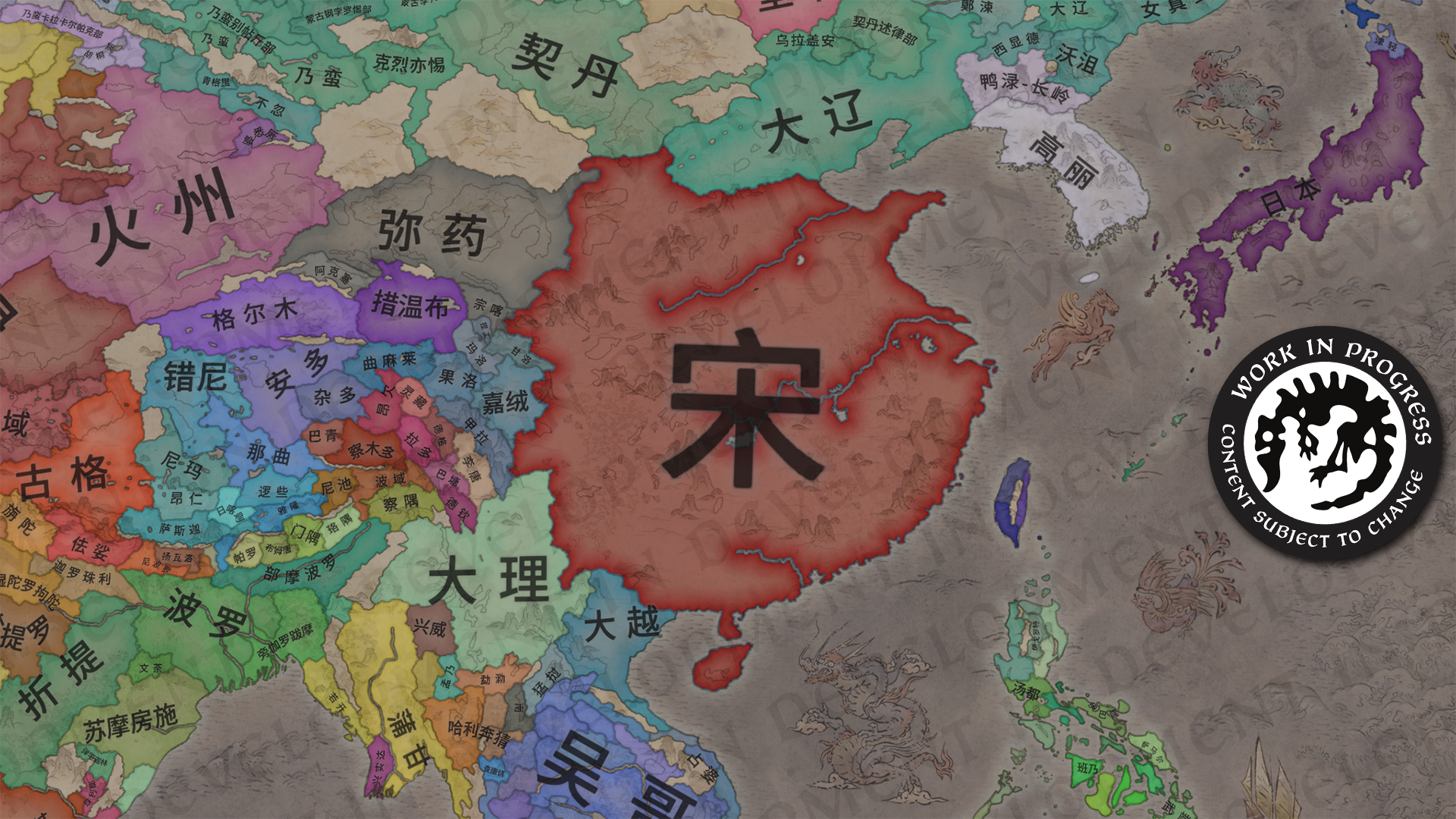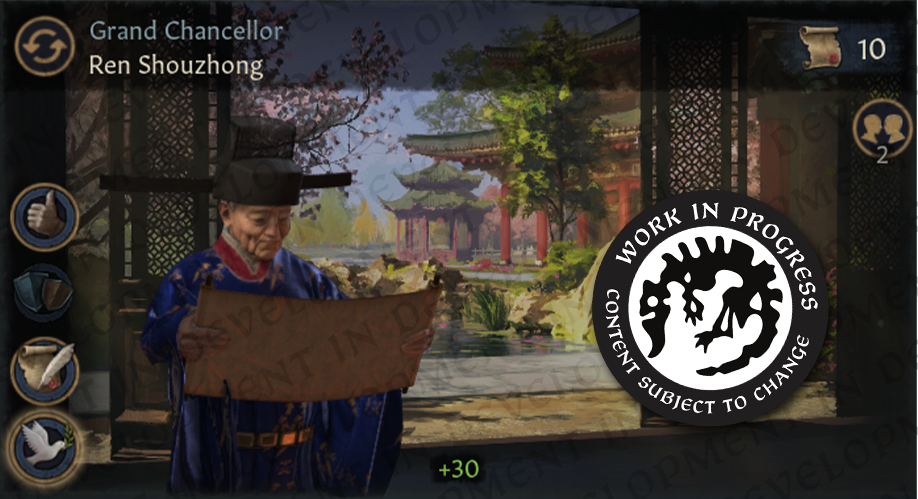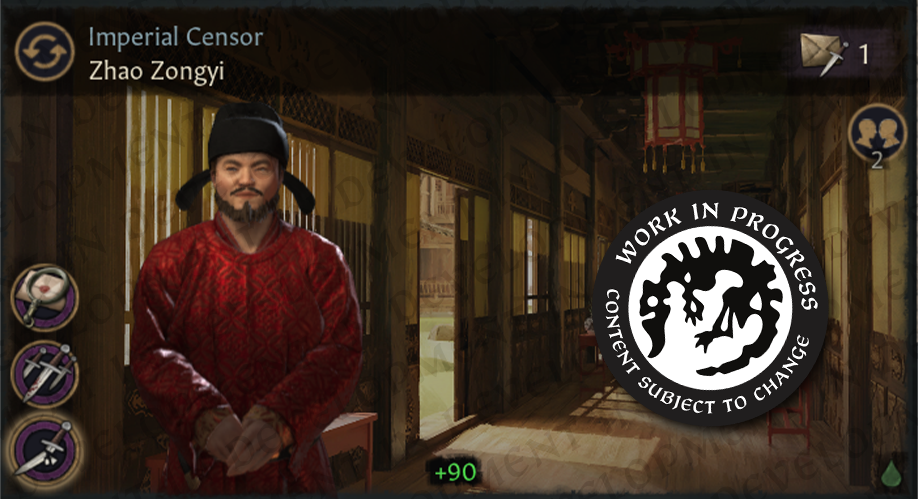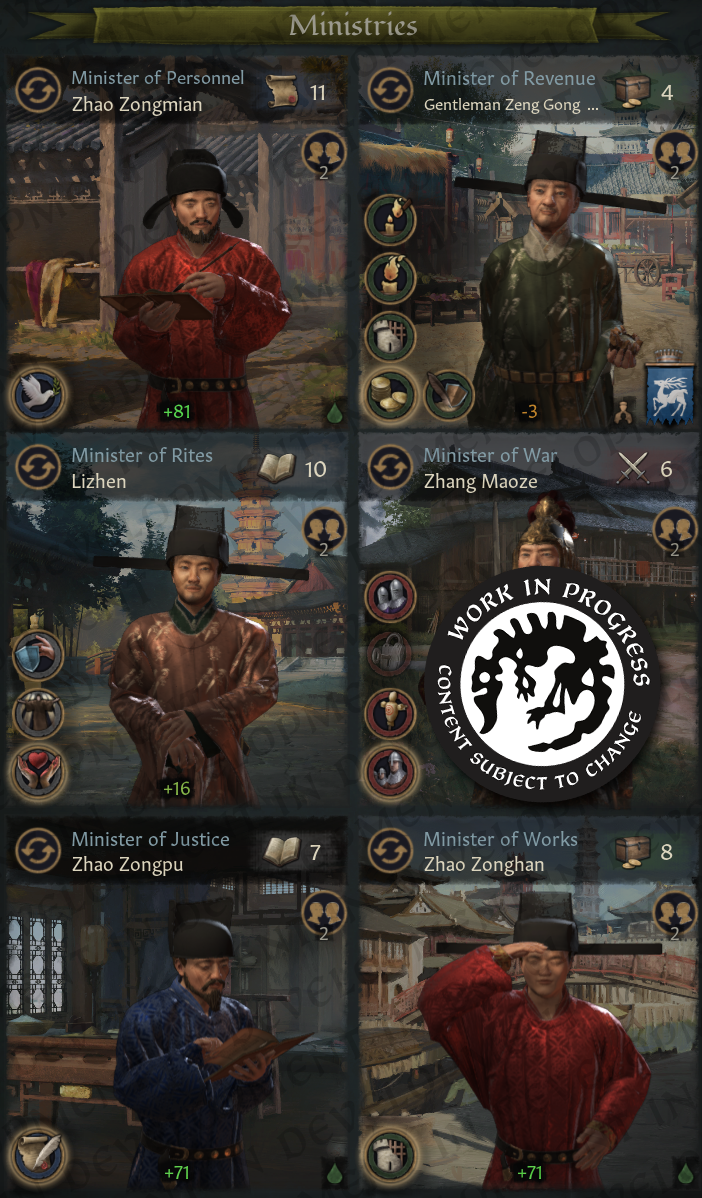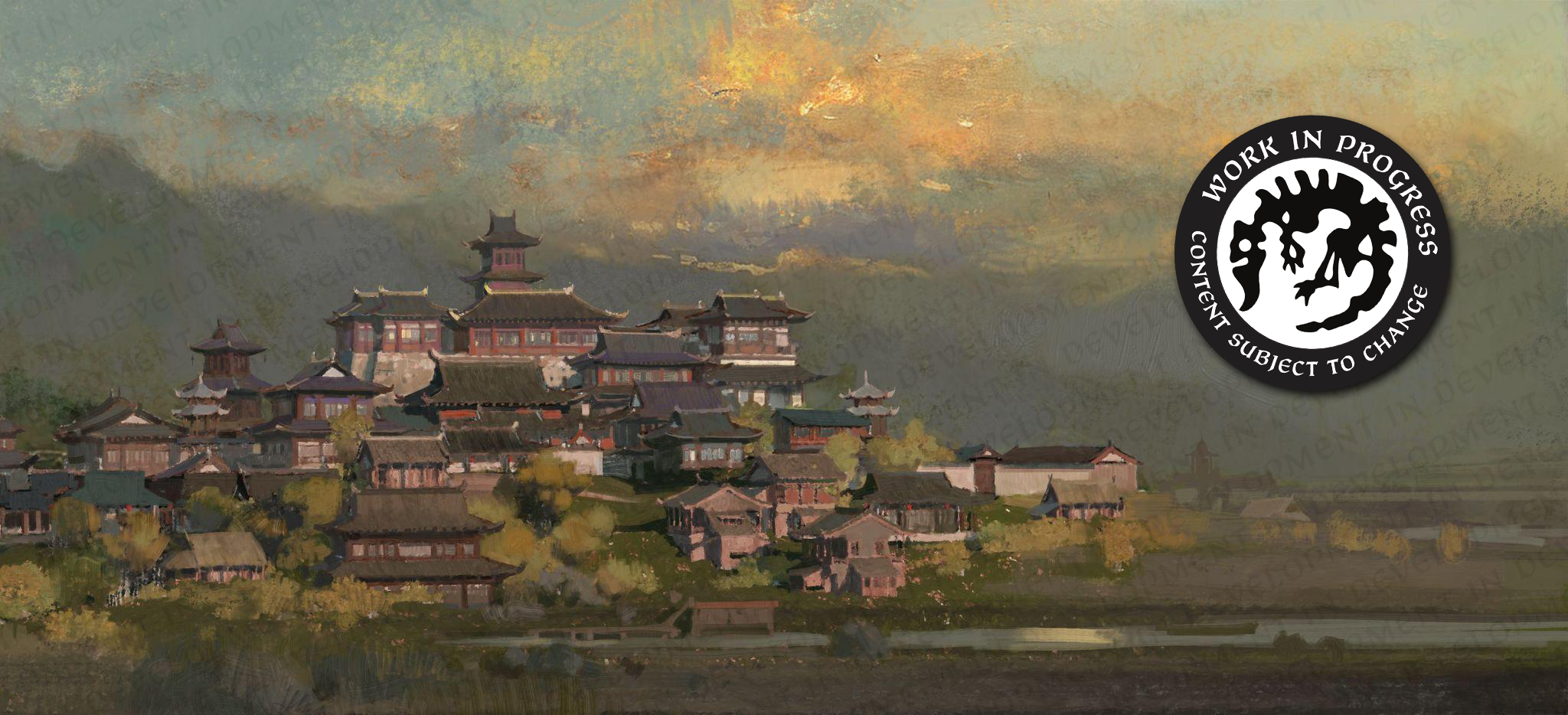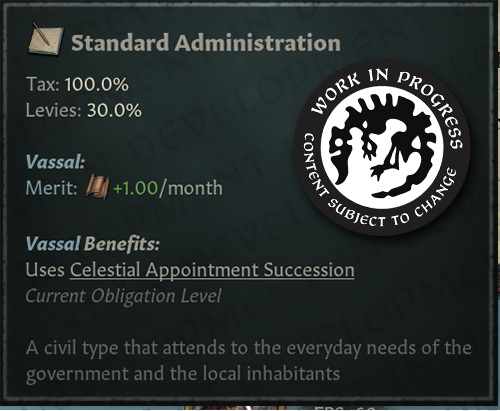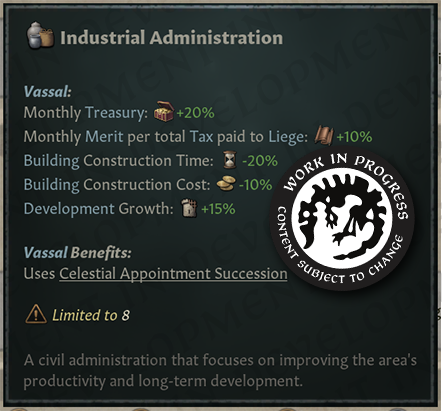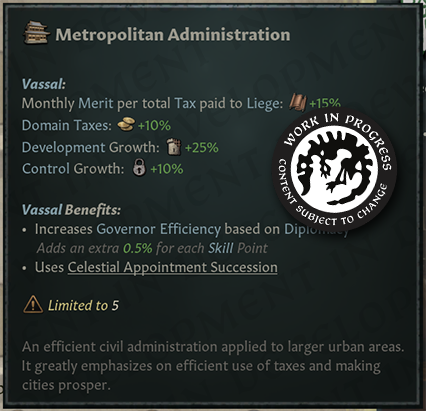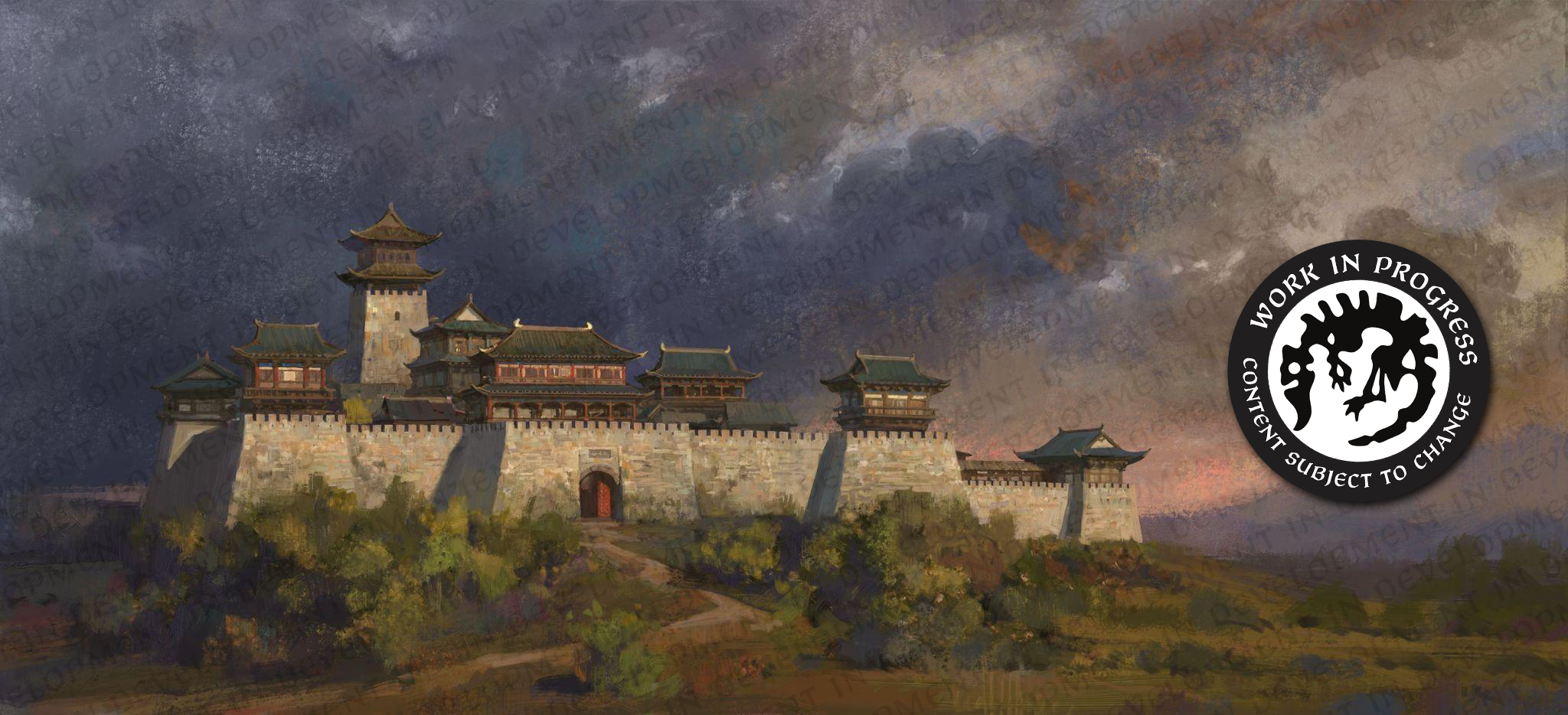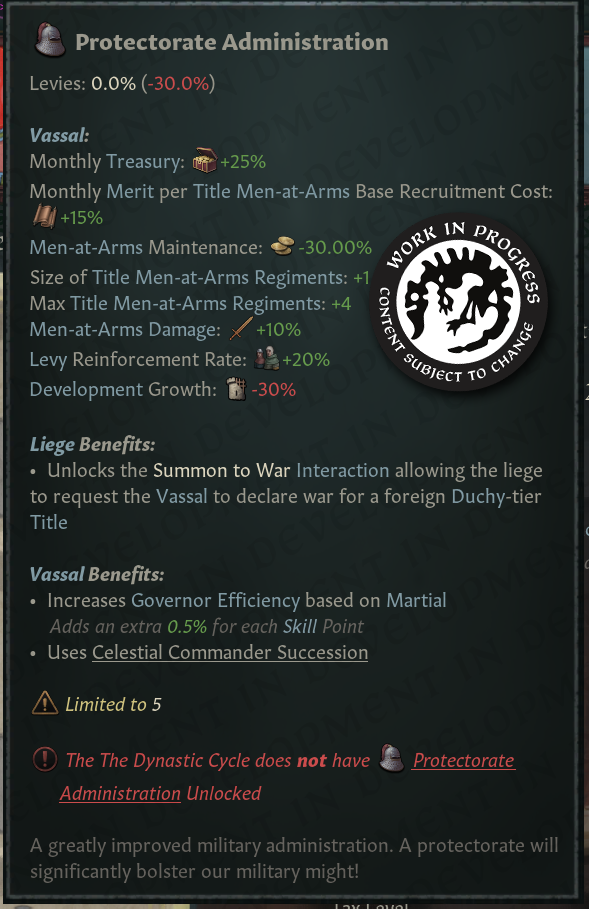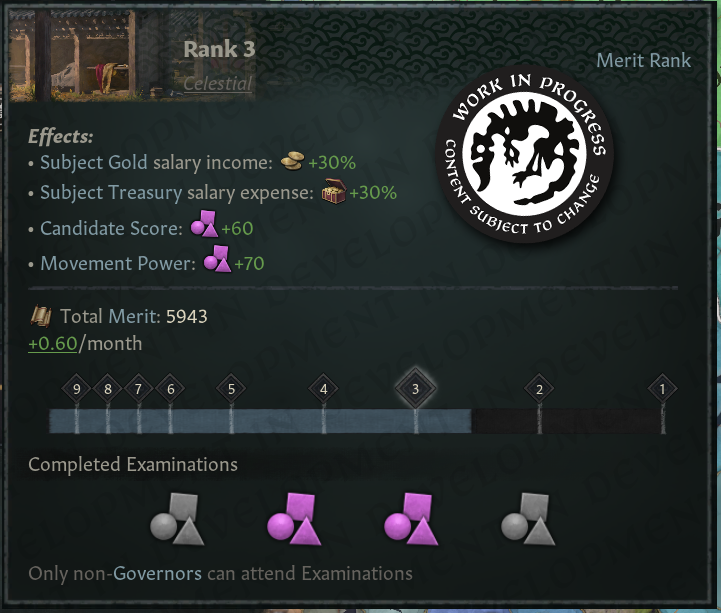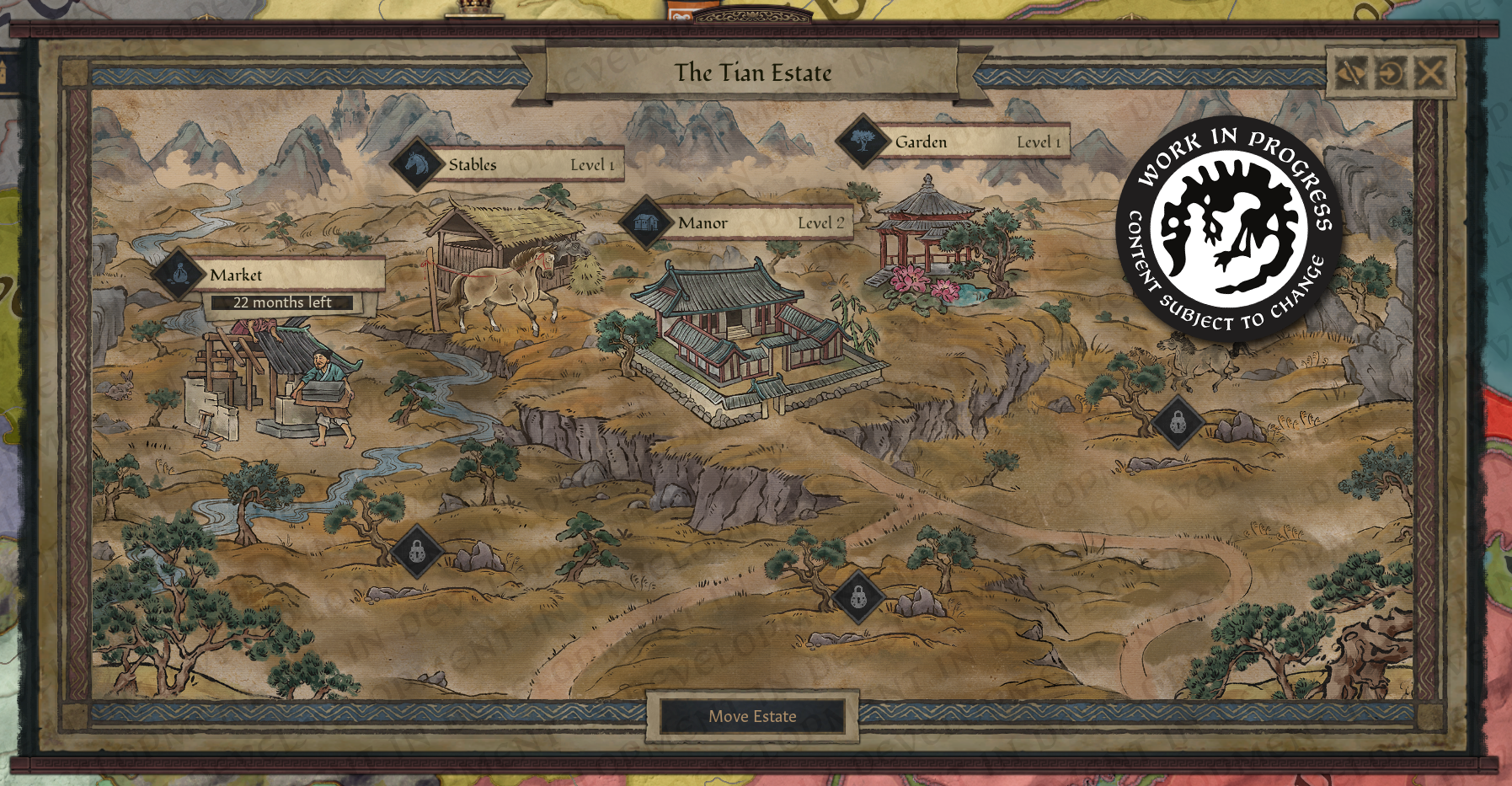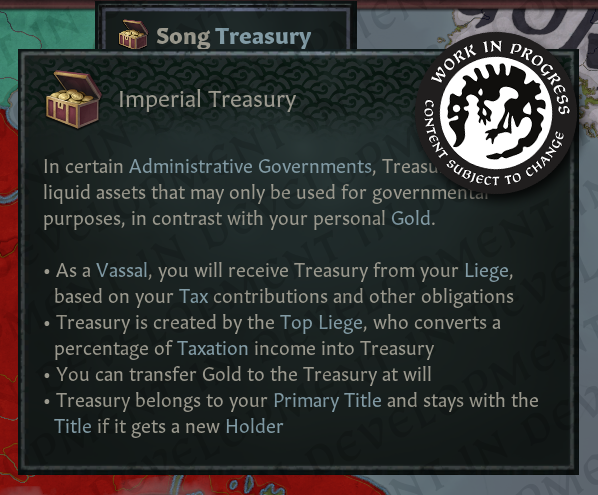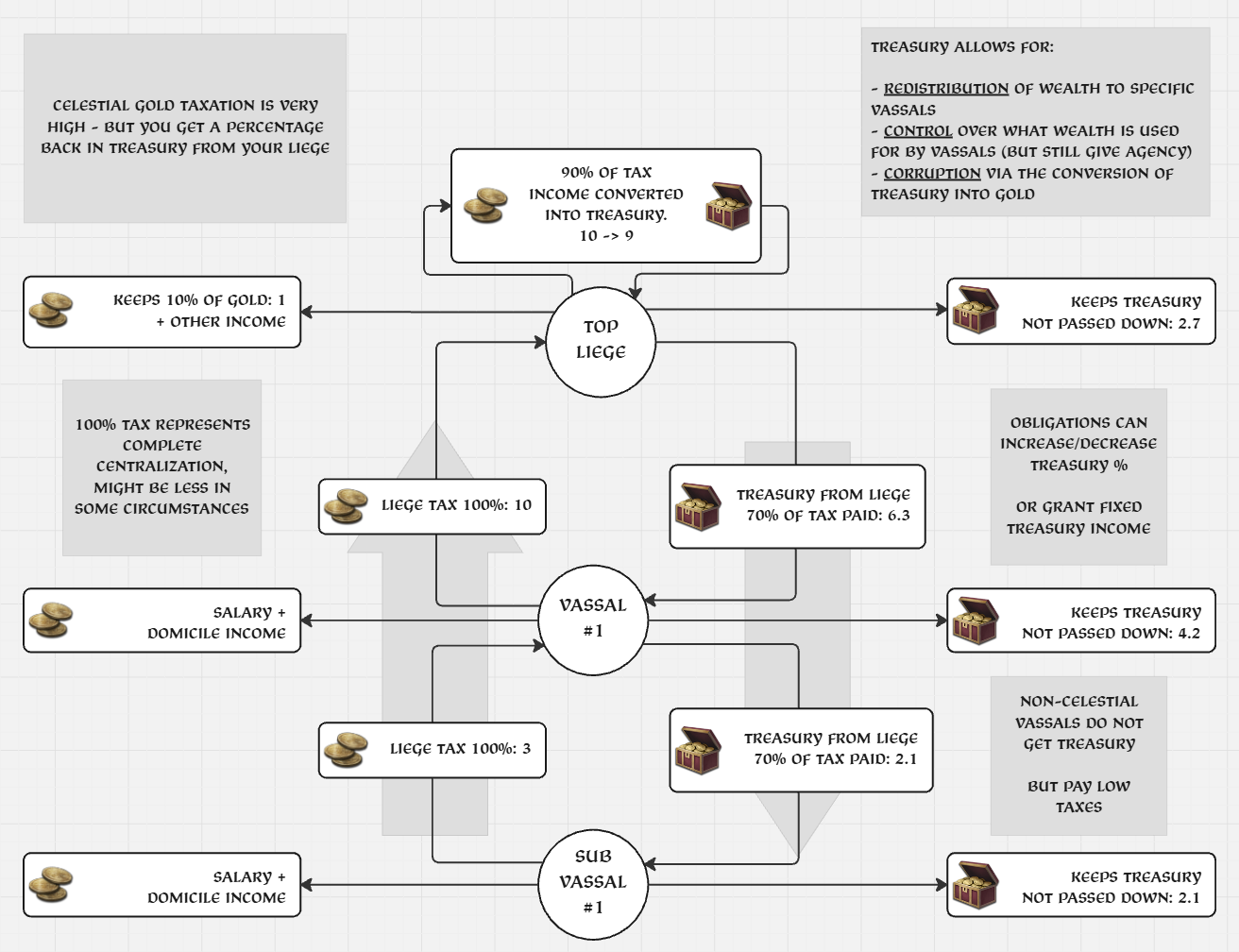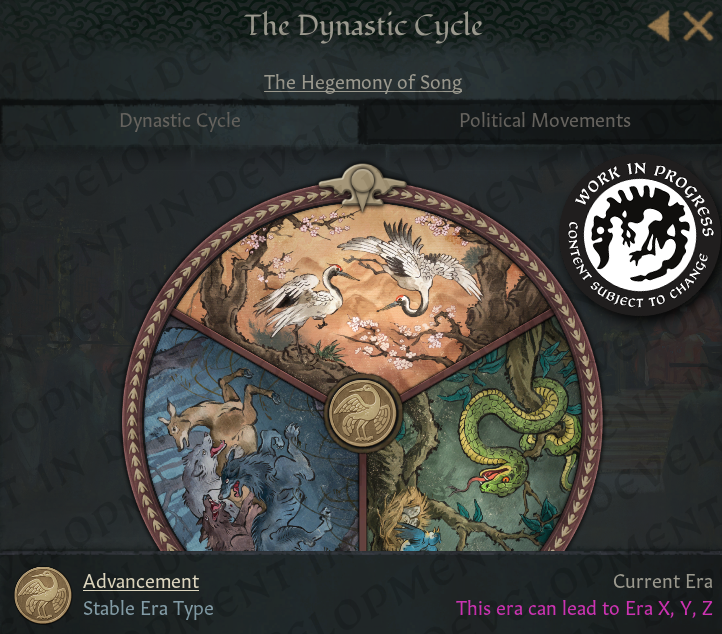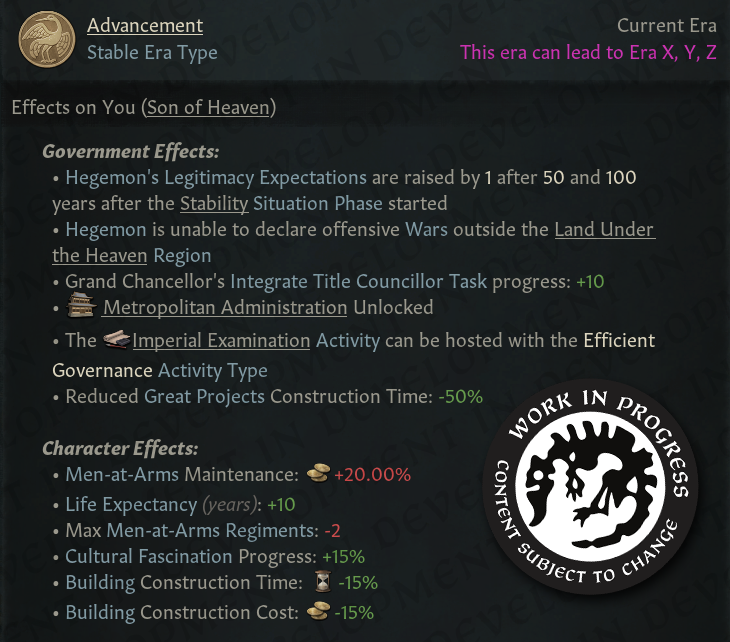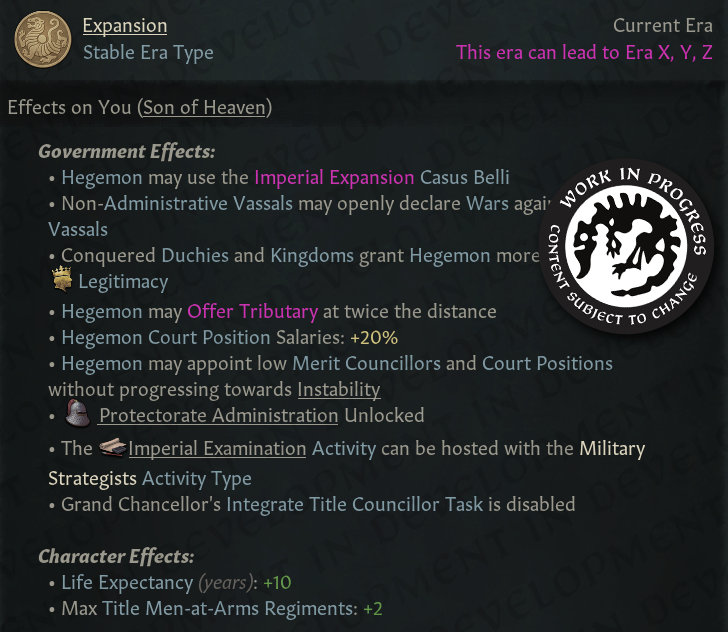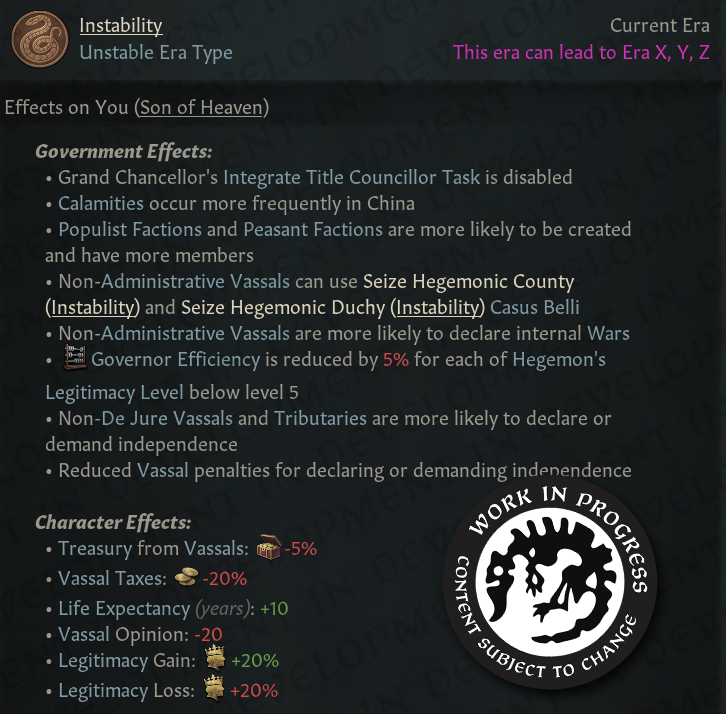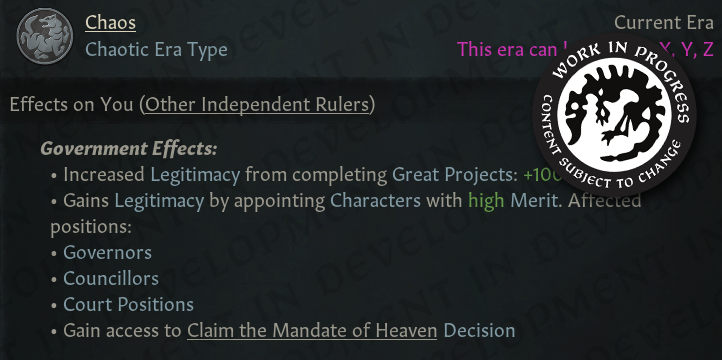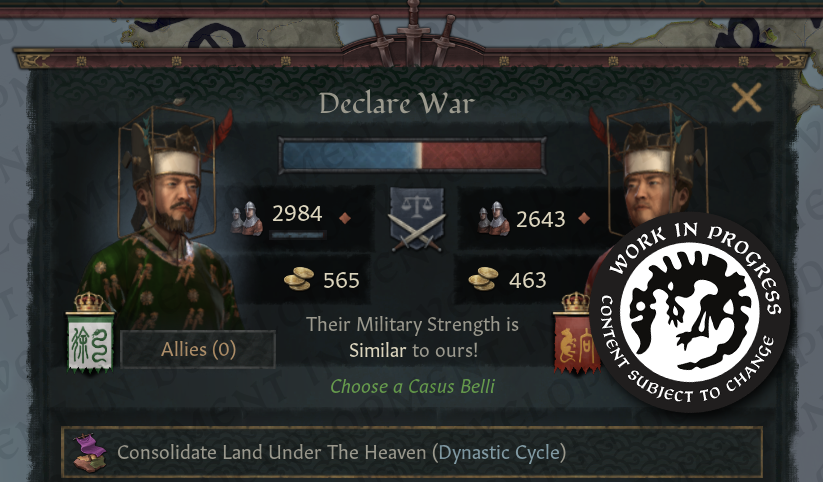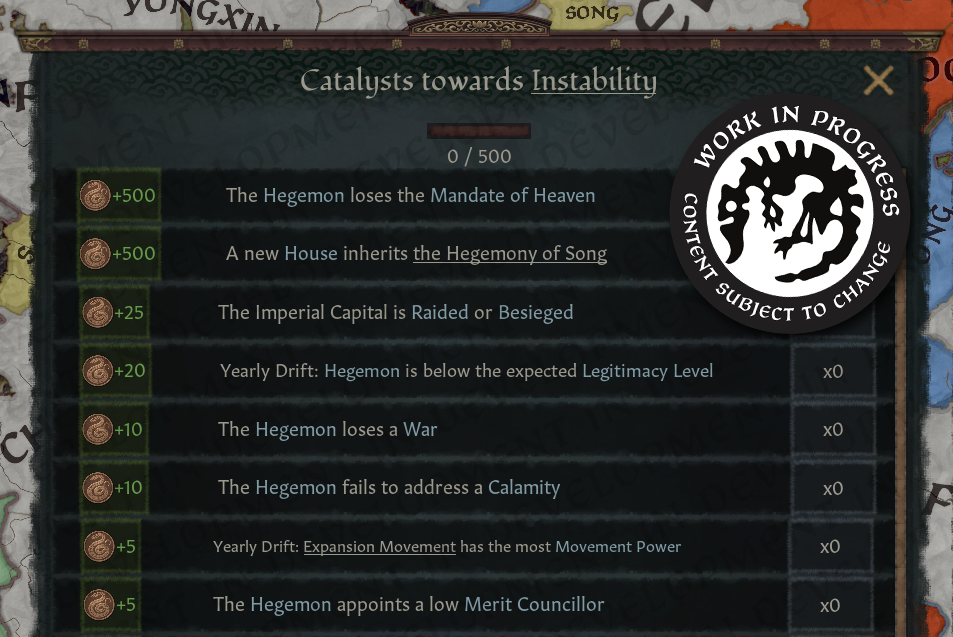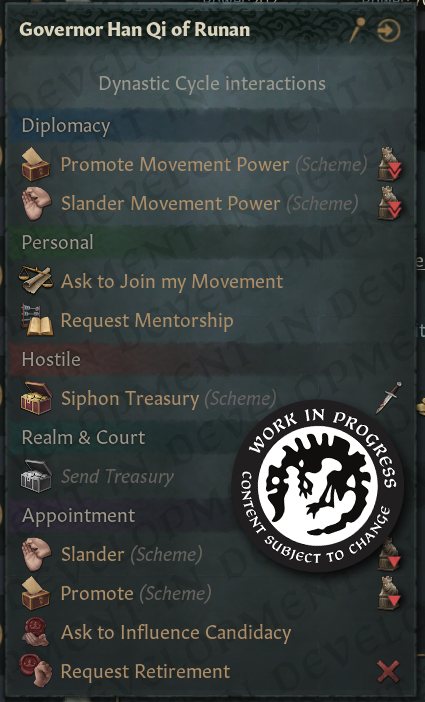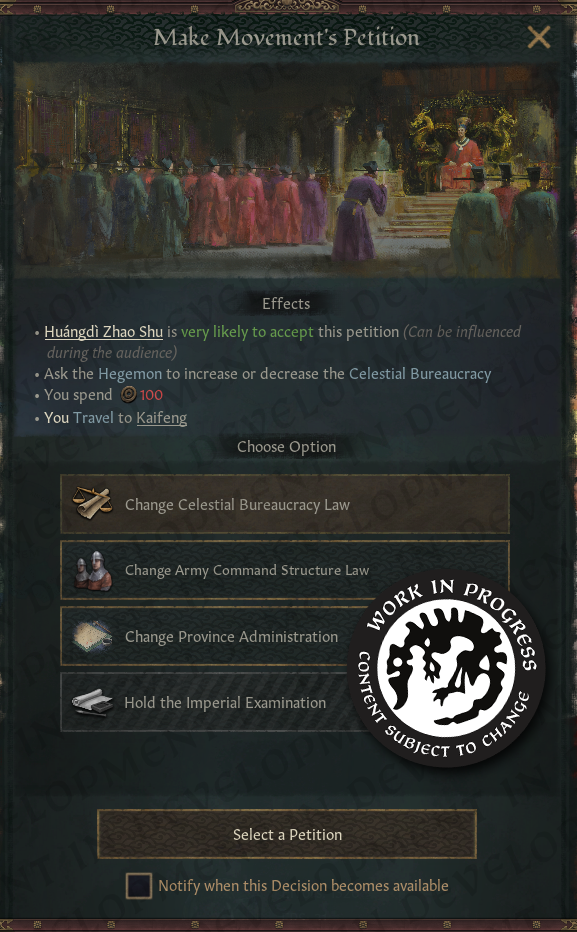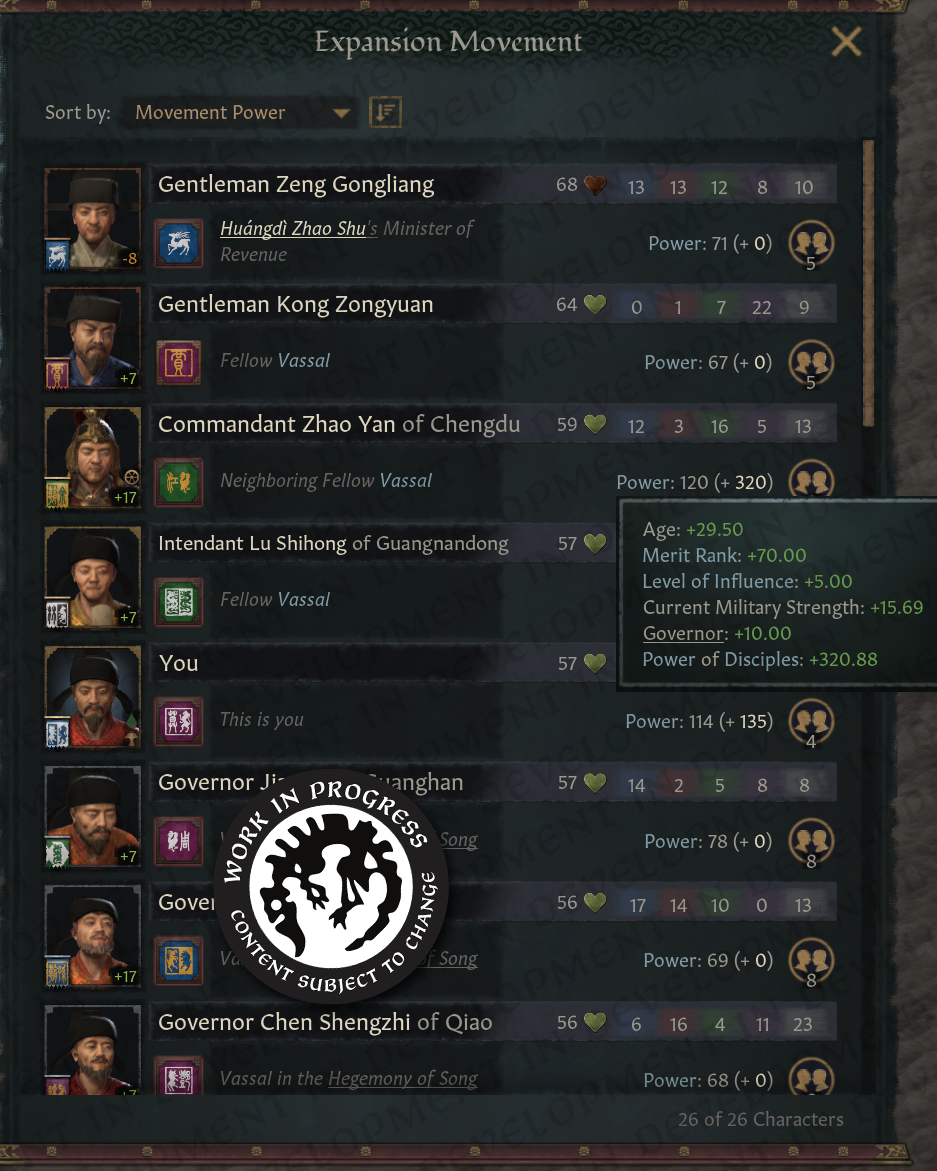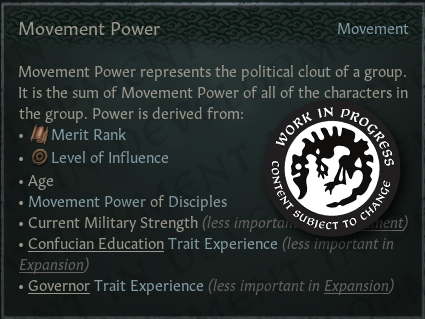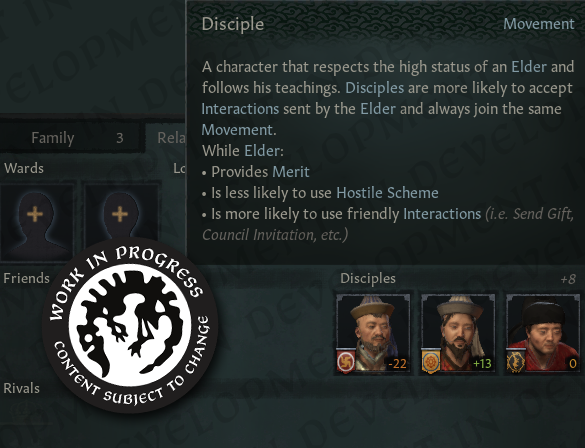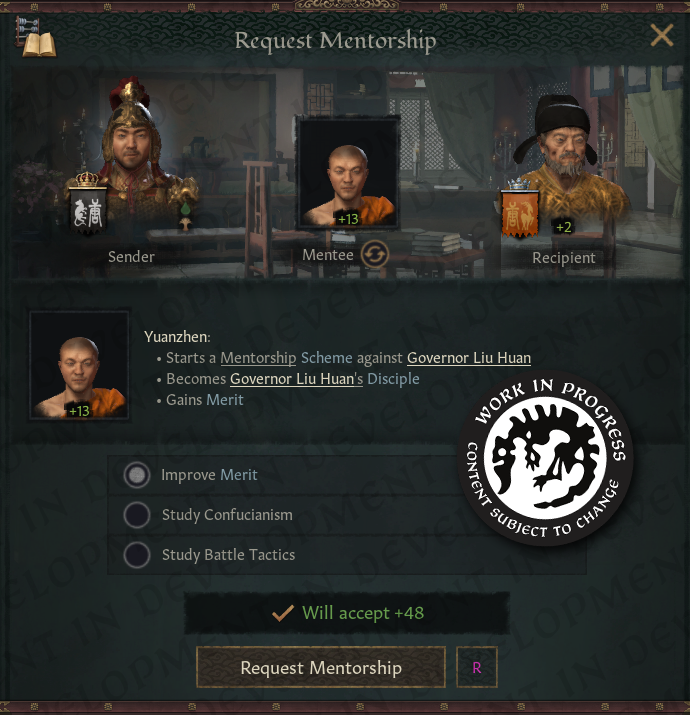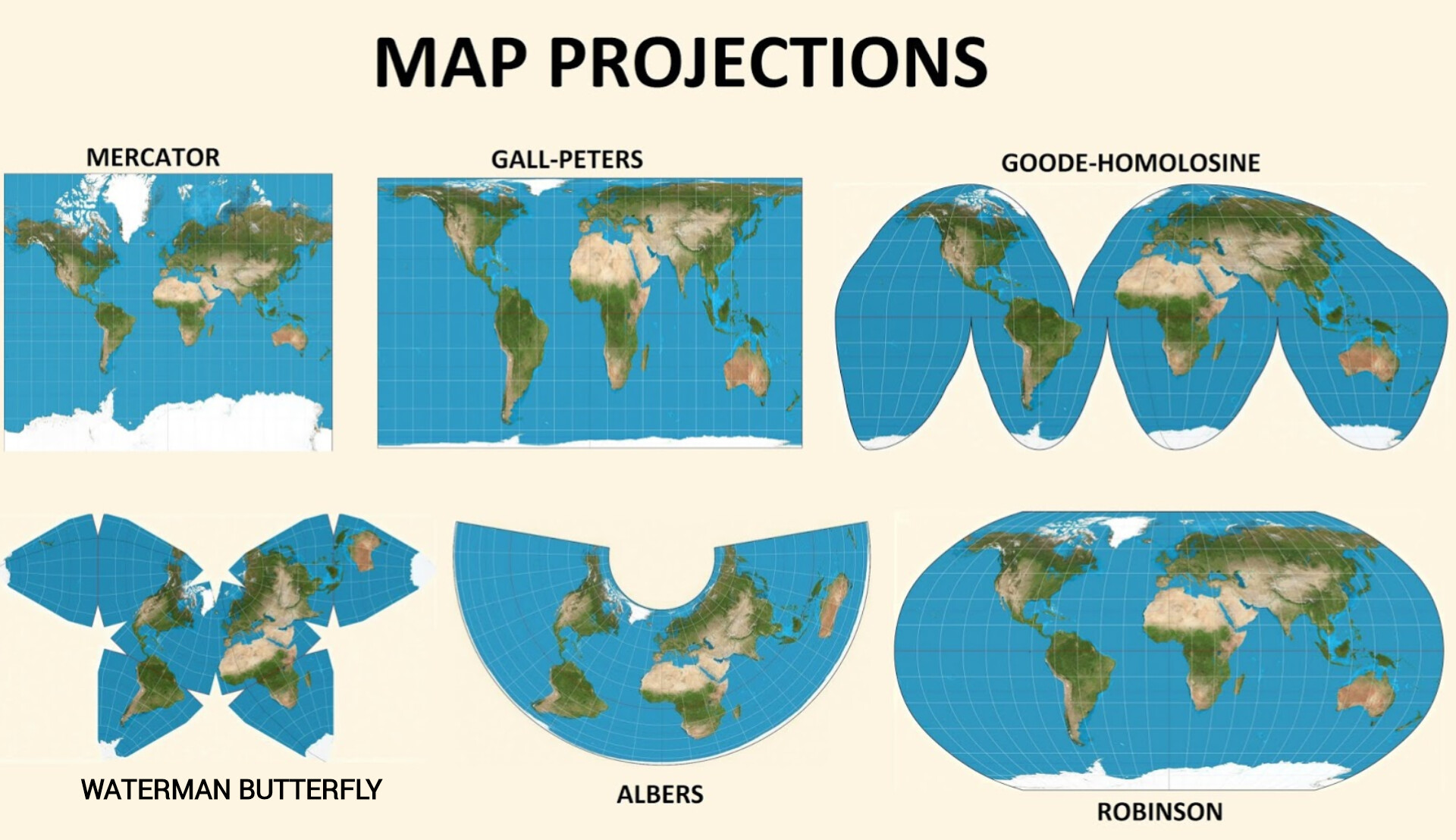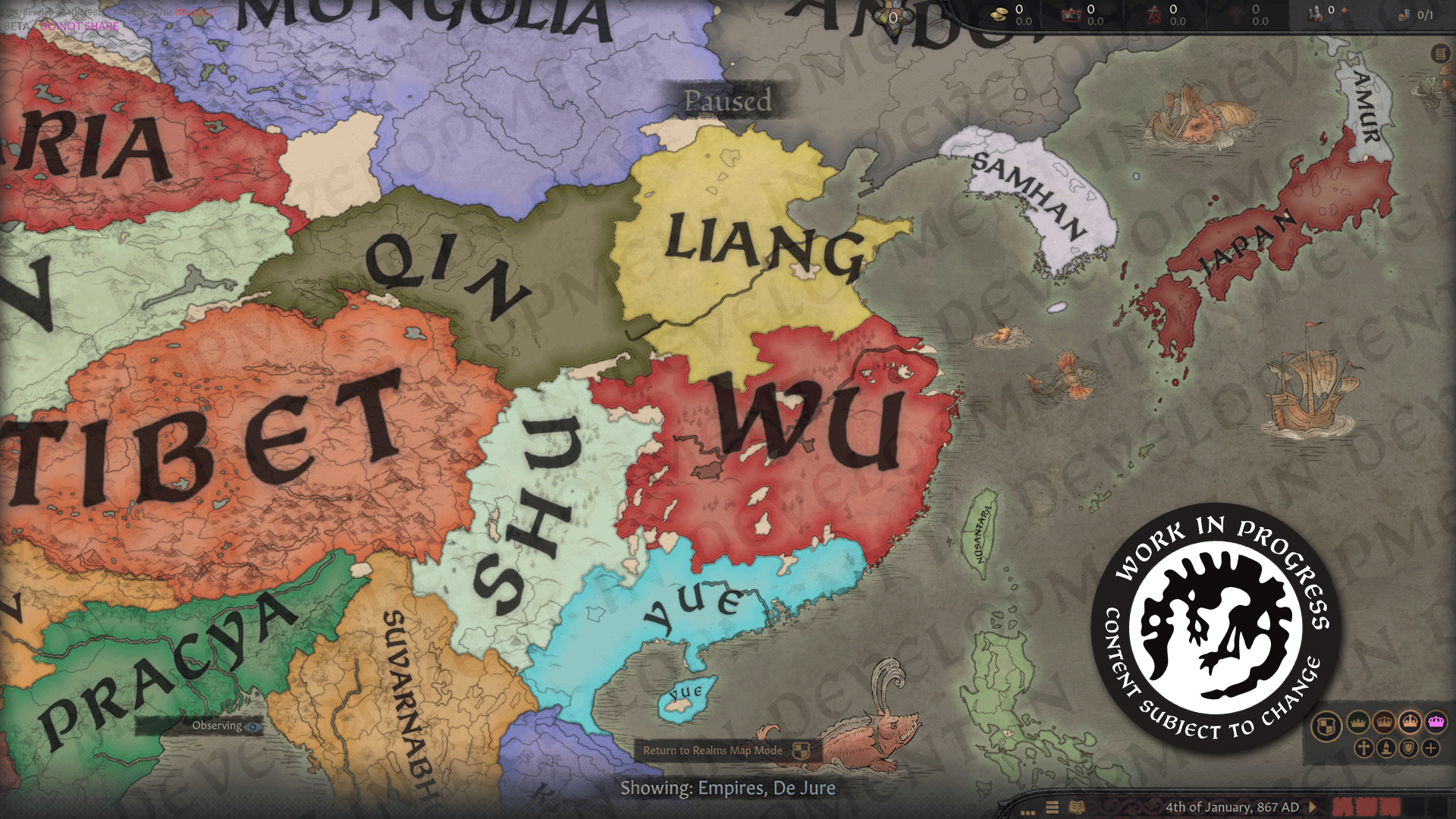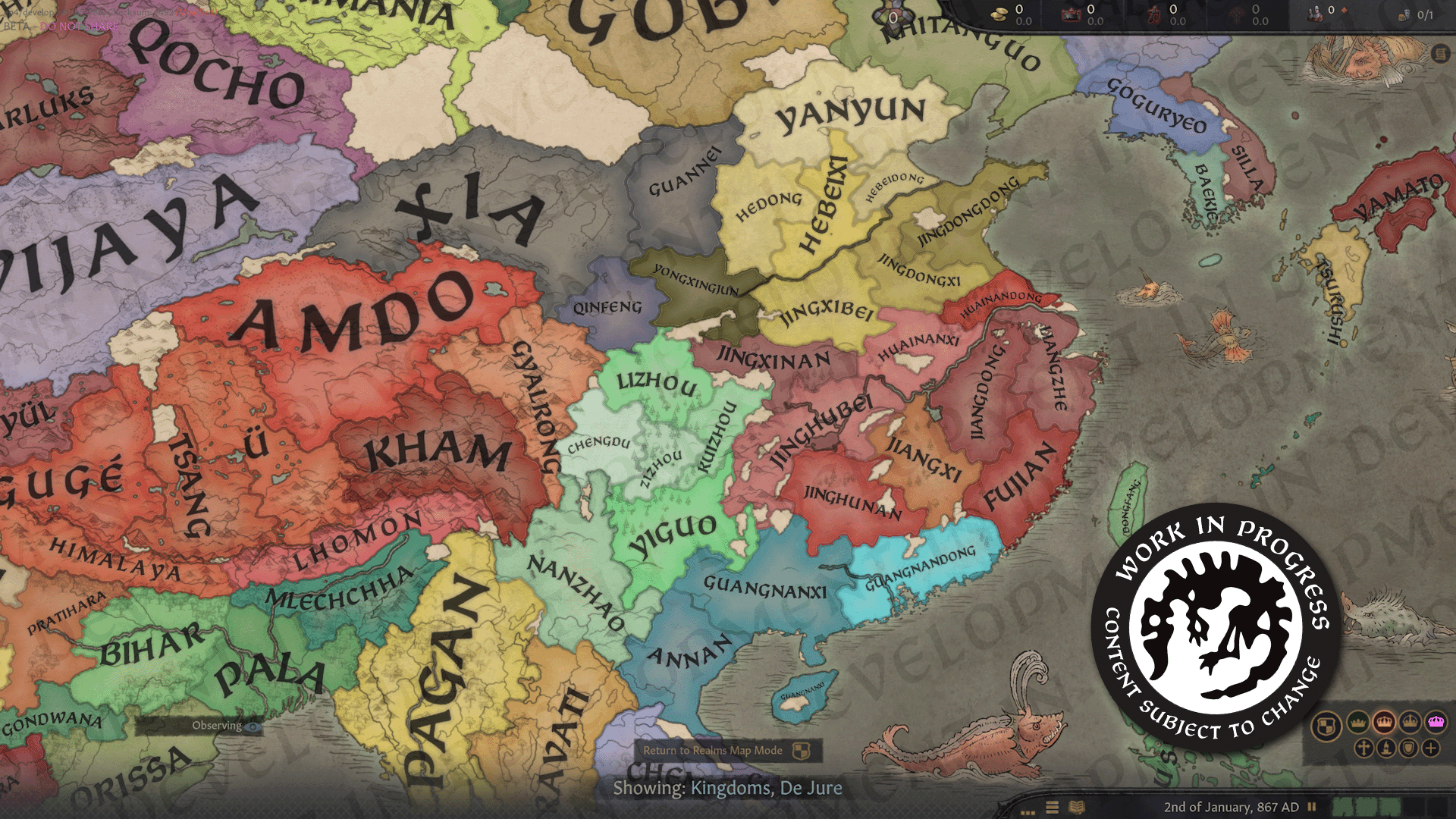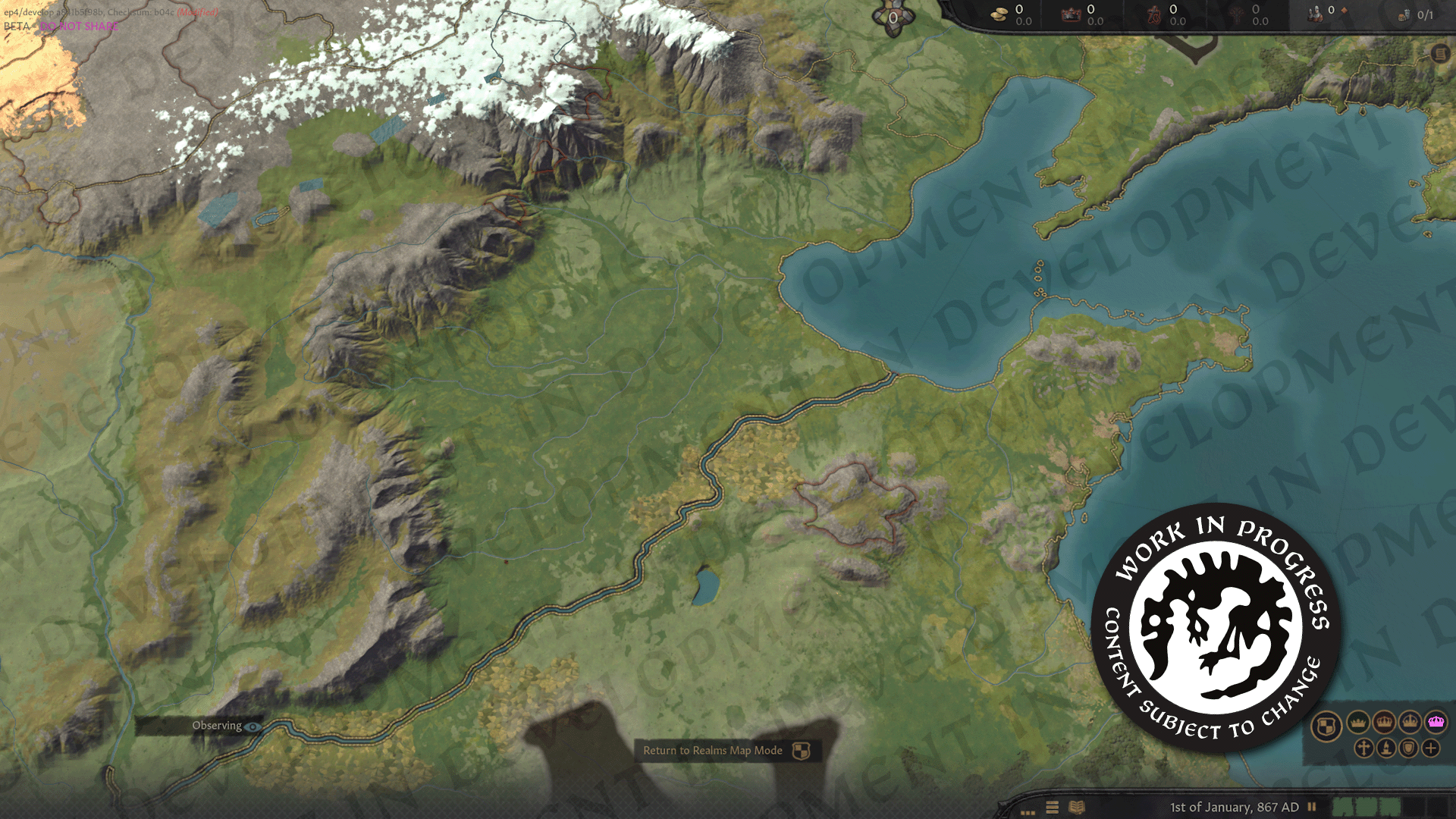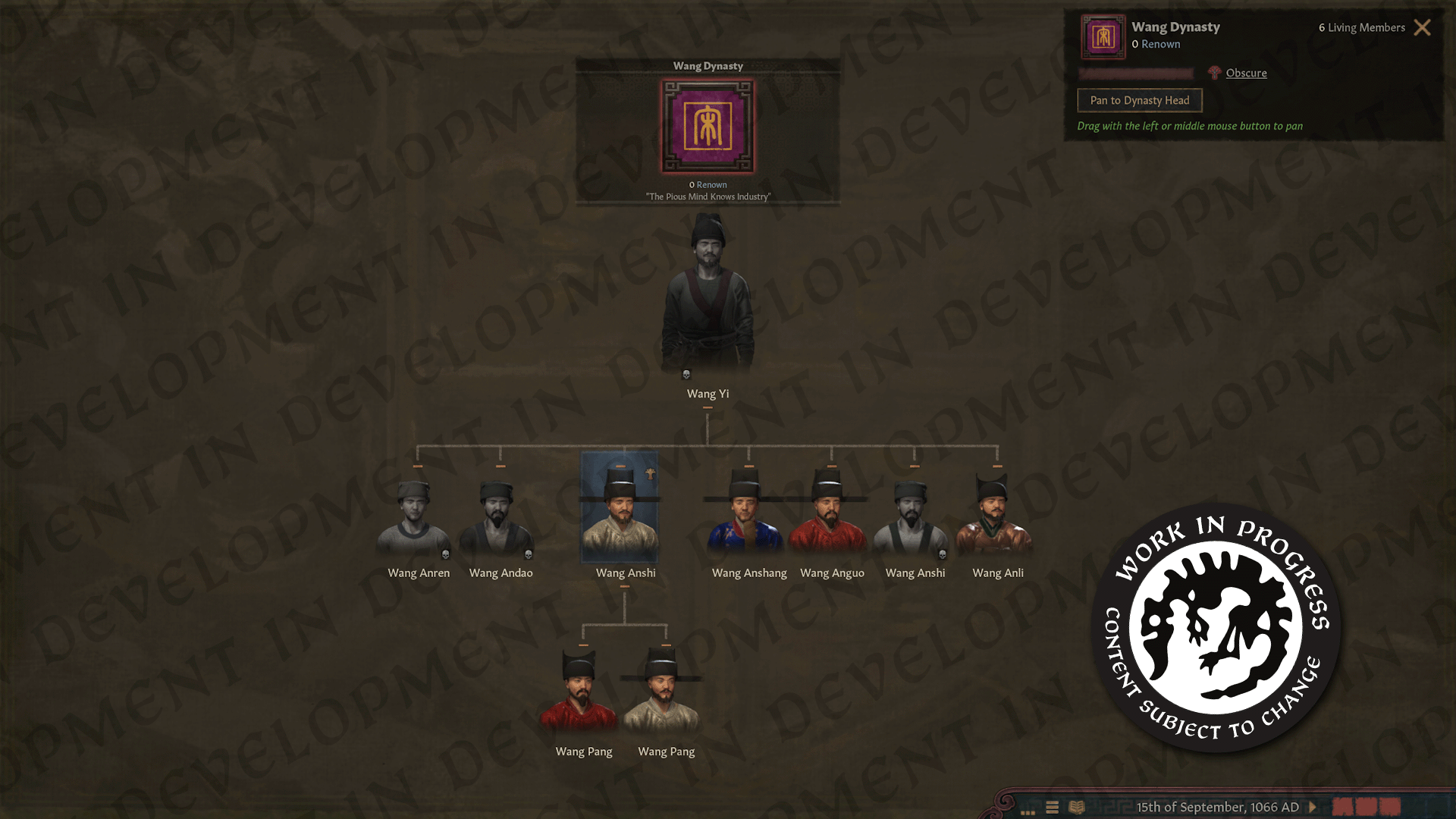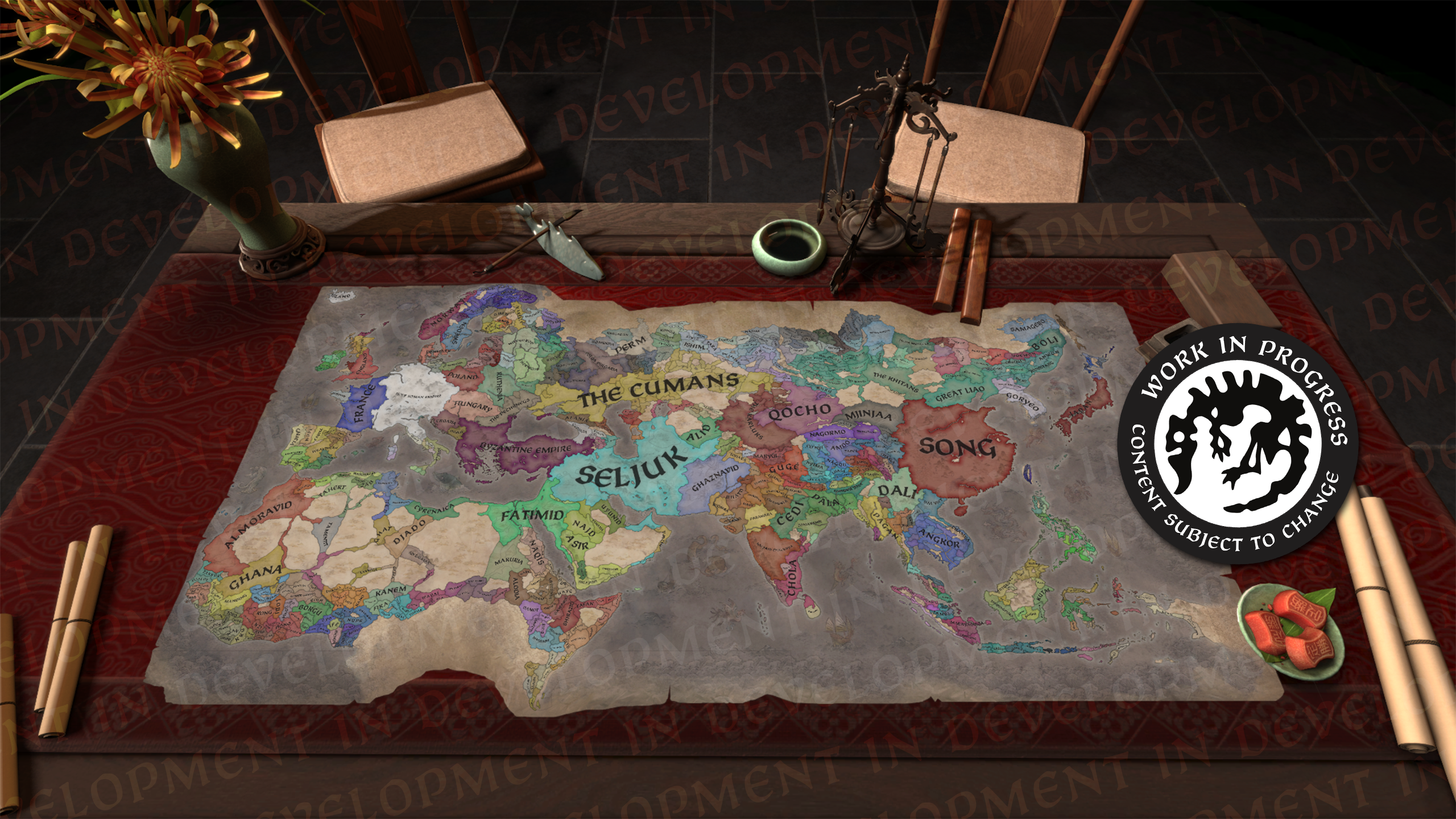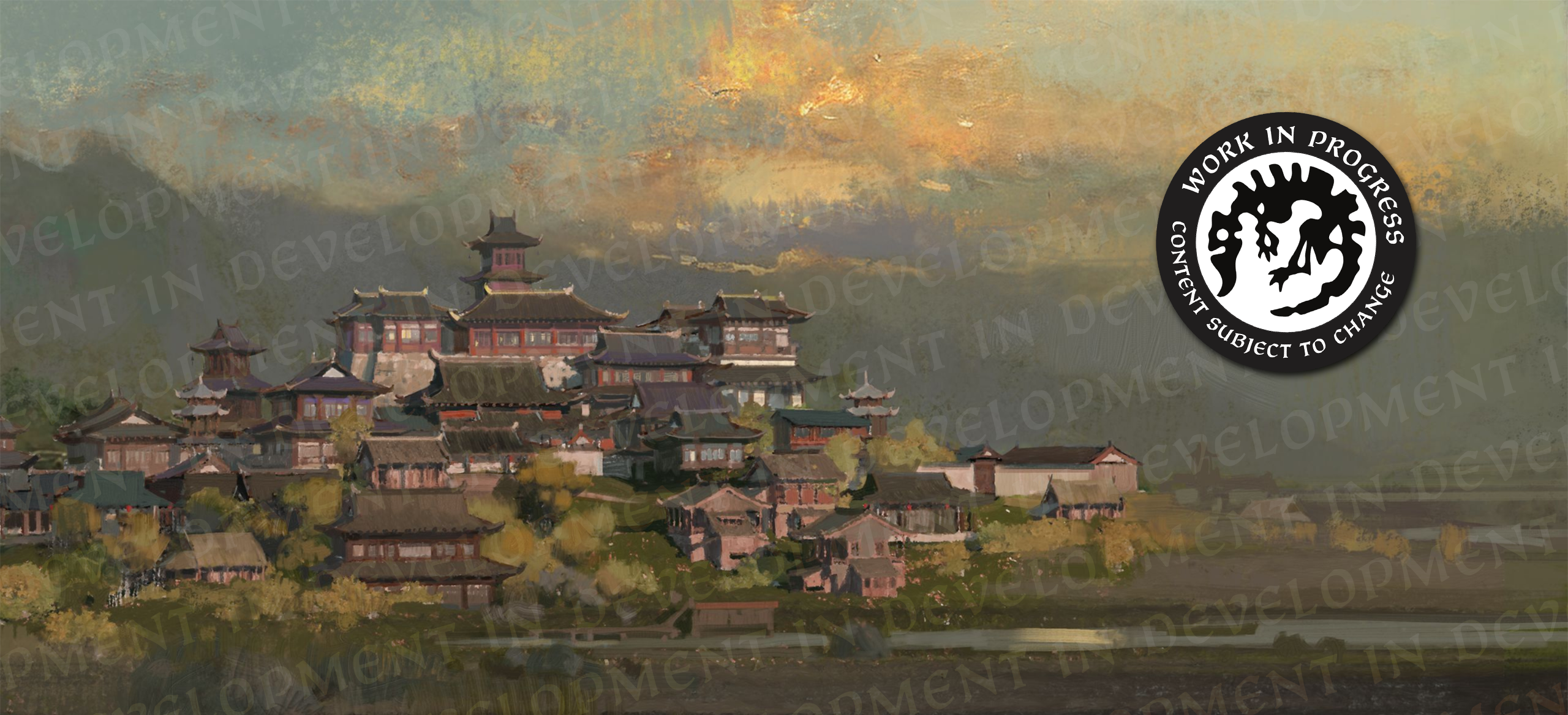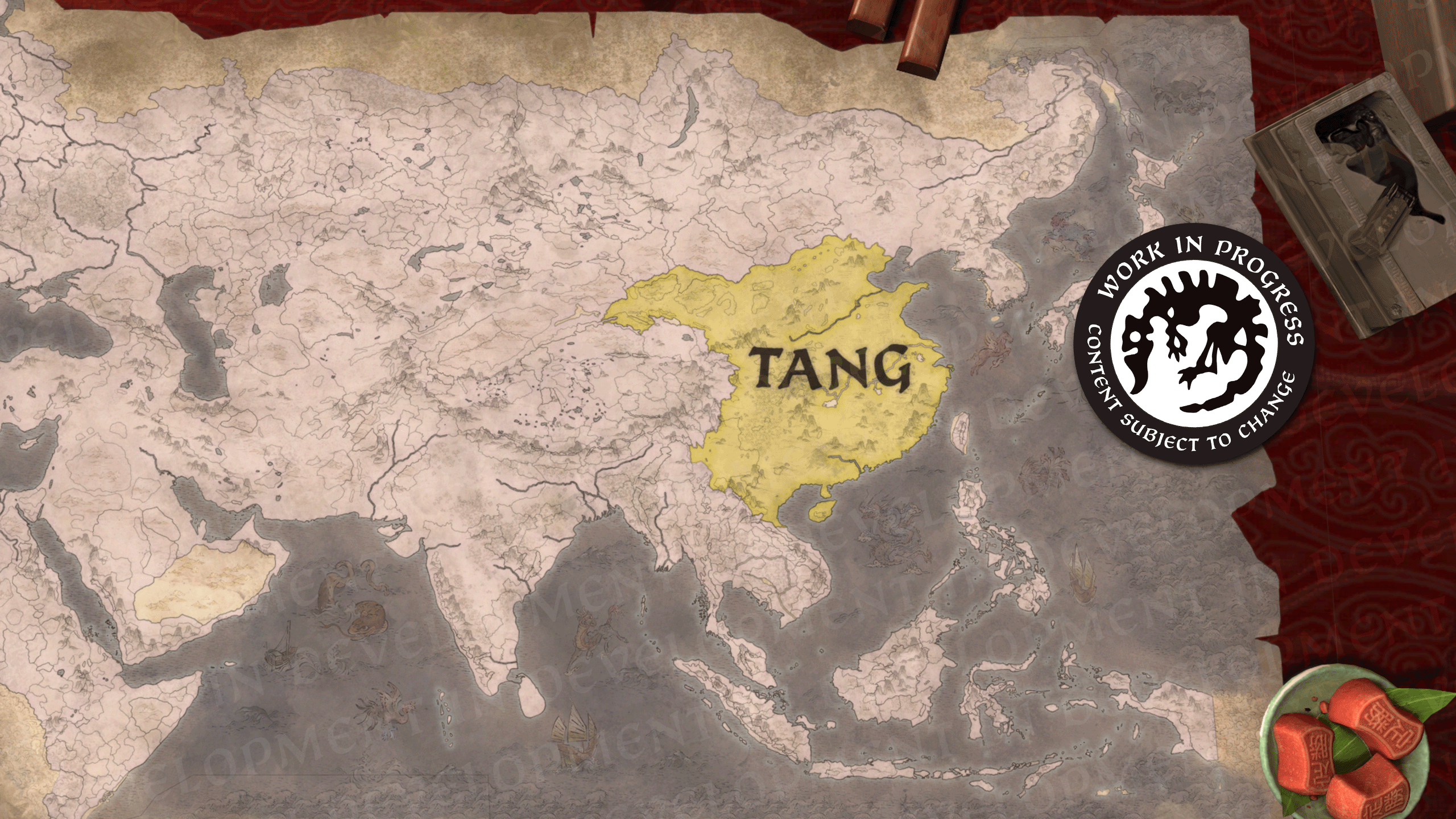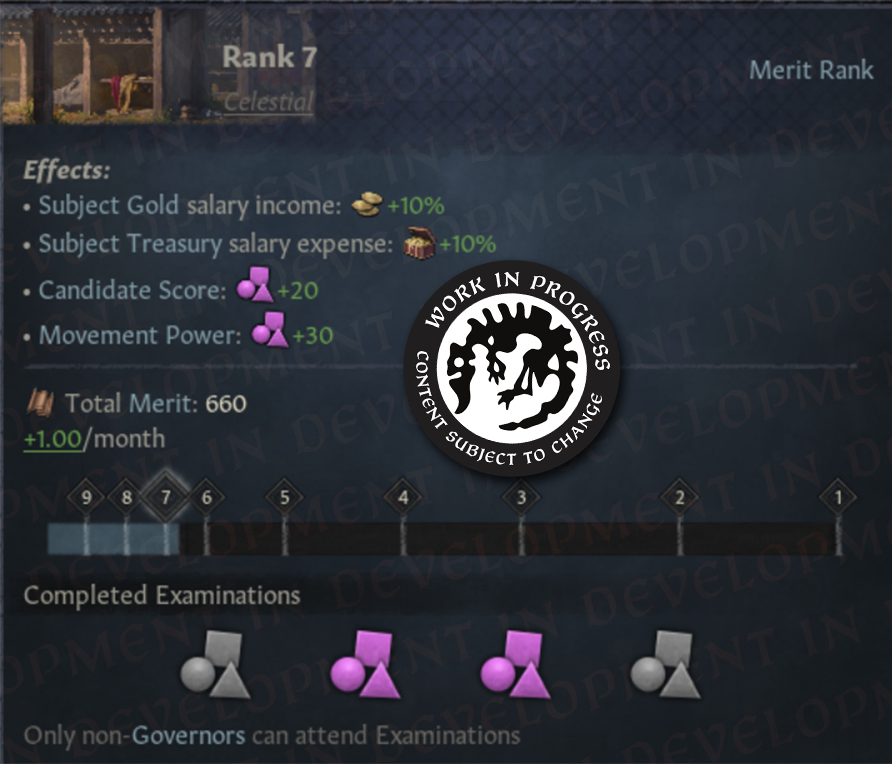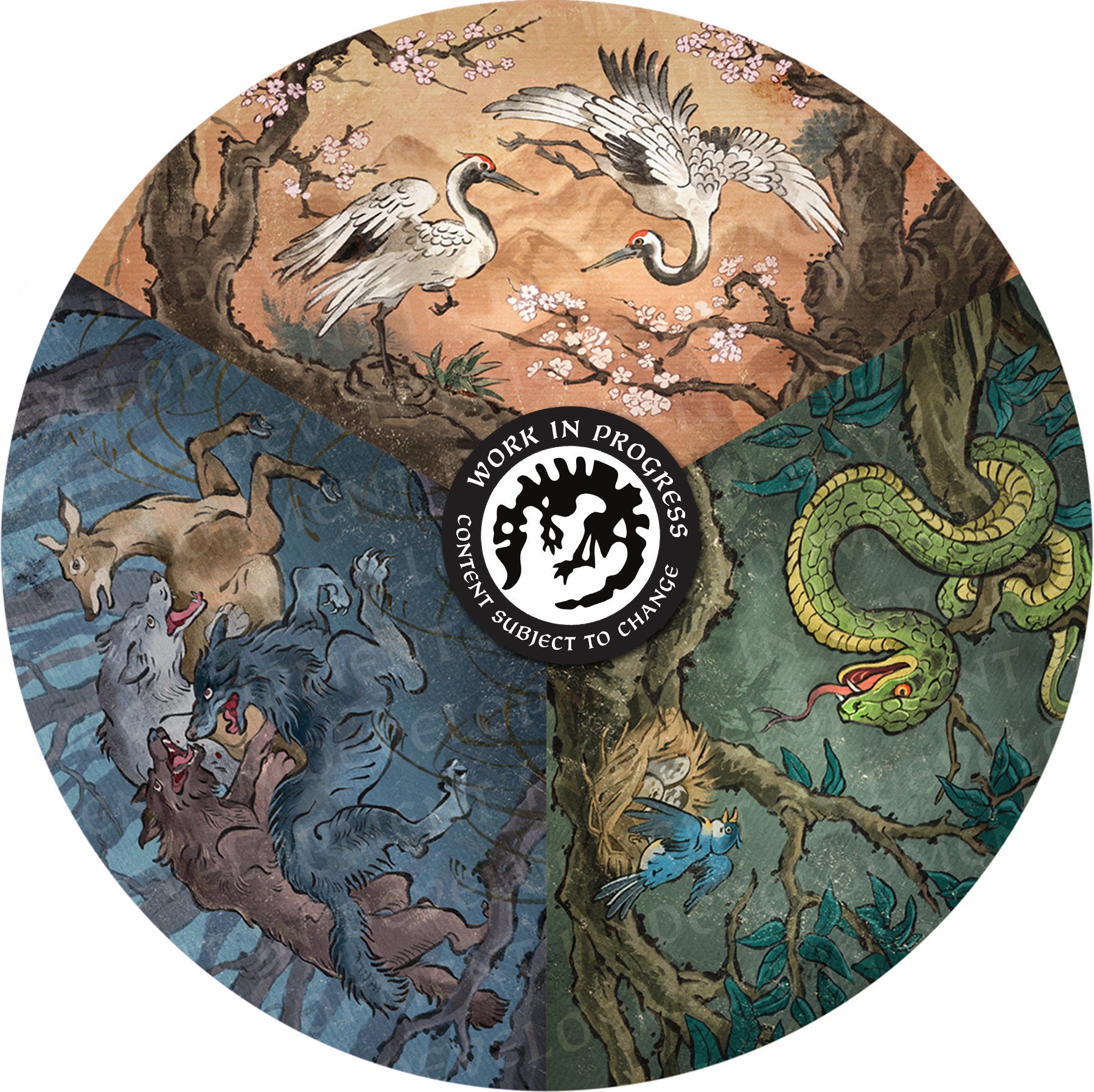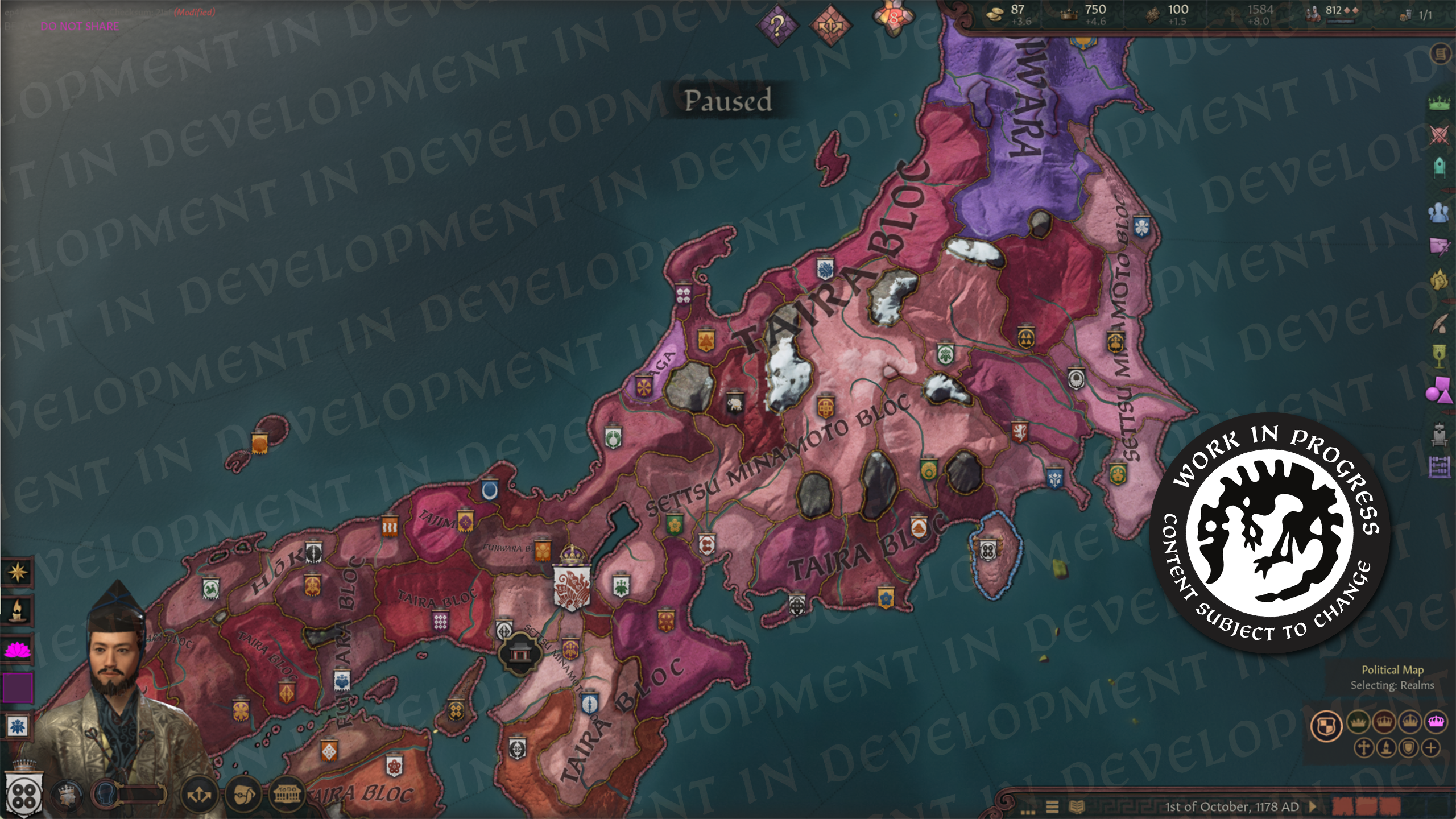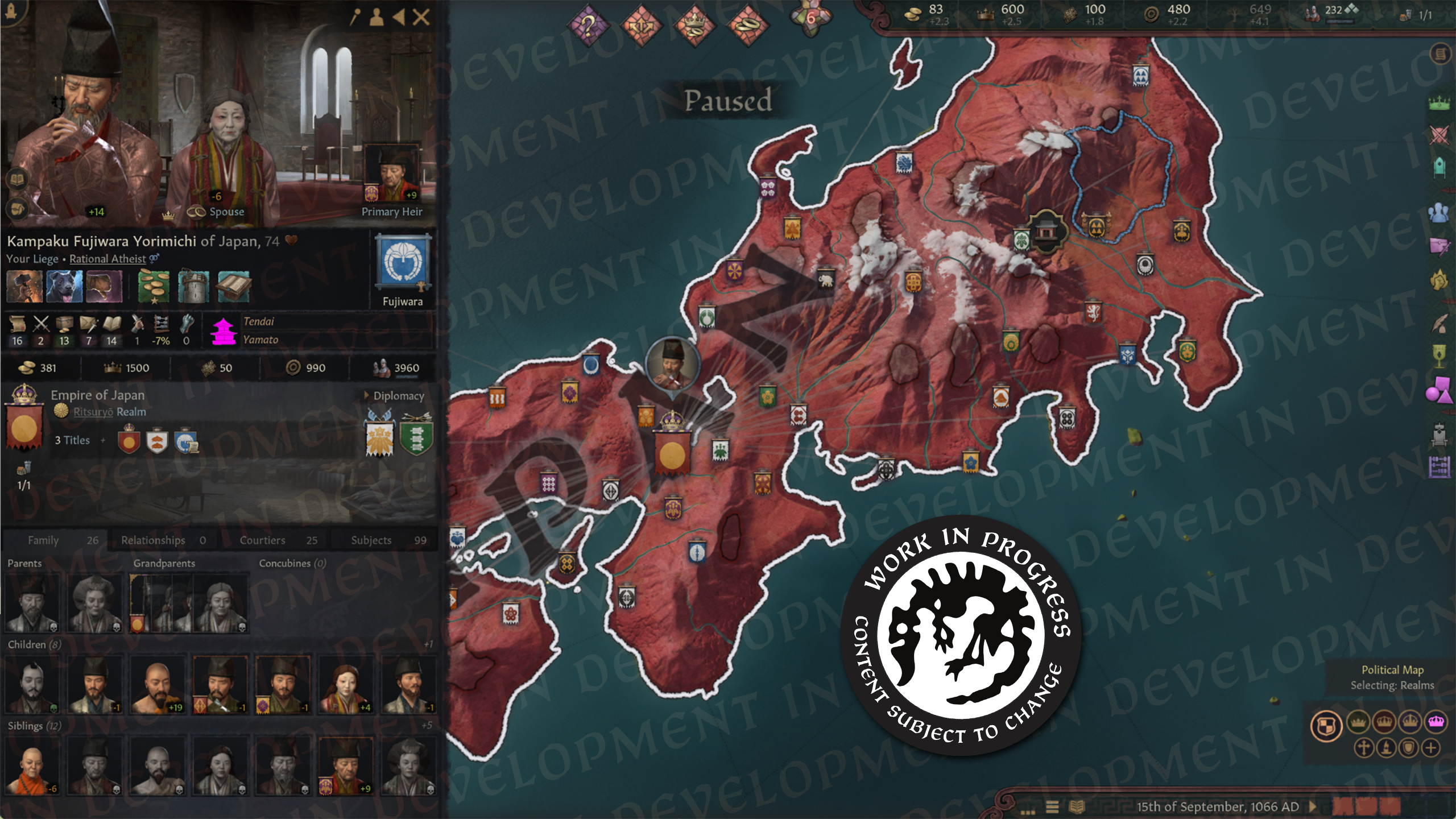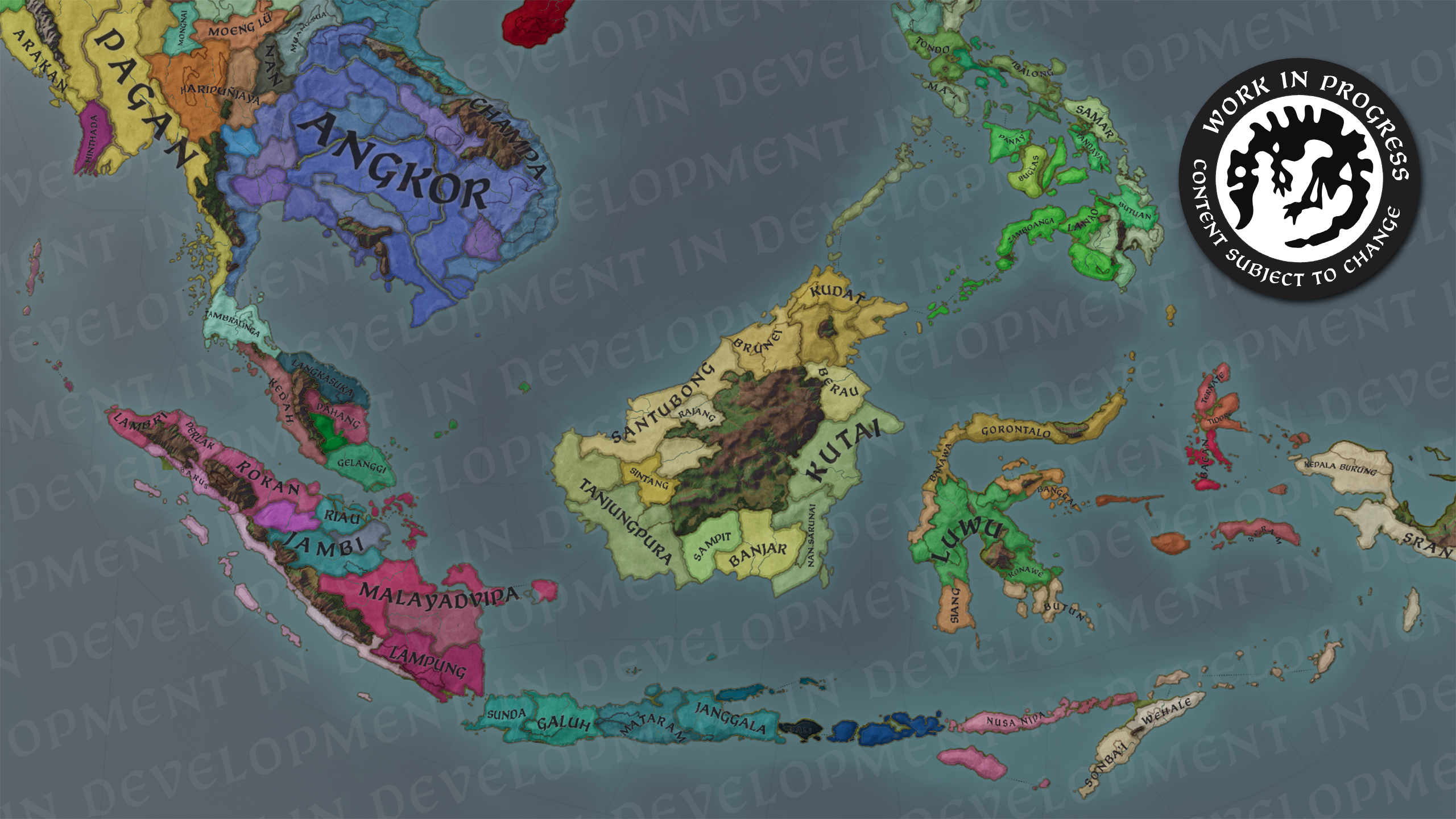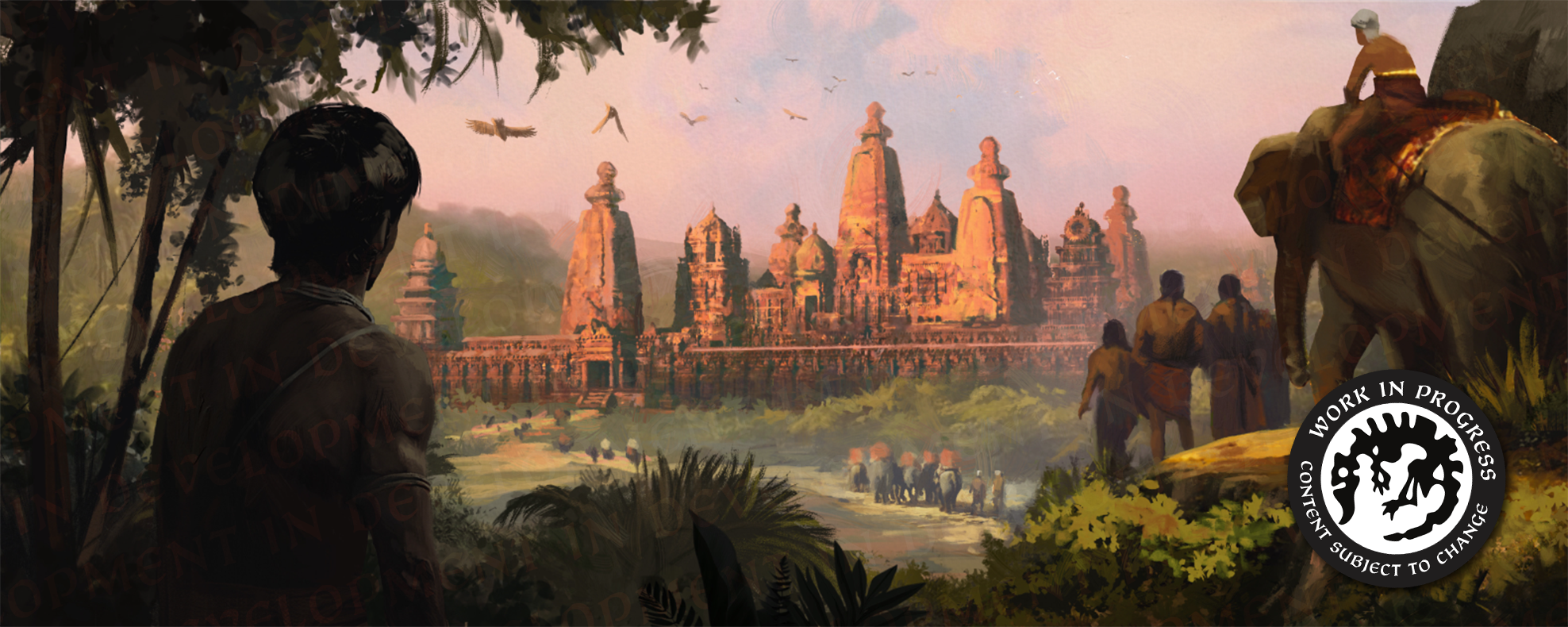Install Steam
login
|
language
简体中文 (Simplified Chinese)
繁體中文 (Traditional Chinese)
日本語 (Japanese)
한국어 (Korean)
ไทย (Thai)
Български (Bulgarian)
Čeština (Czech)
Dansk (Danish)
Deutsch (German)
Español - España (Spanish - Spain)
Español - Latinoamérica (Spanish - Latin America)
Ελληνικά (Greek)
Français (French)
Italiano (Italian)
Bahasa Indonesia (Indonesian)
Magyar (Hungarian)
Nederlands (Dutch)
Norsk (Norwegian)
Polski (Polish)
Português (Portuguese - Portugal)
Português - Brasil (Portuguese - Brazil)
Română (Romanian)
Русский (Russian)
Suomi (Finnish)
Svenska (Swedish)
Türkçe (Turkish)
Tiếng Việt (Vietnamese)
Українська (Ukrainian)
Report a translation problem




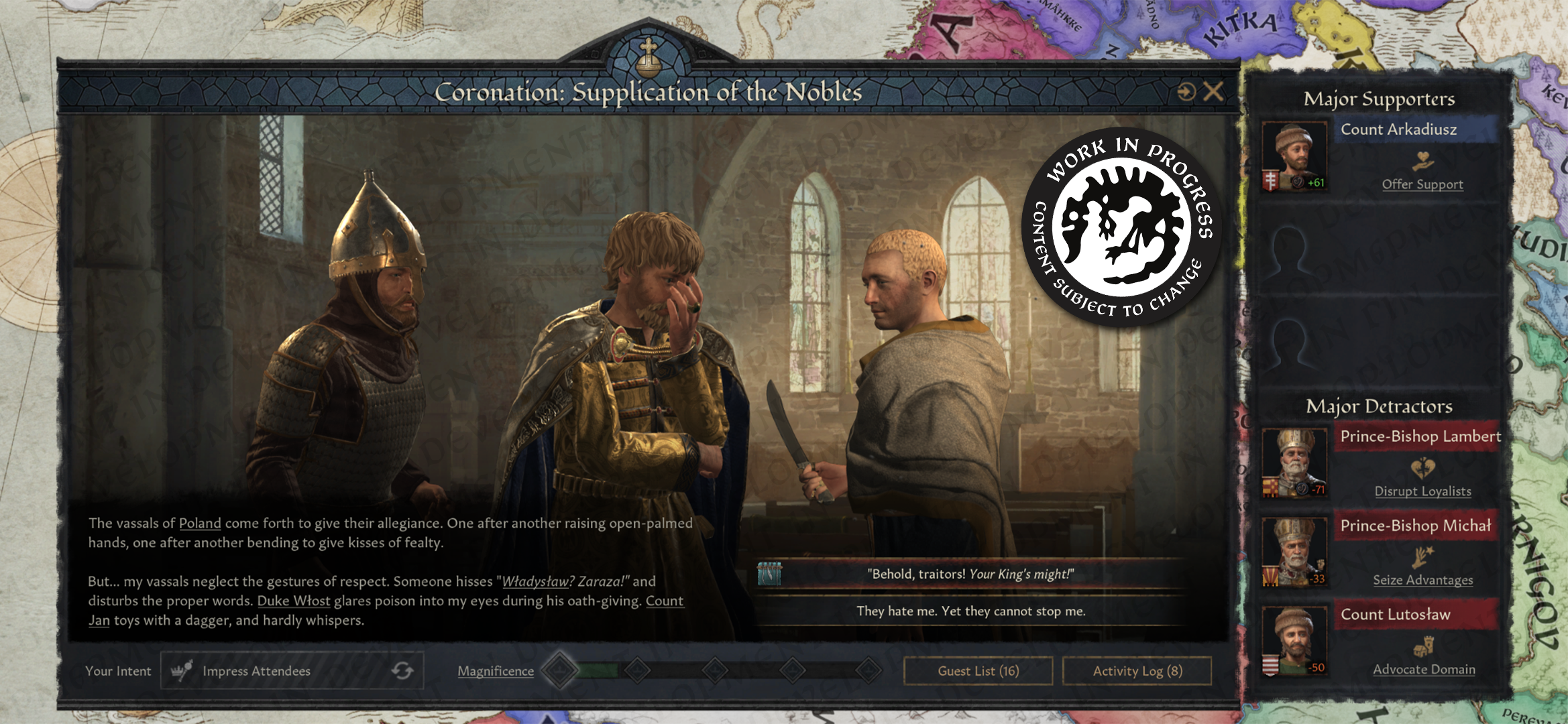
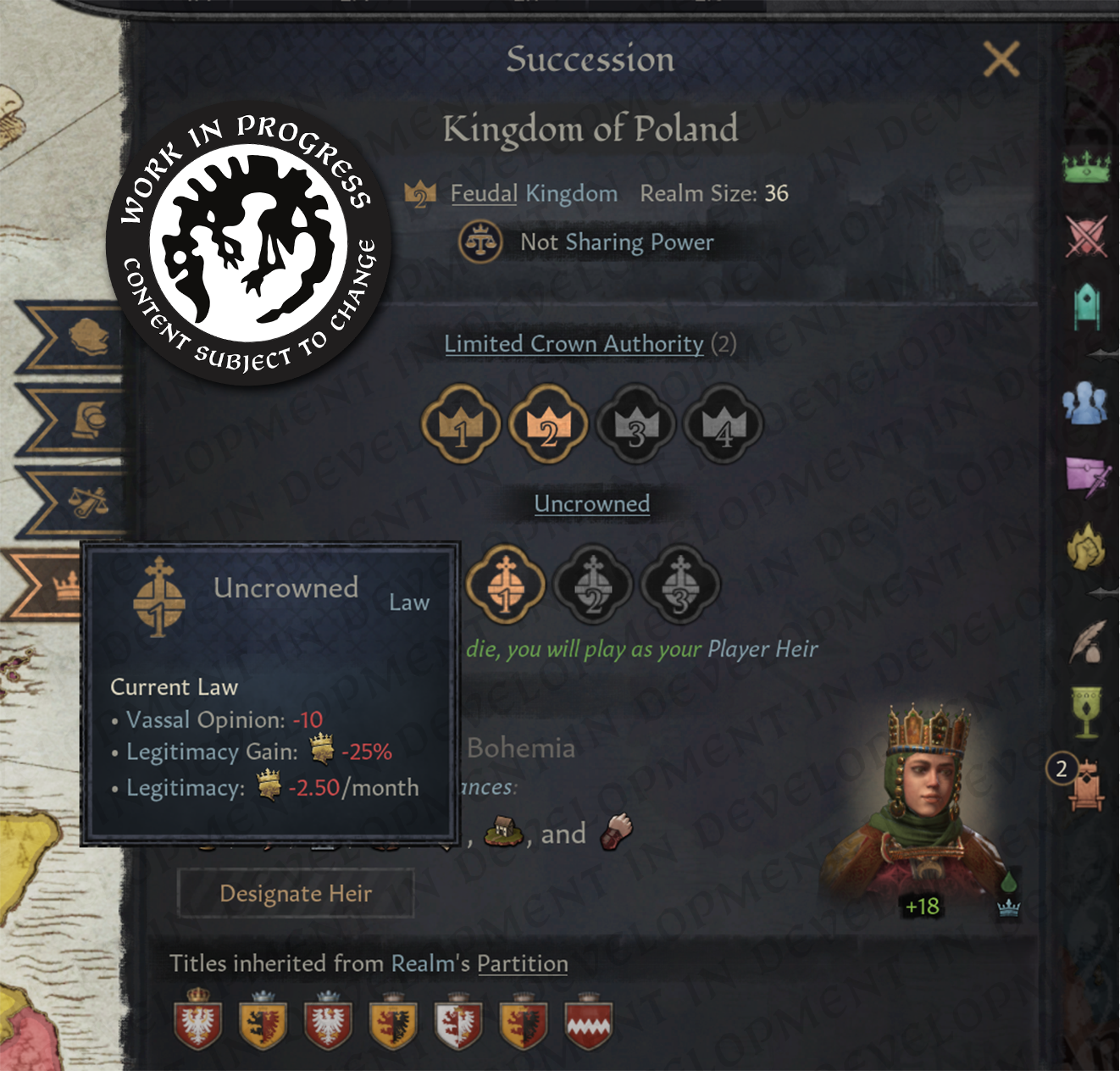
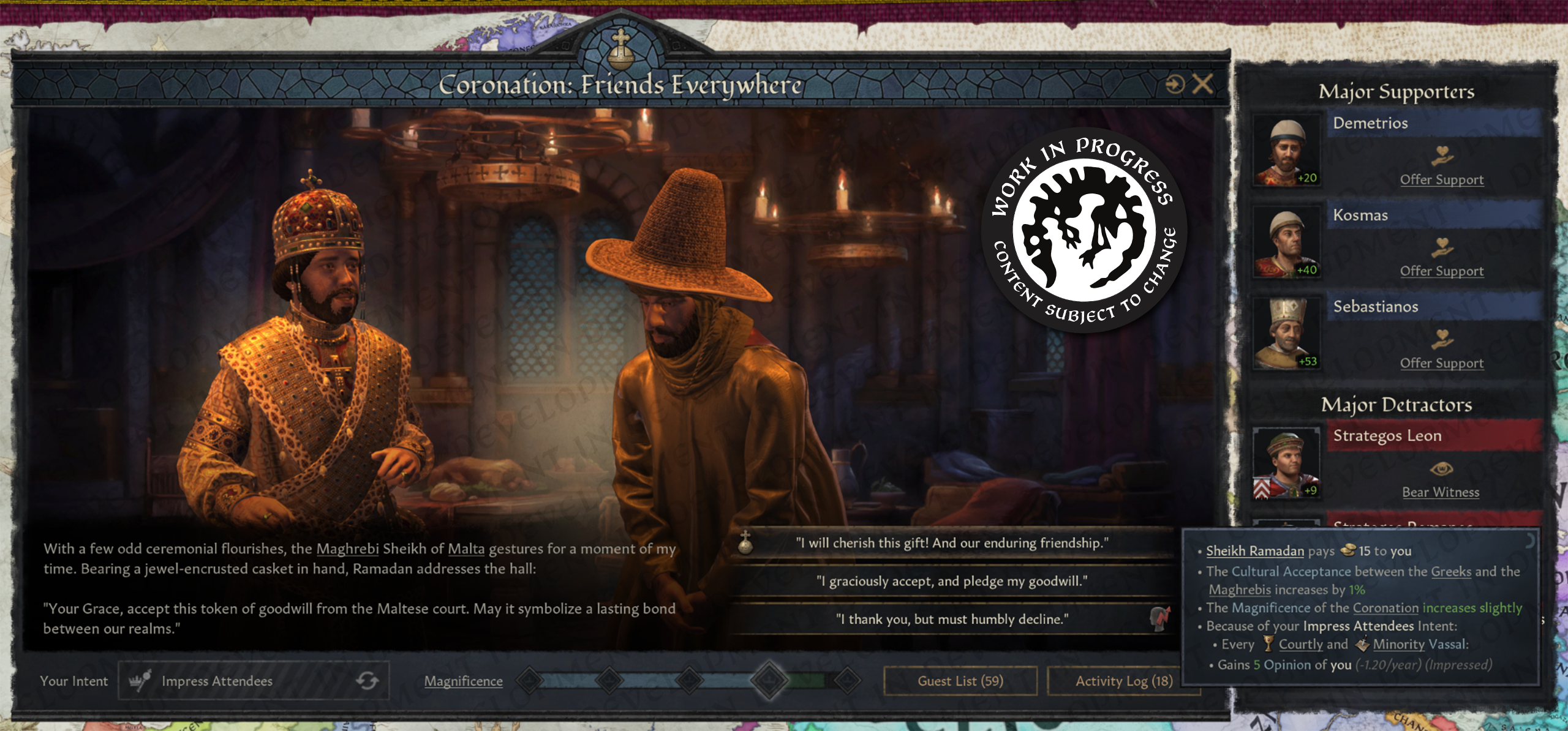
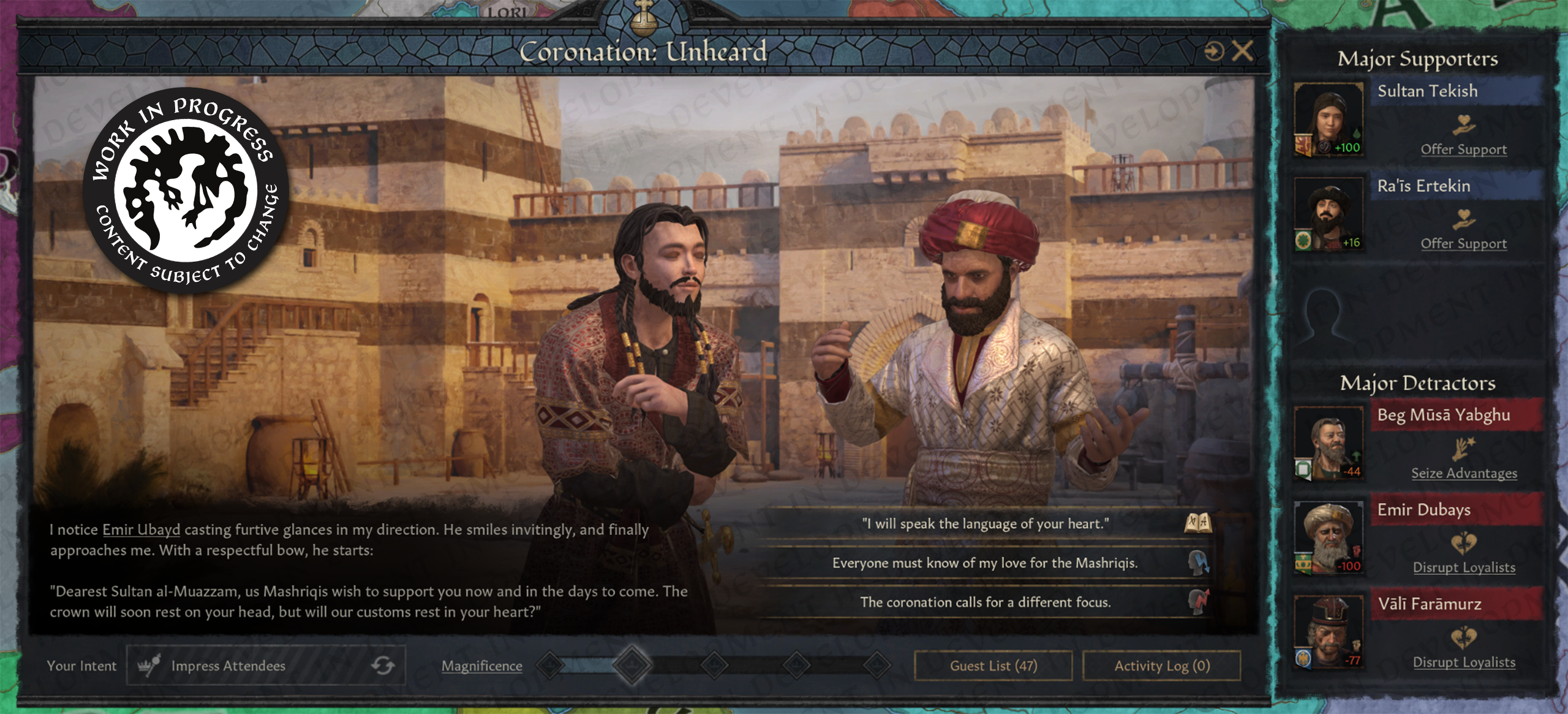
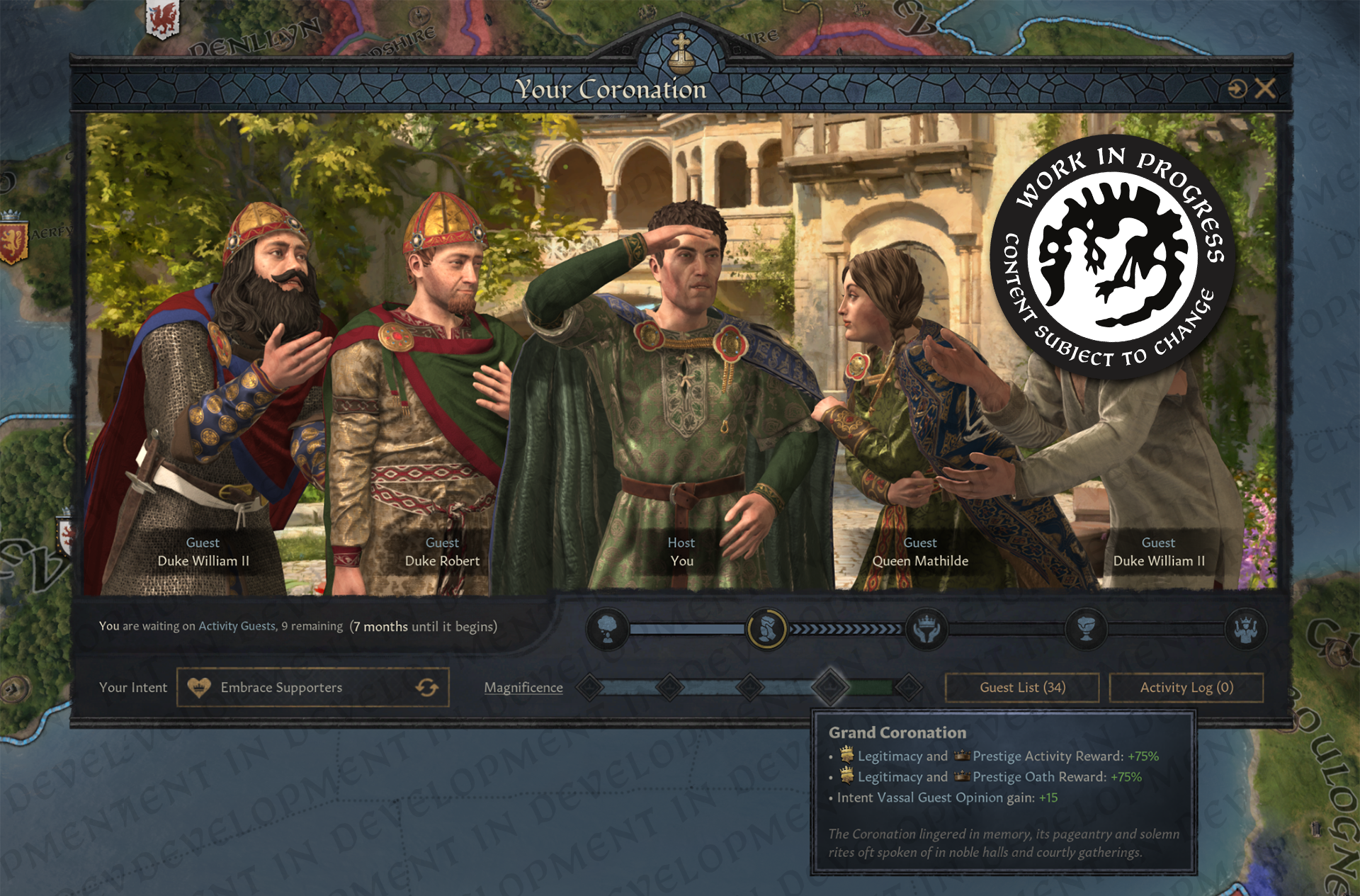
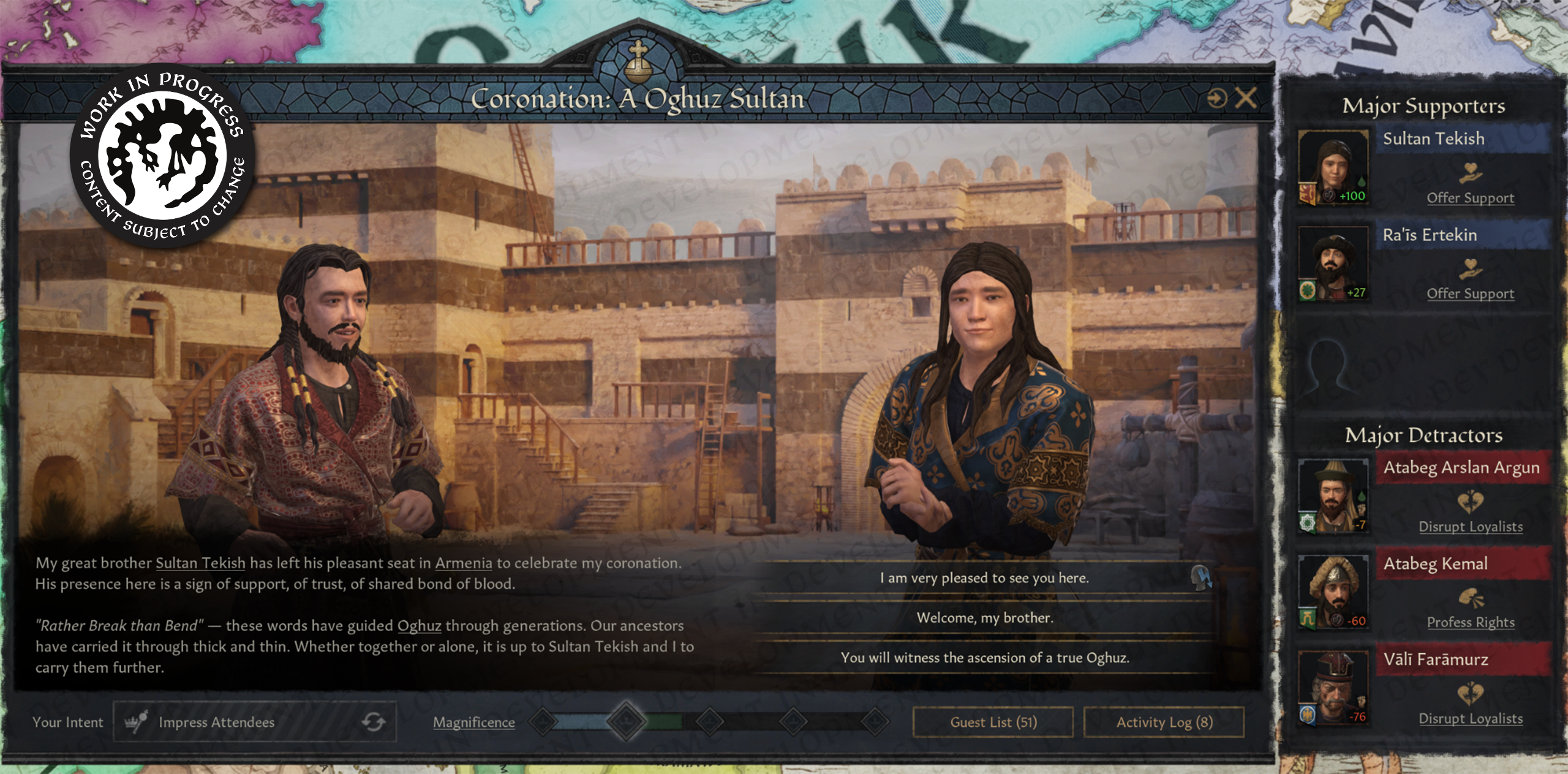
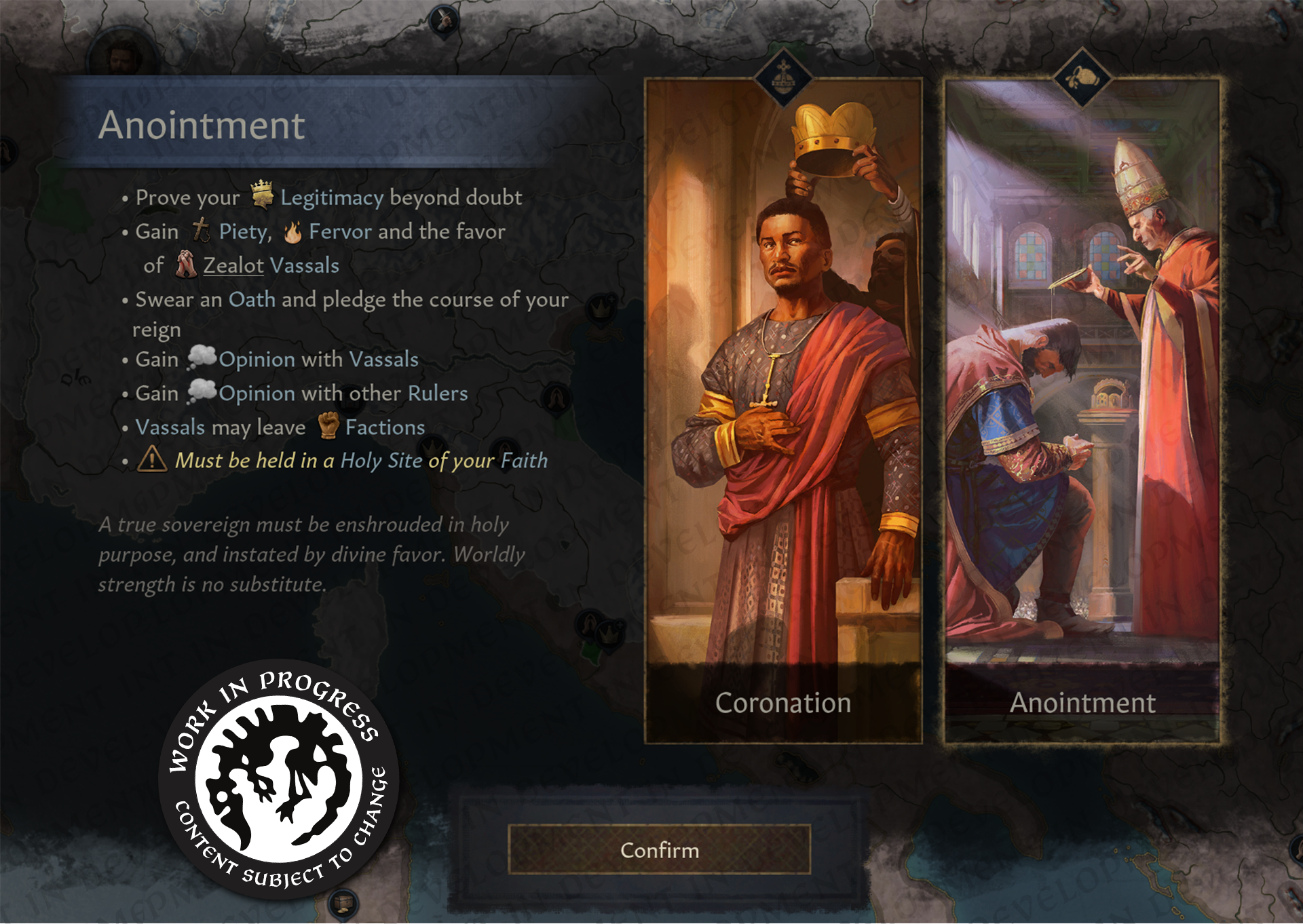




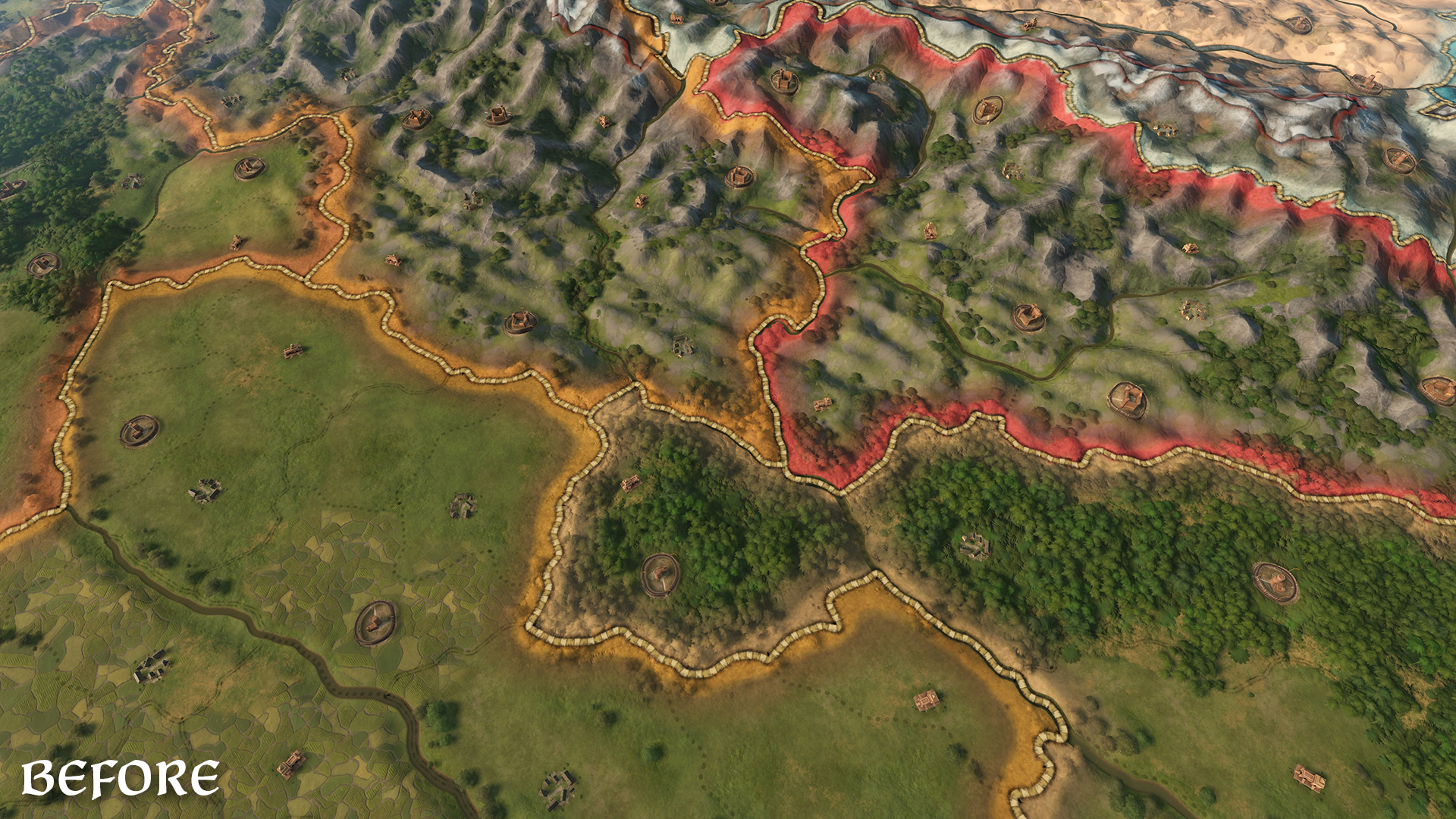
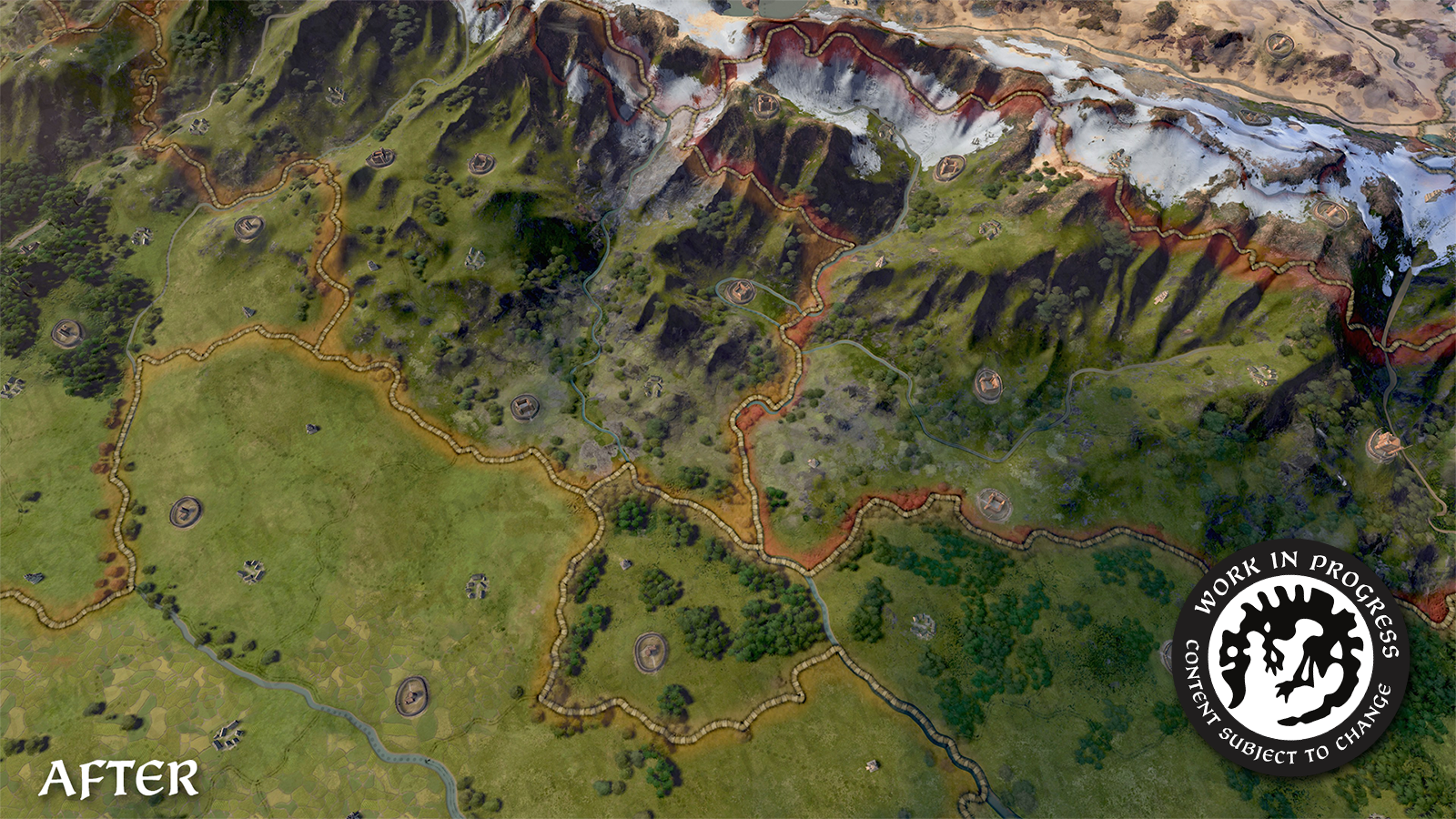
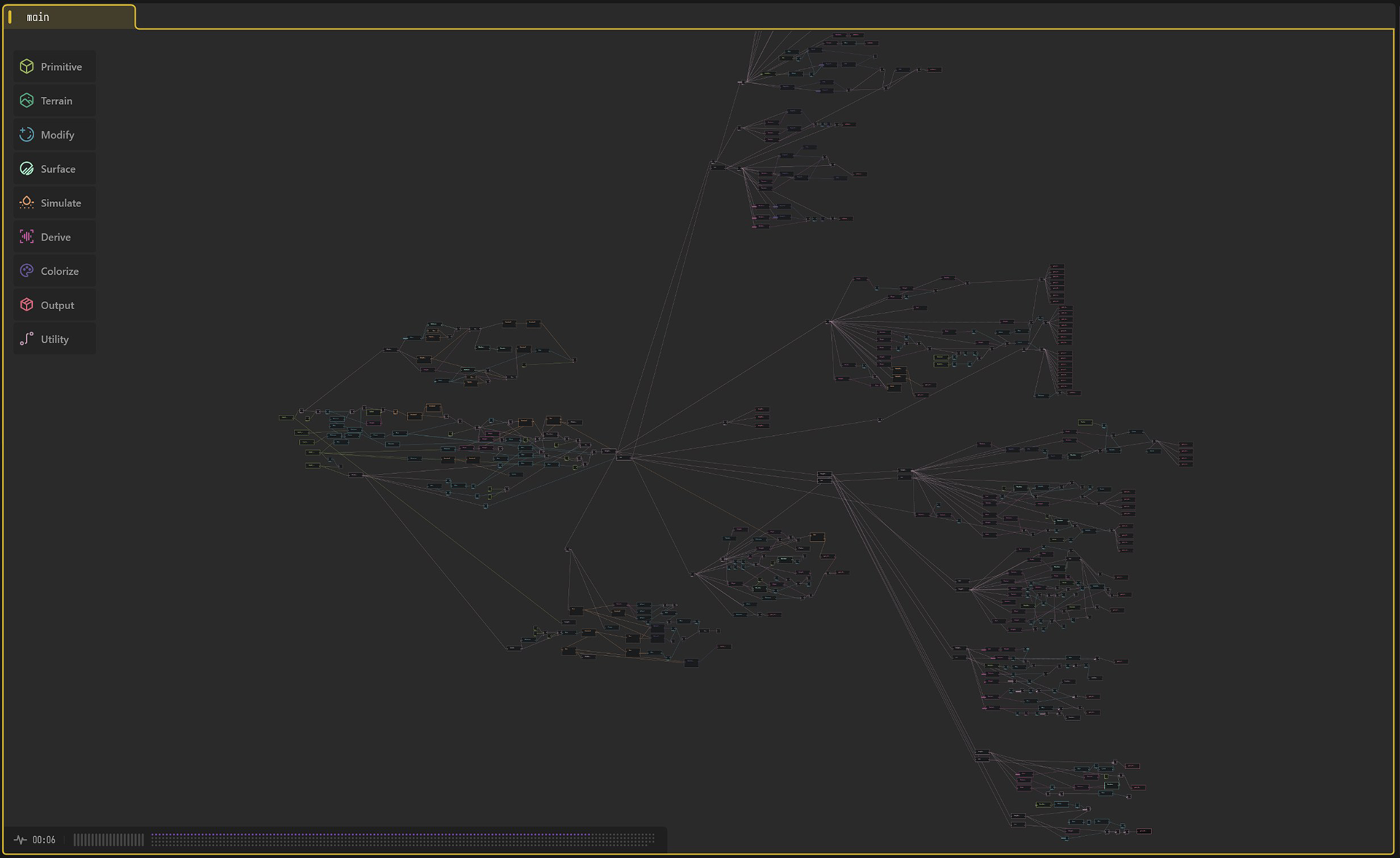
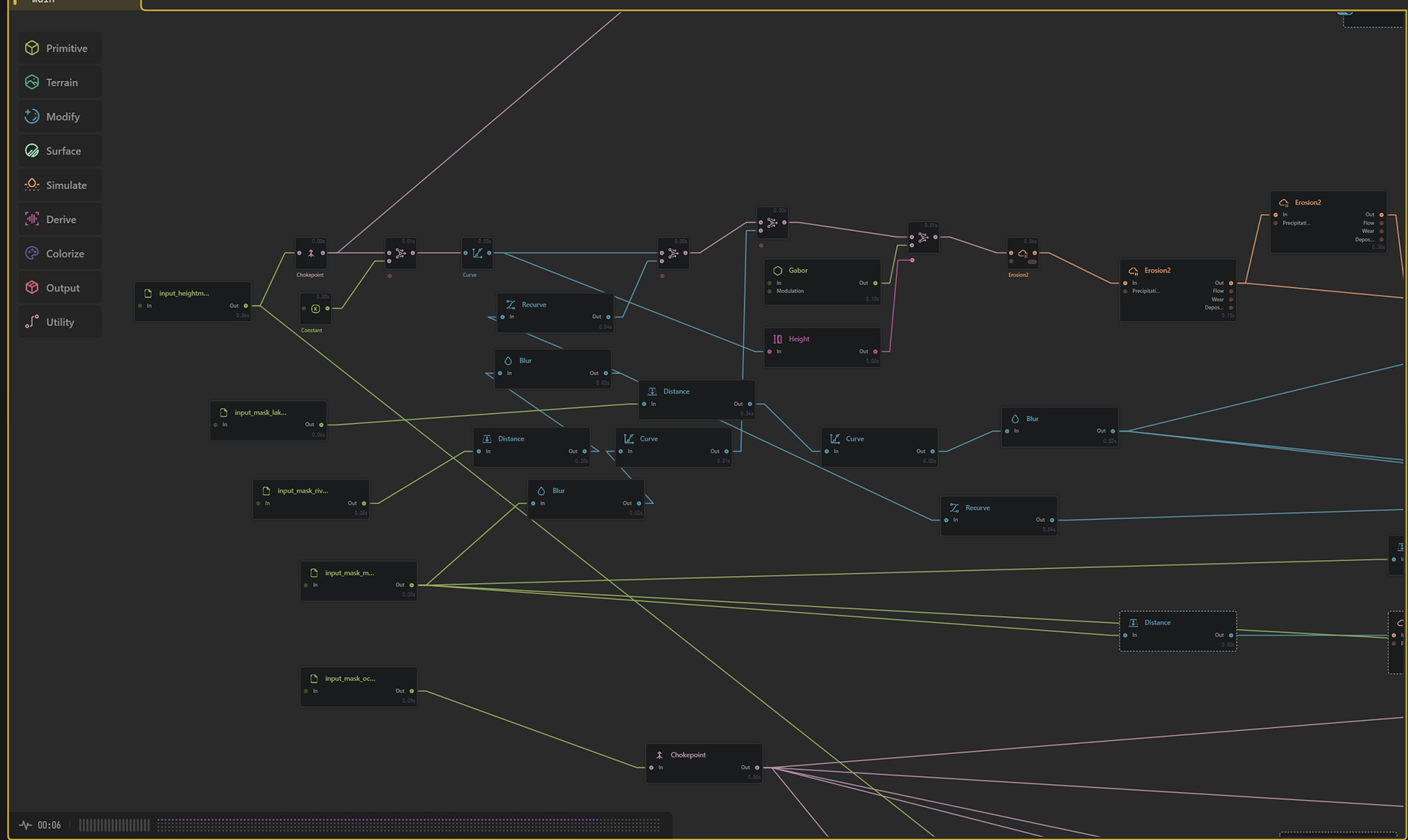
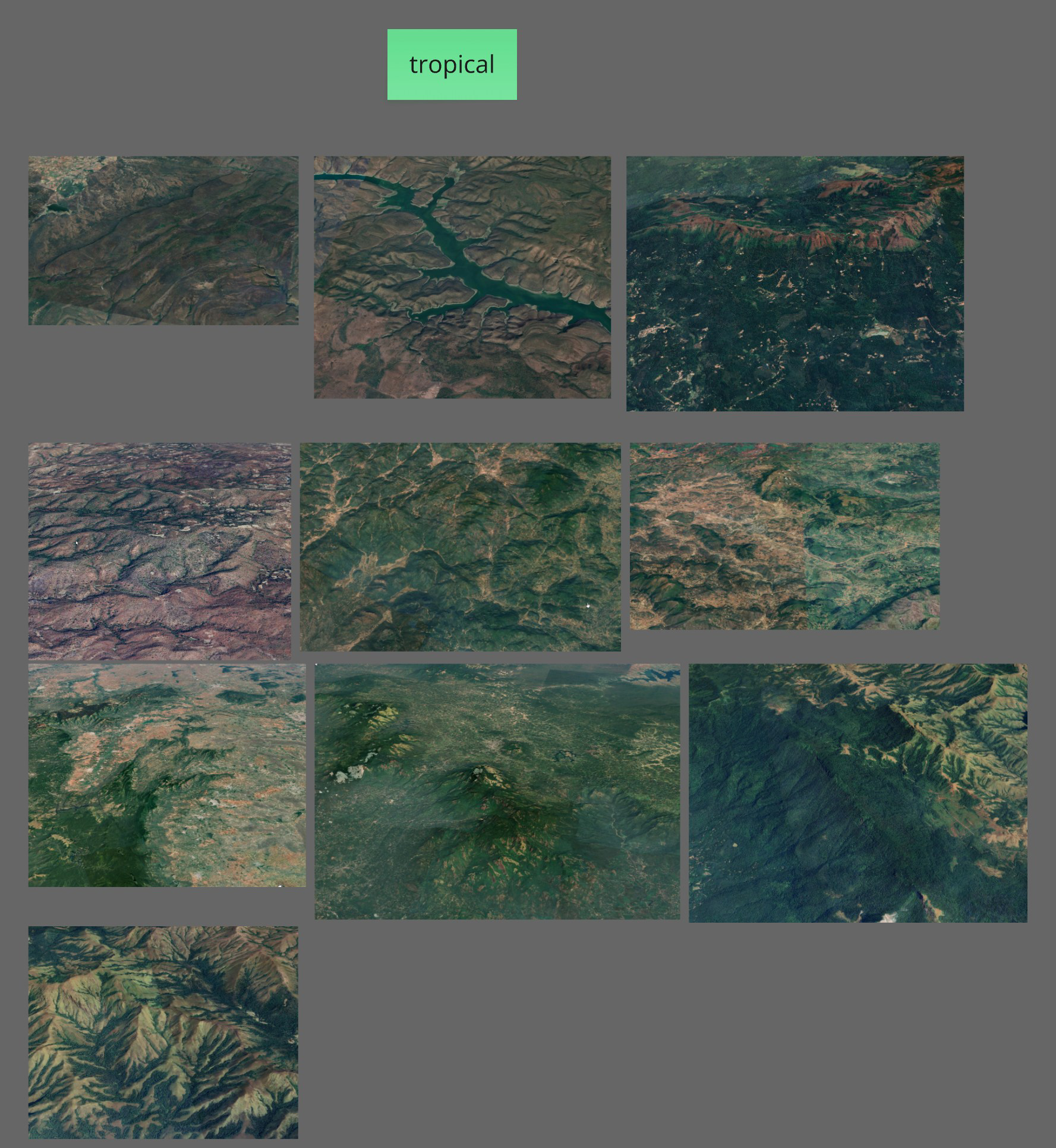
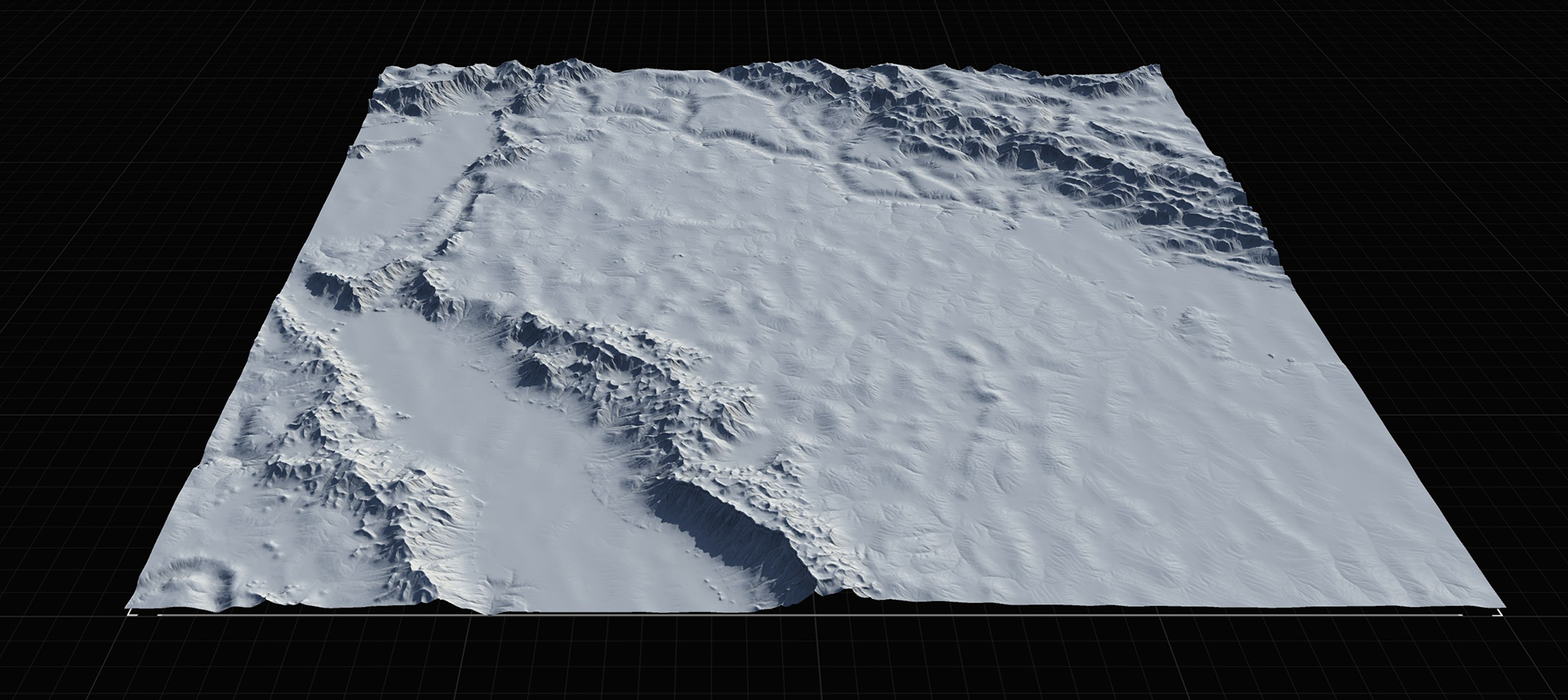
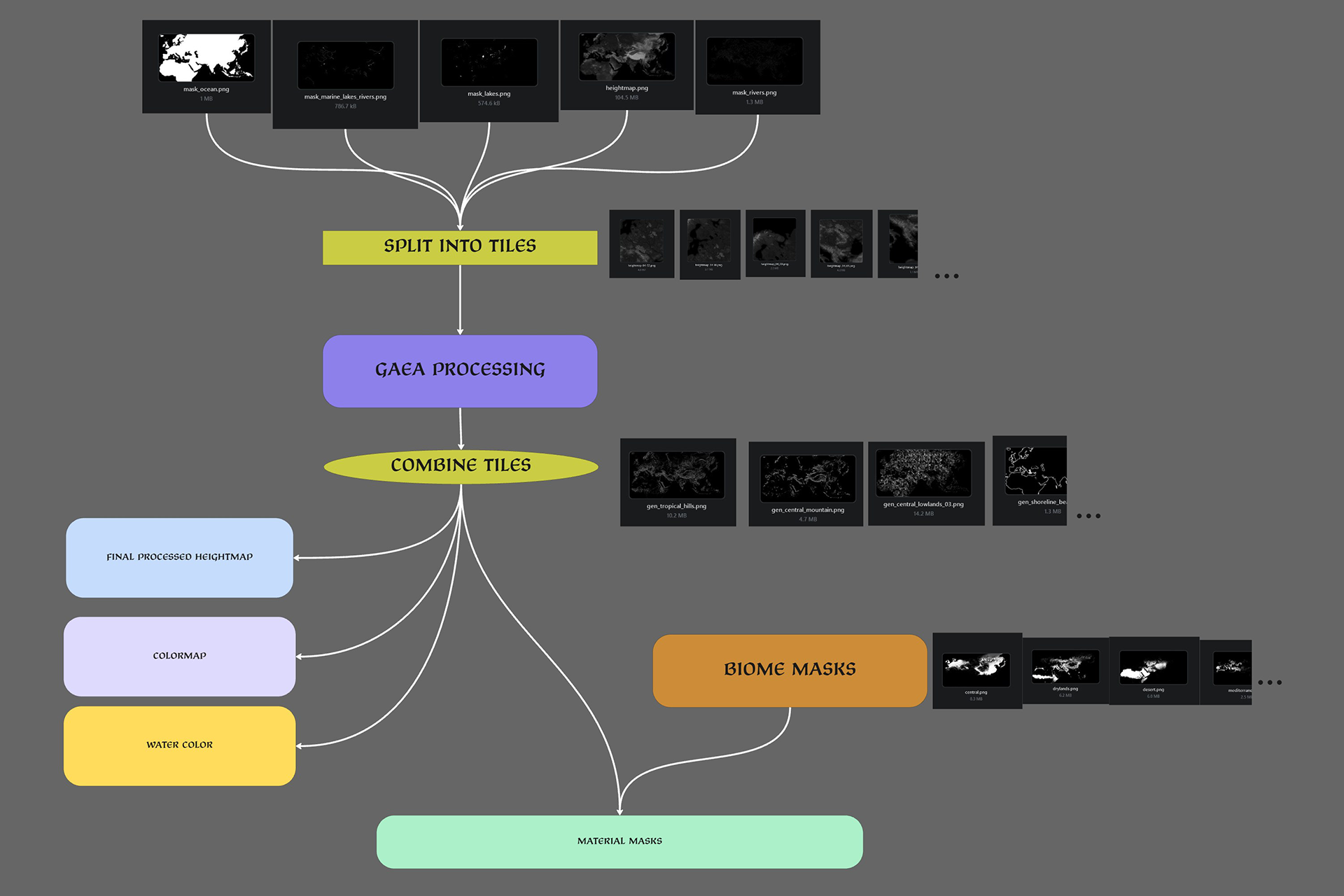
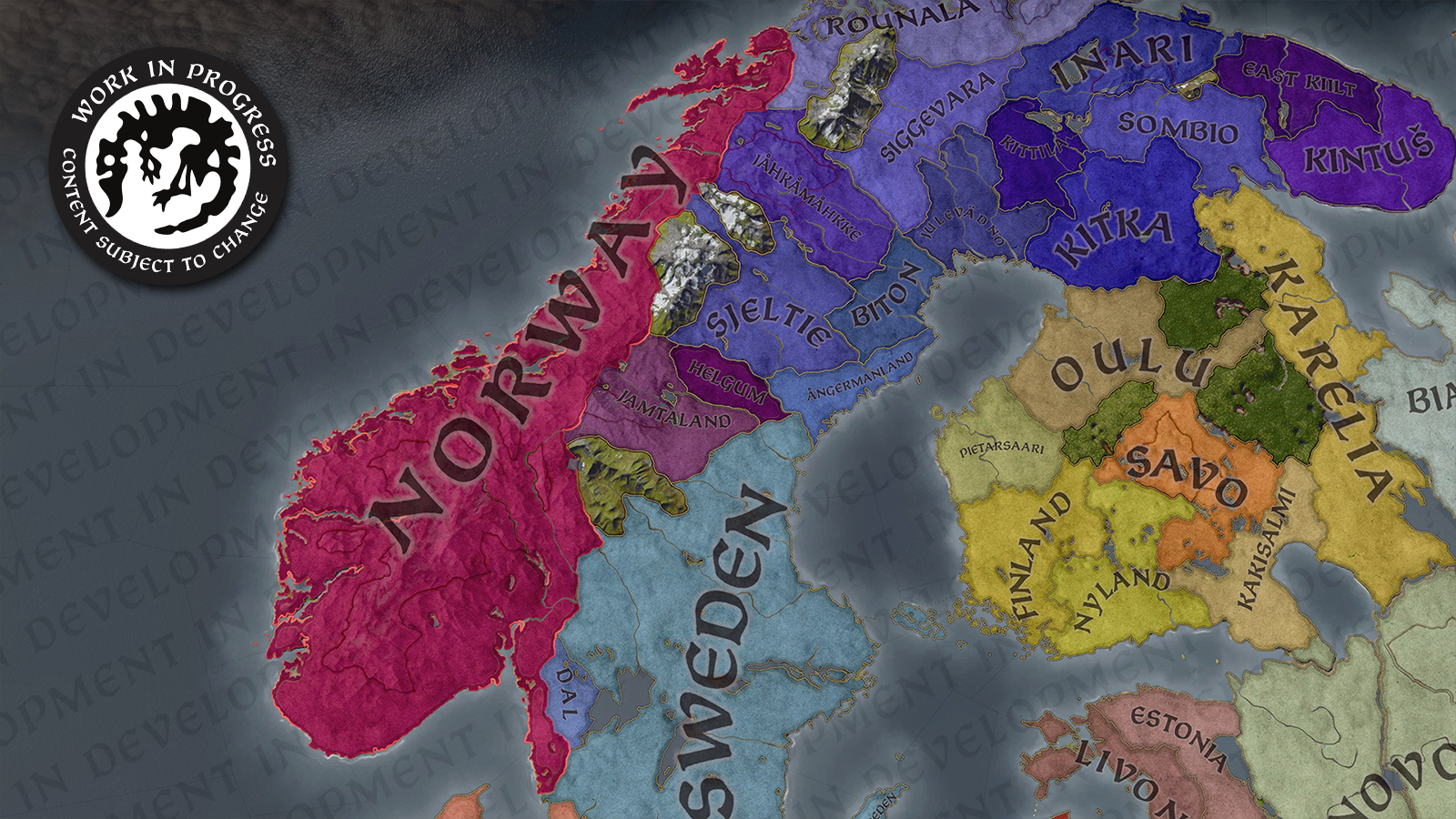
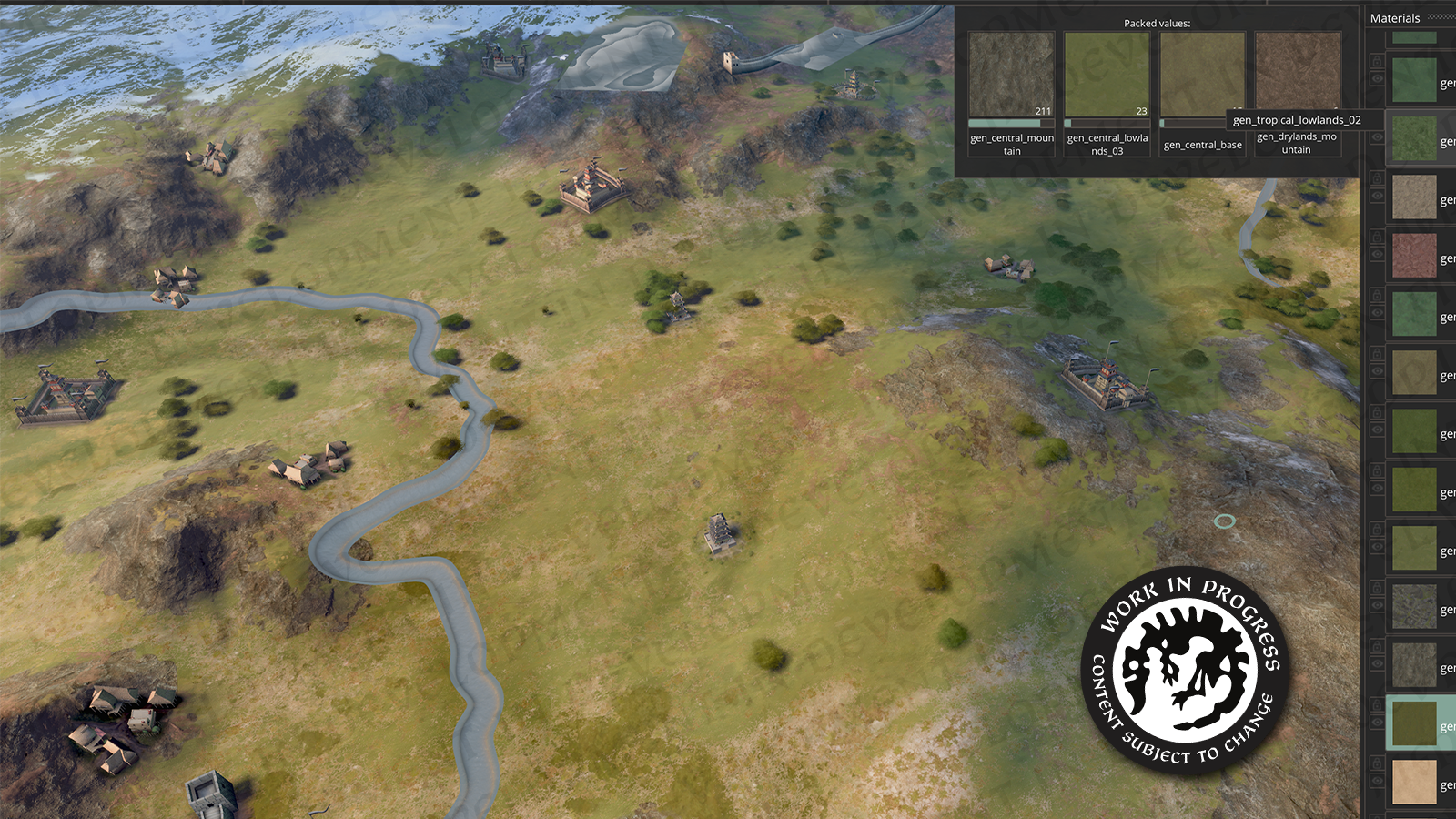

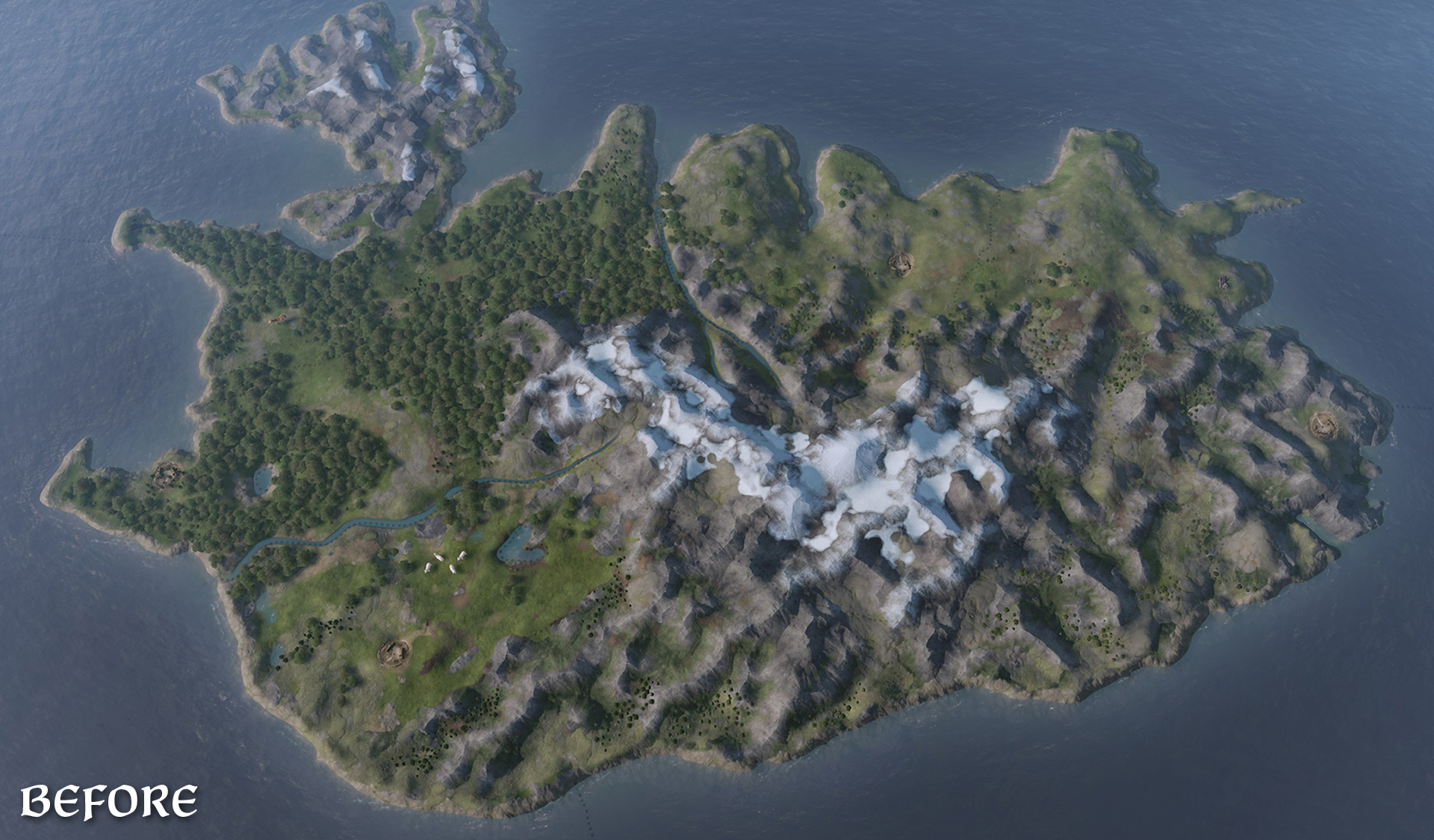
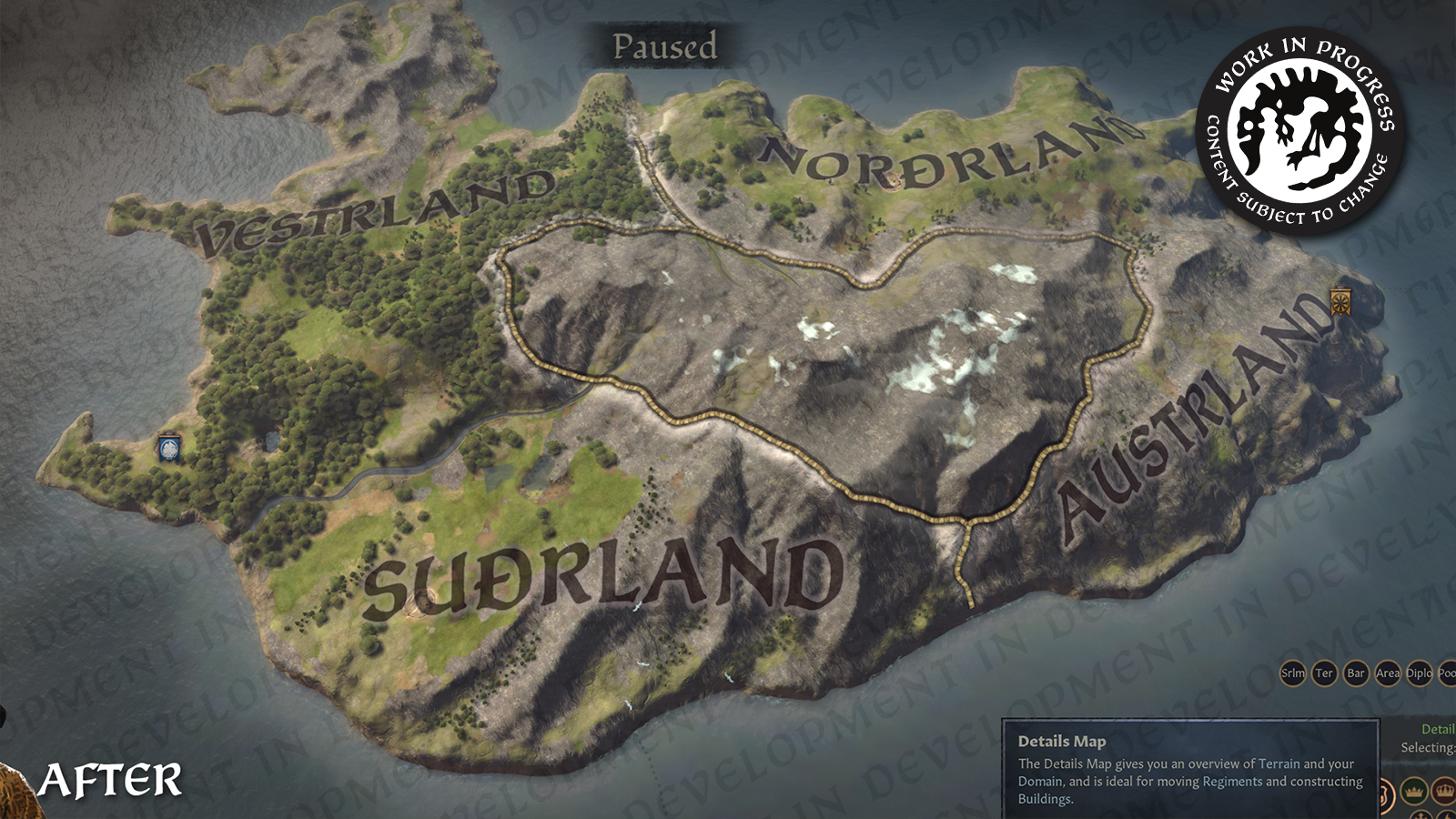
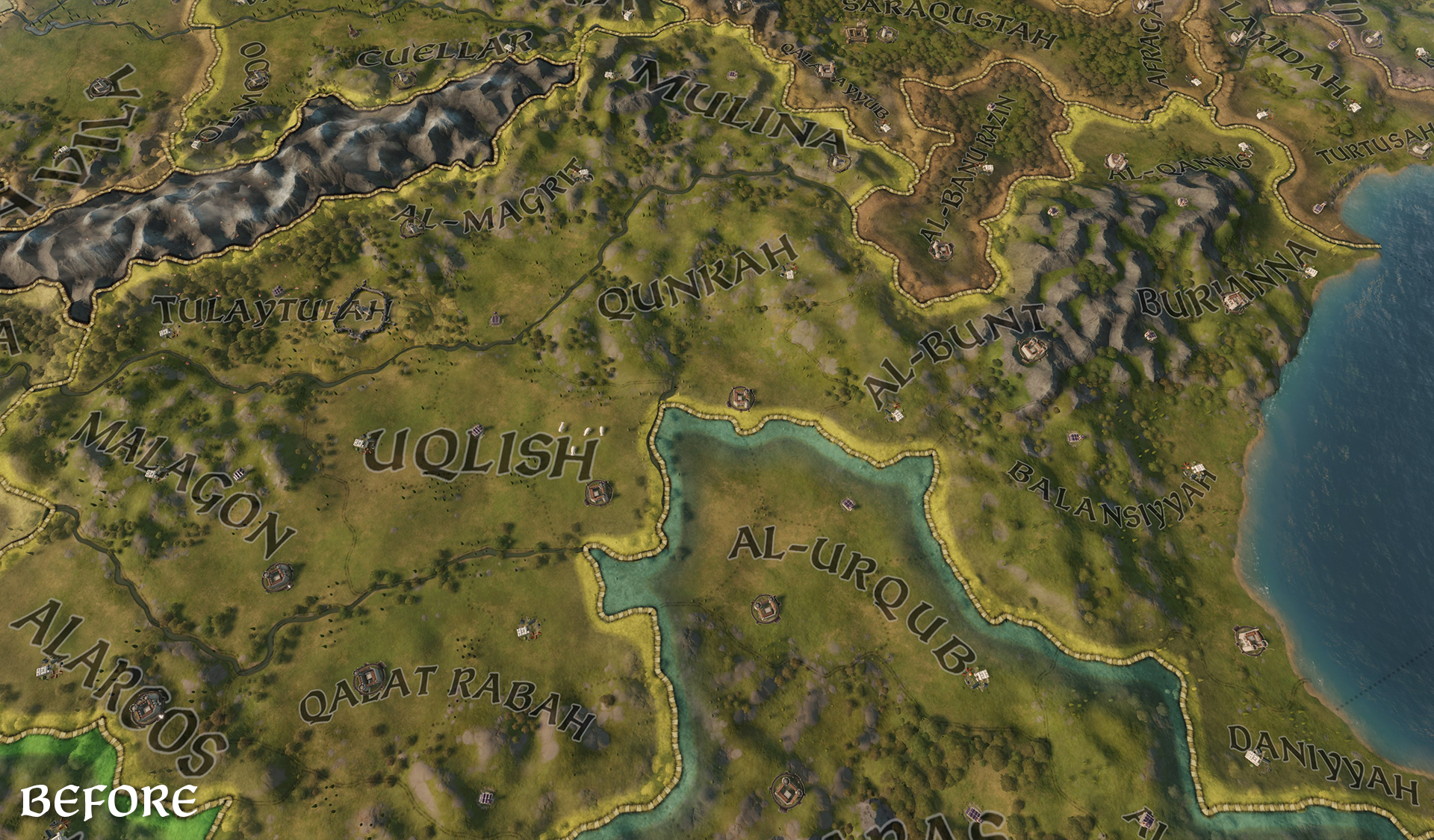
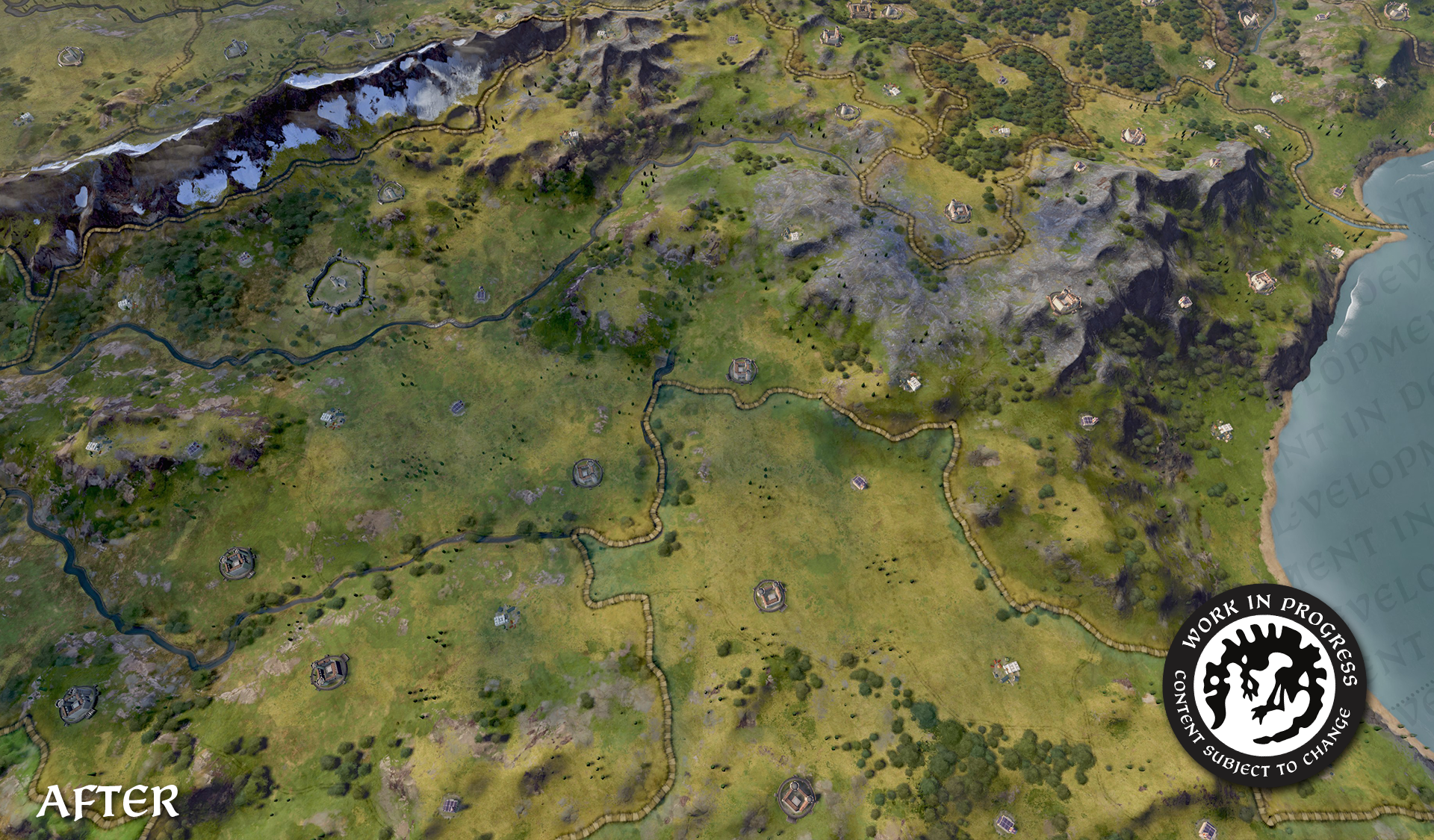
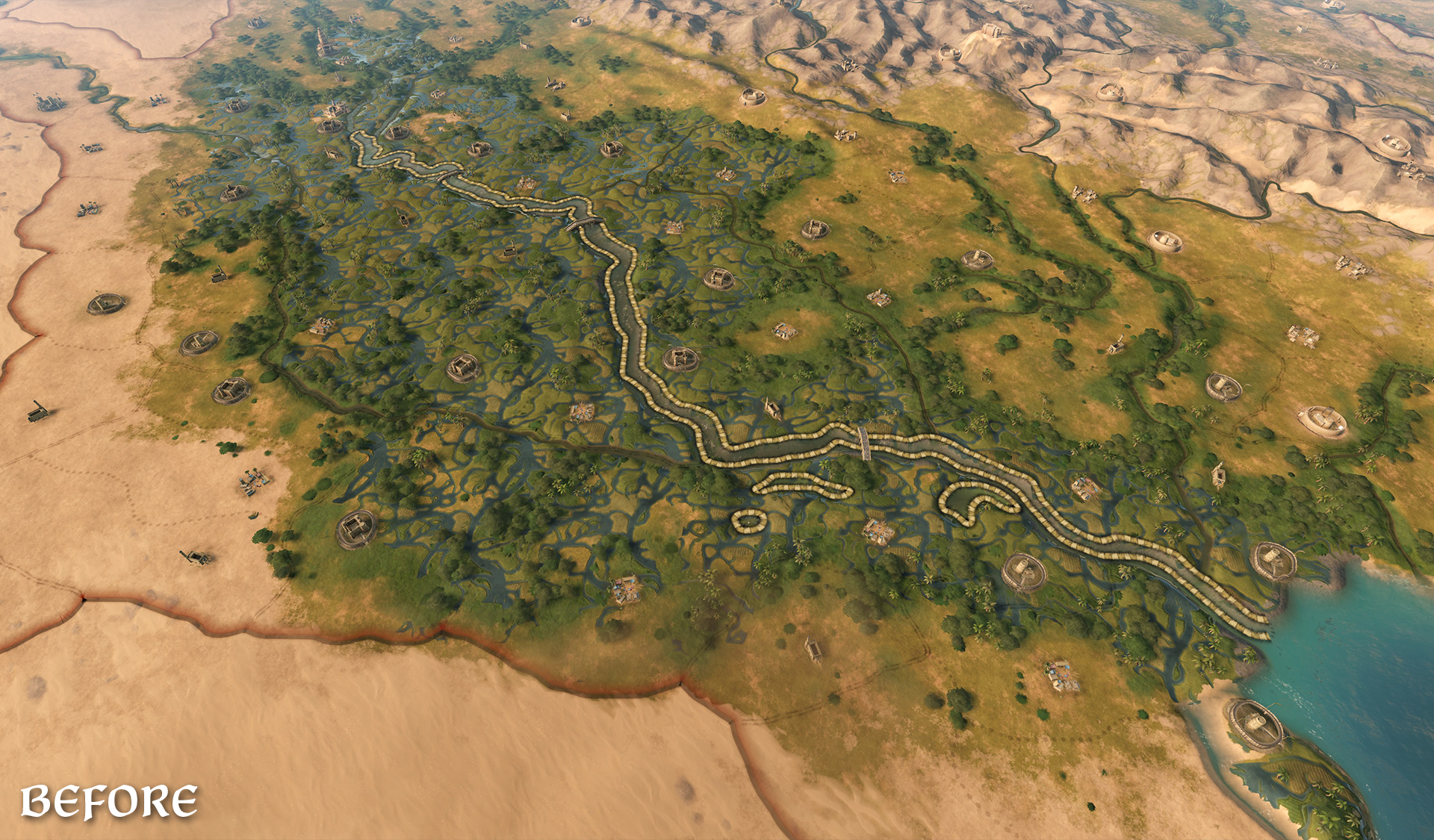
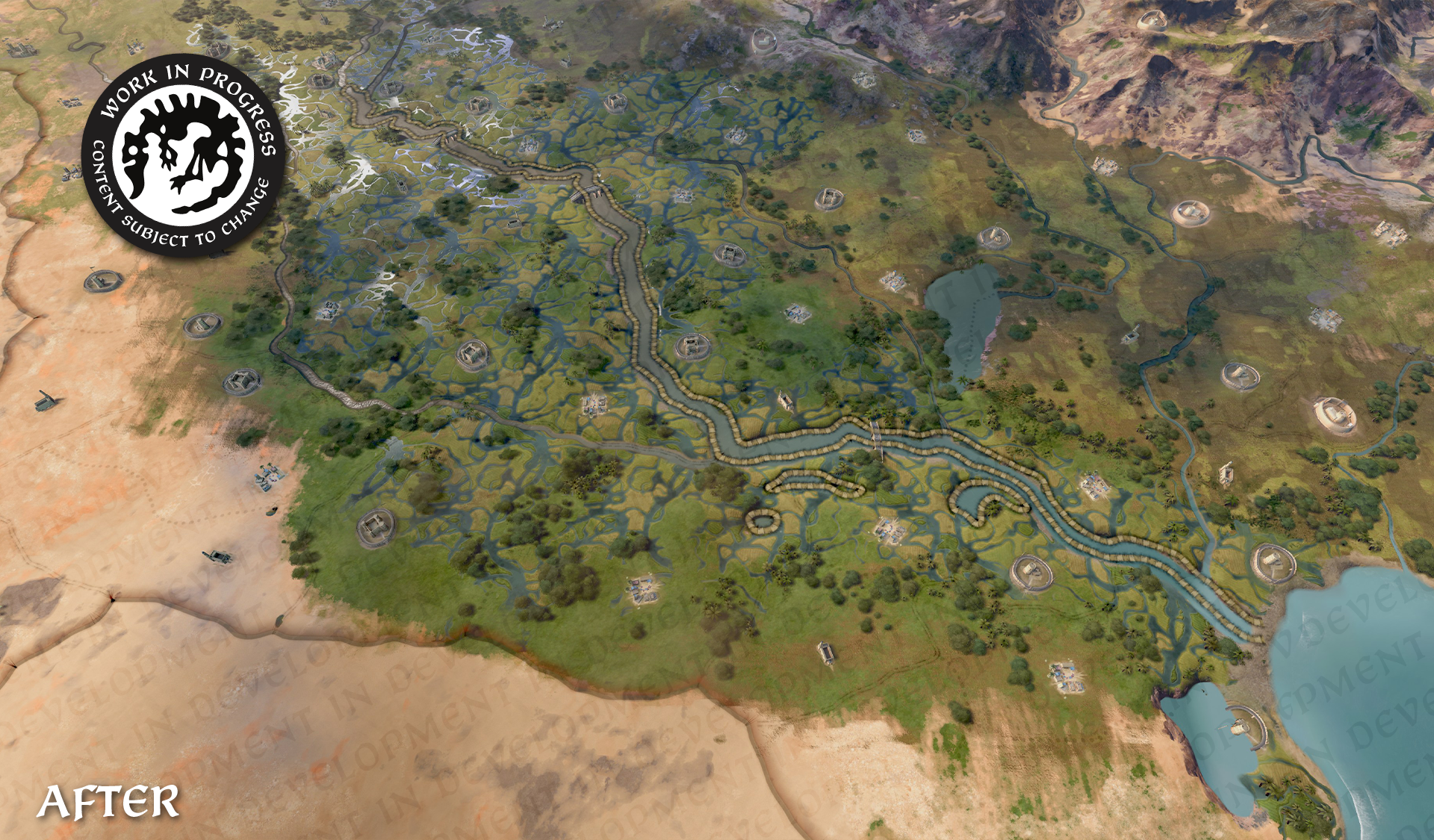
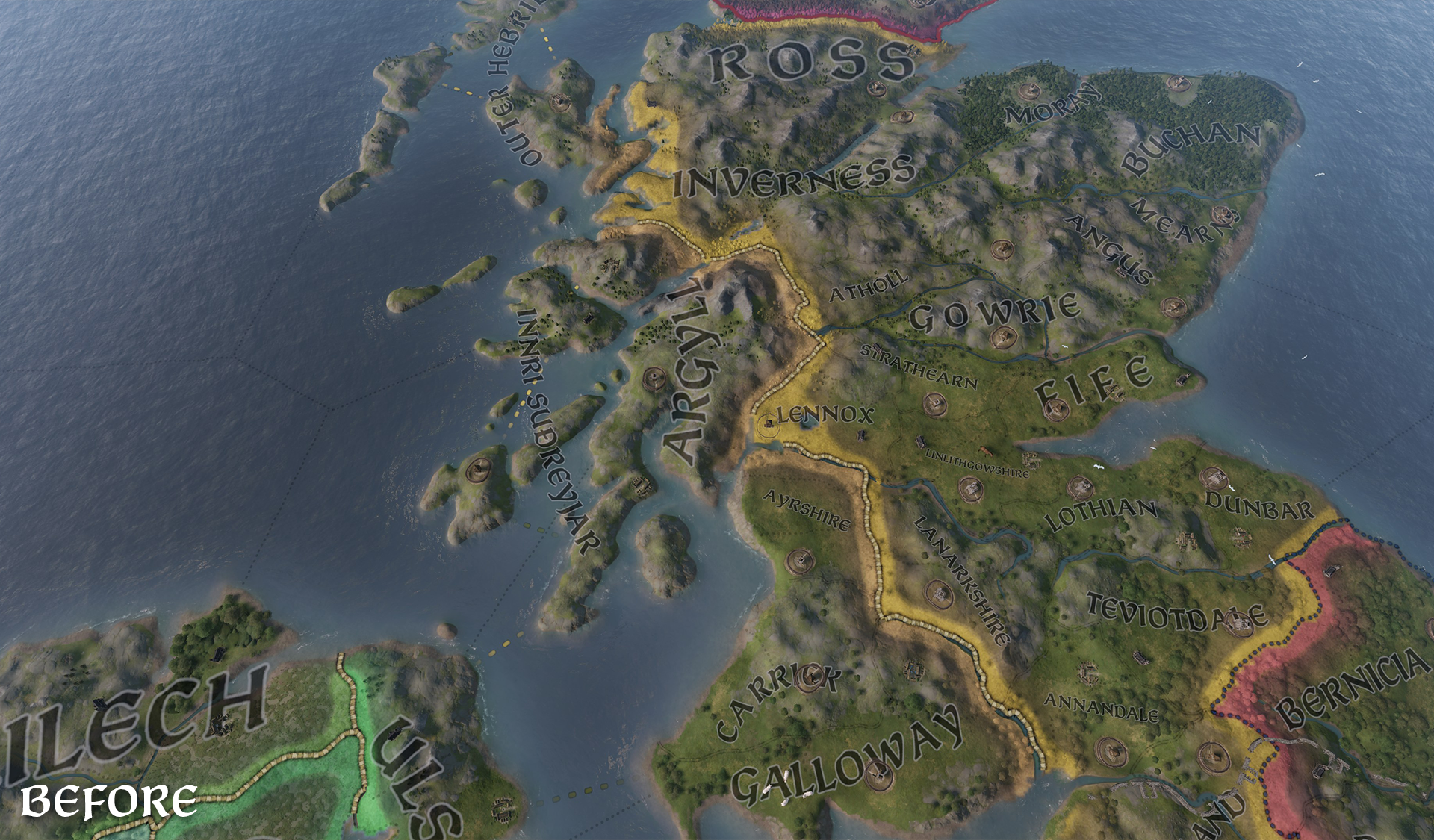

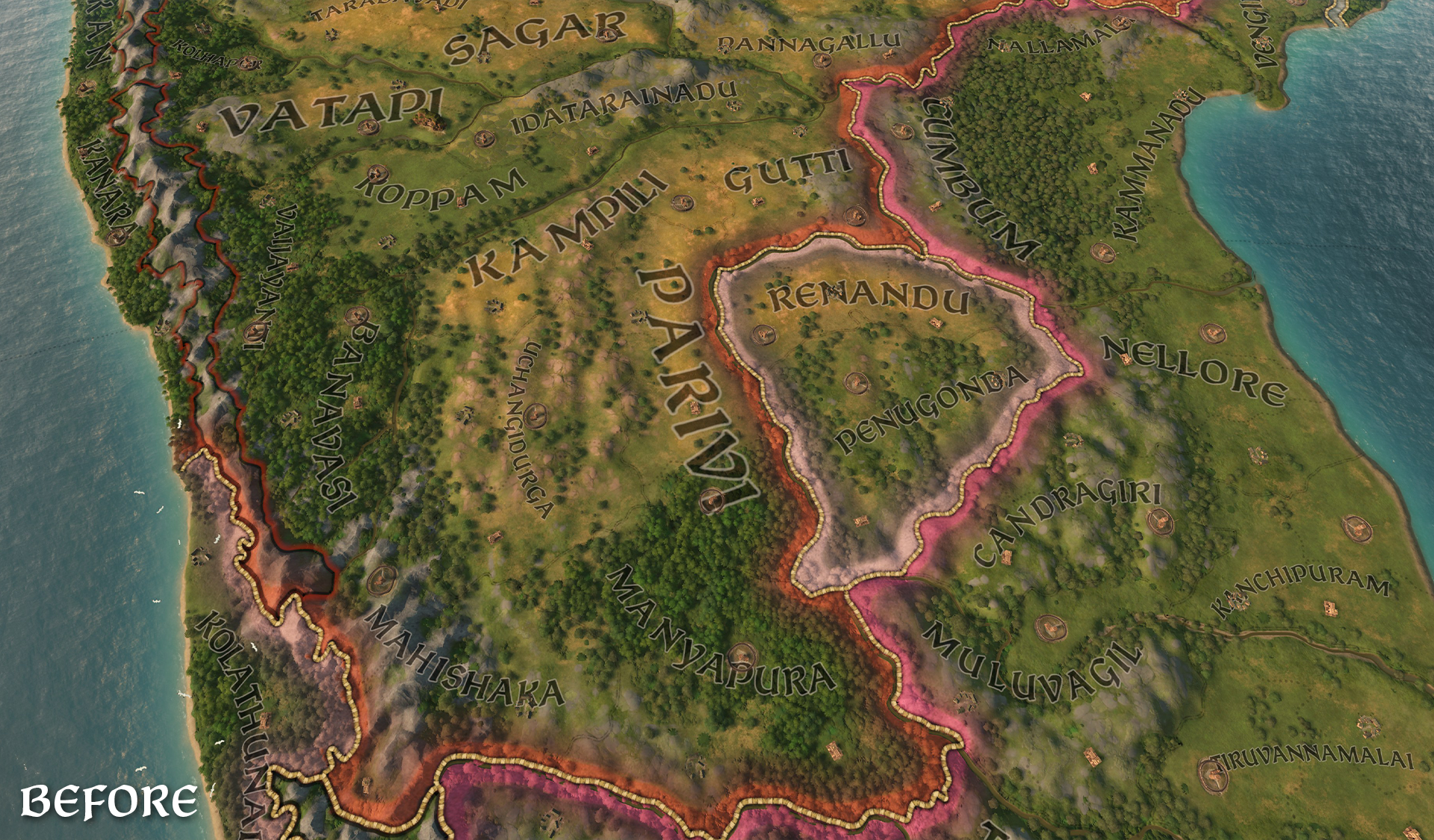
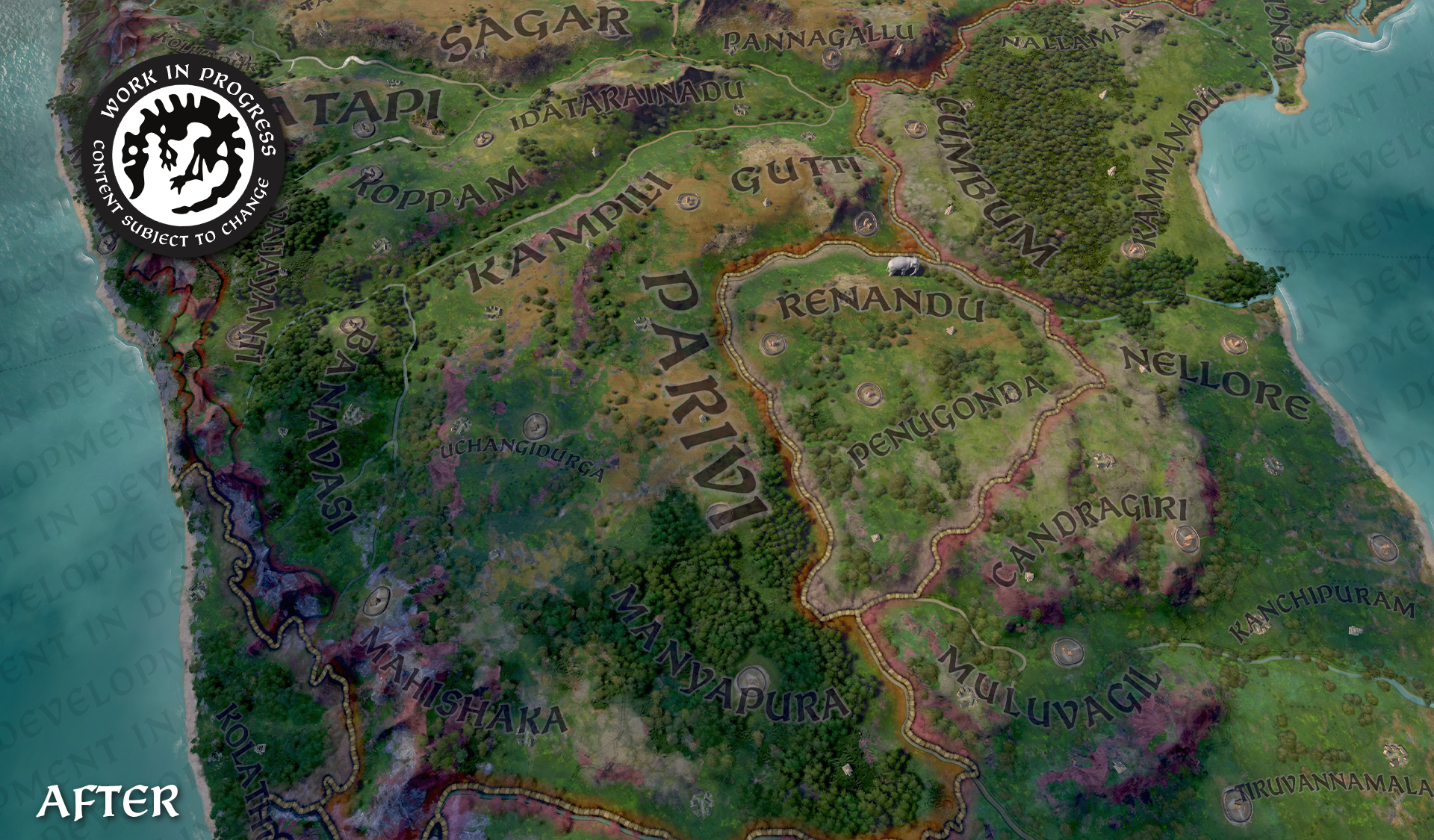
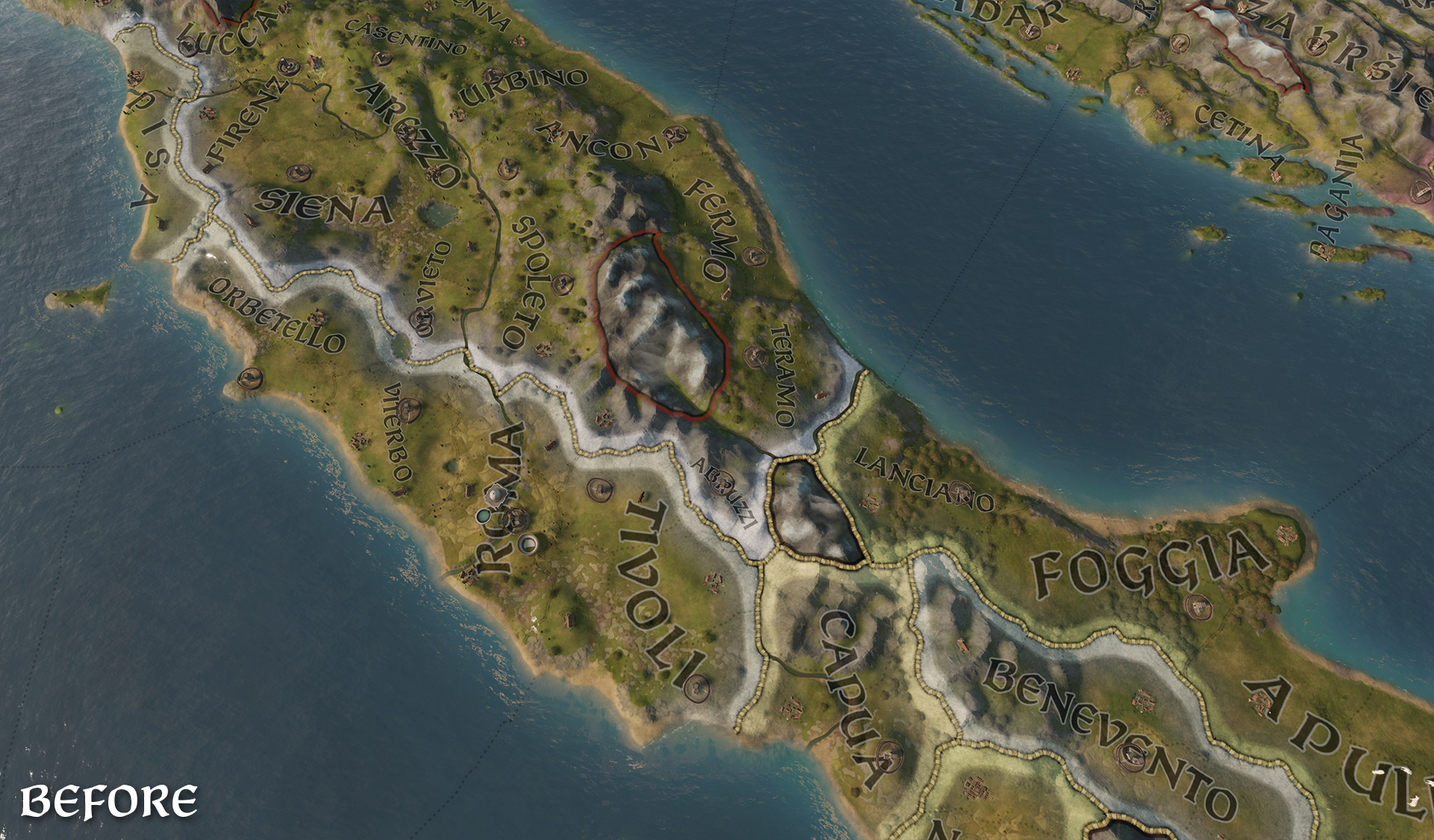
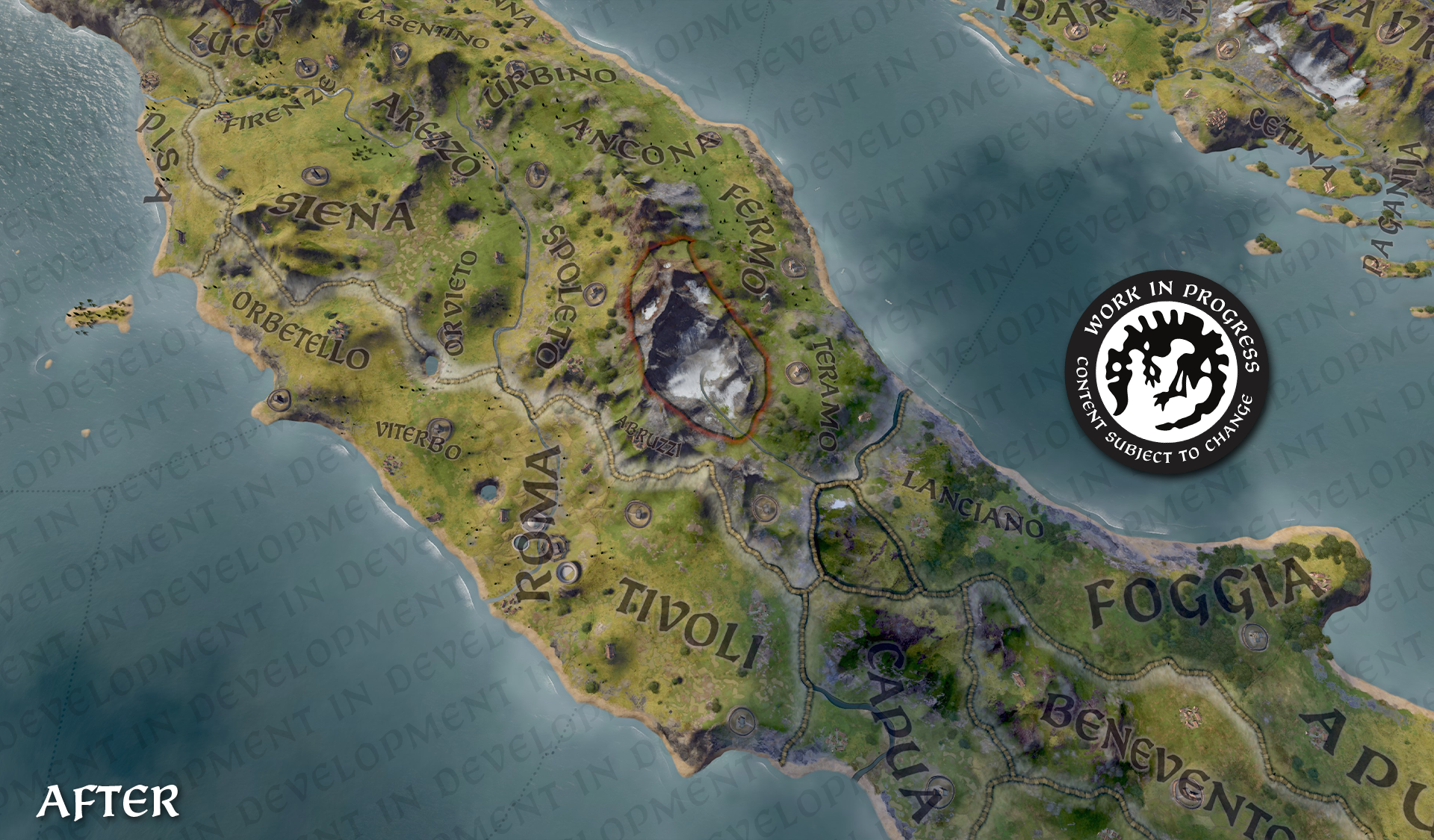



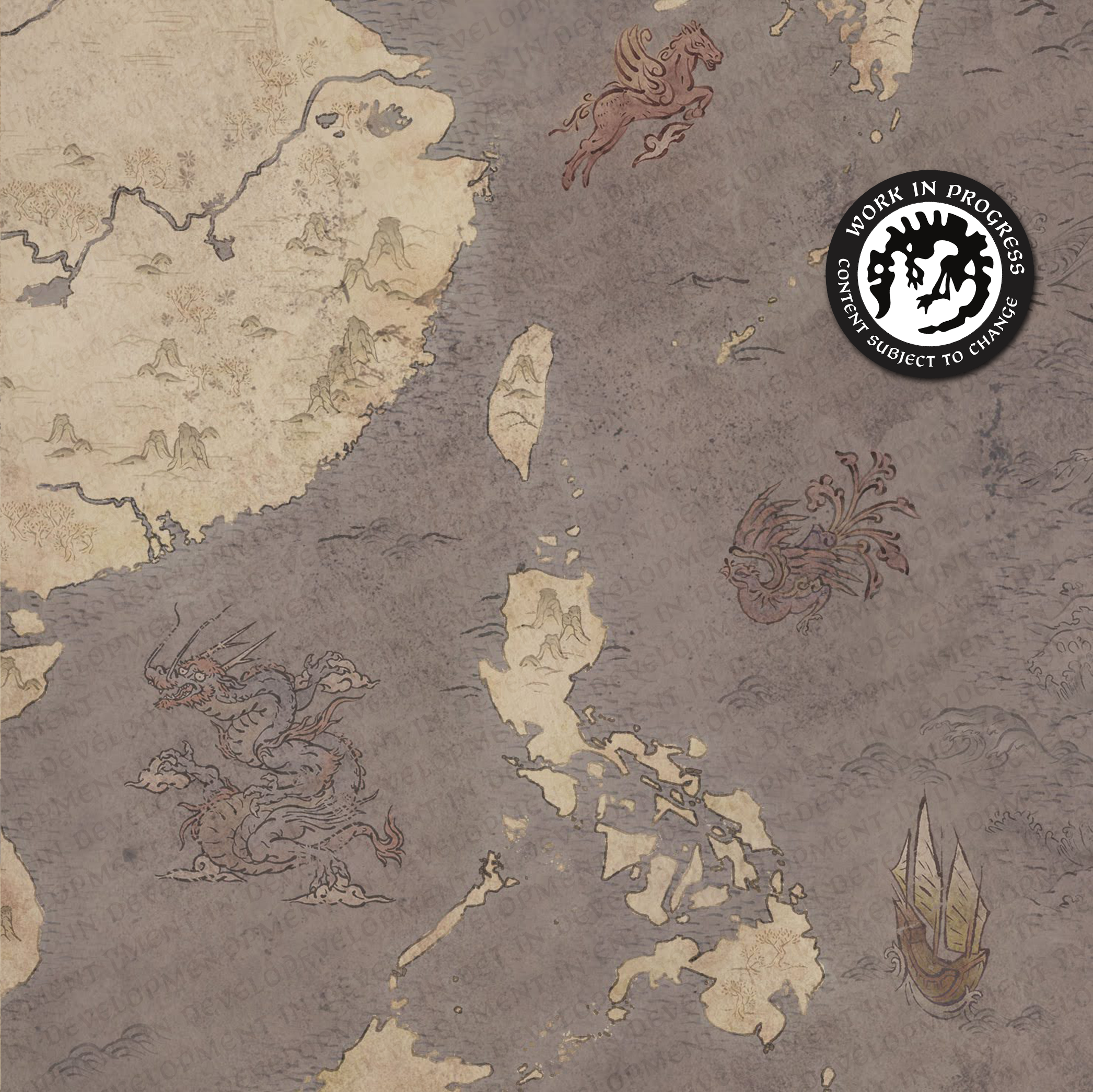
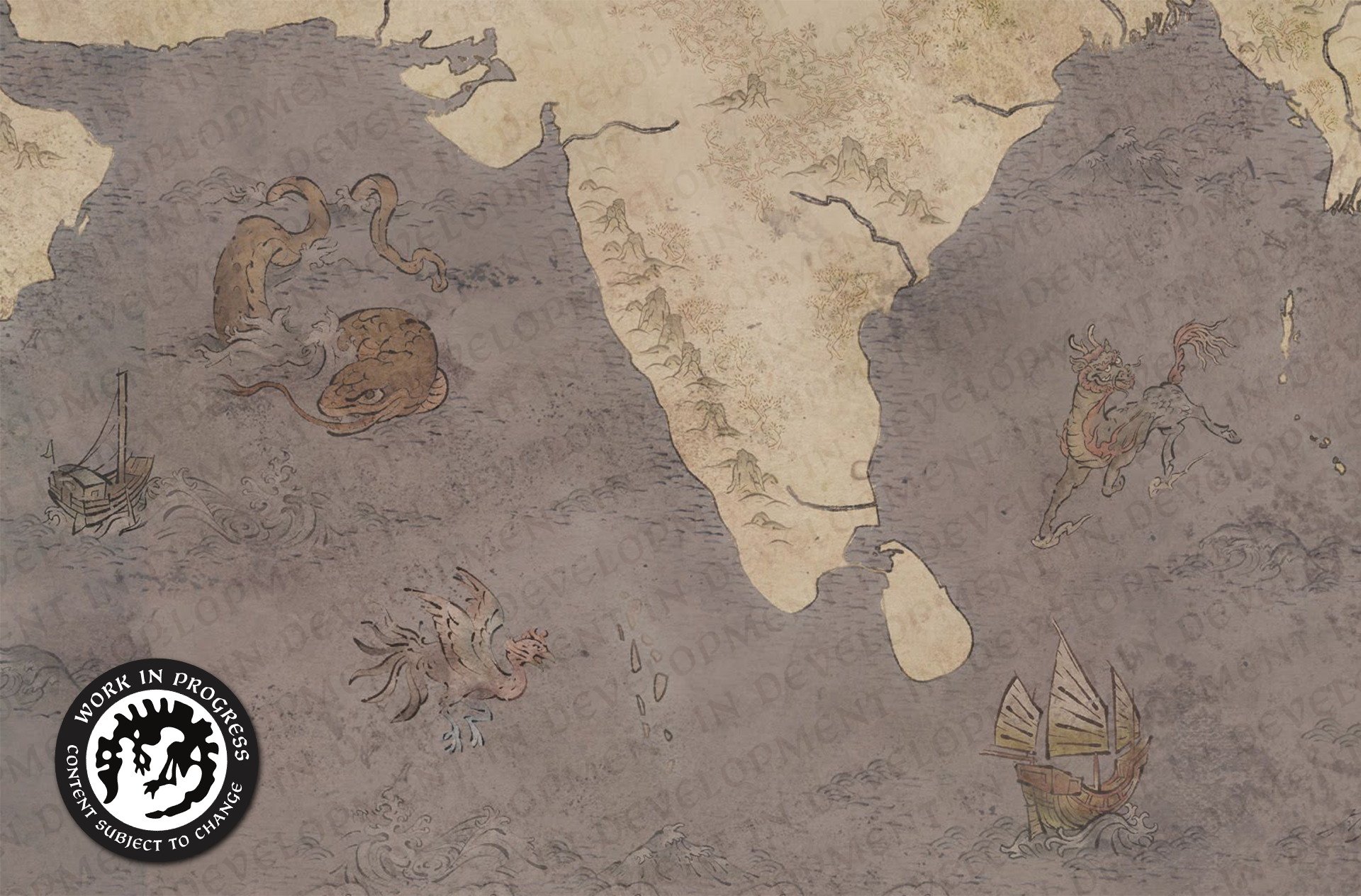
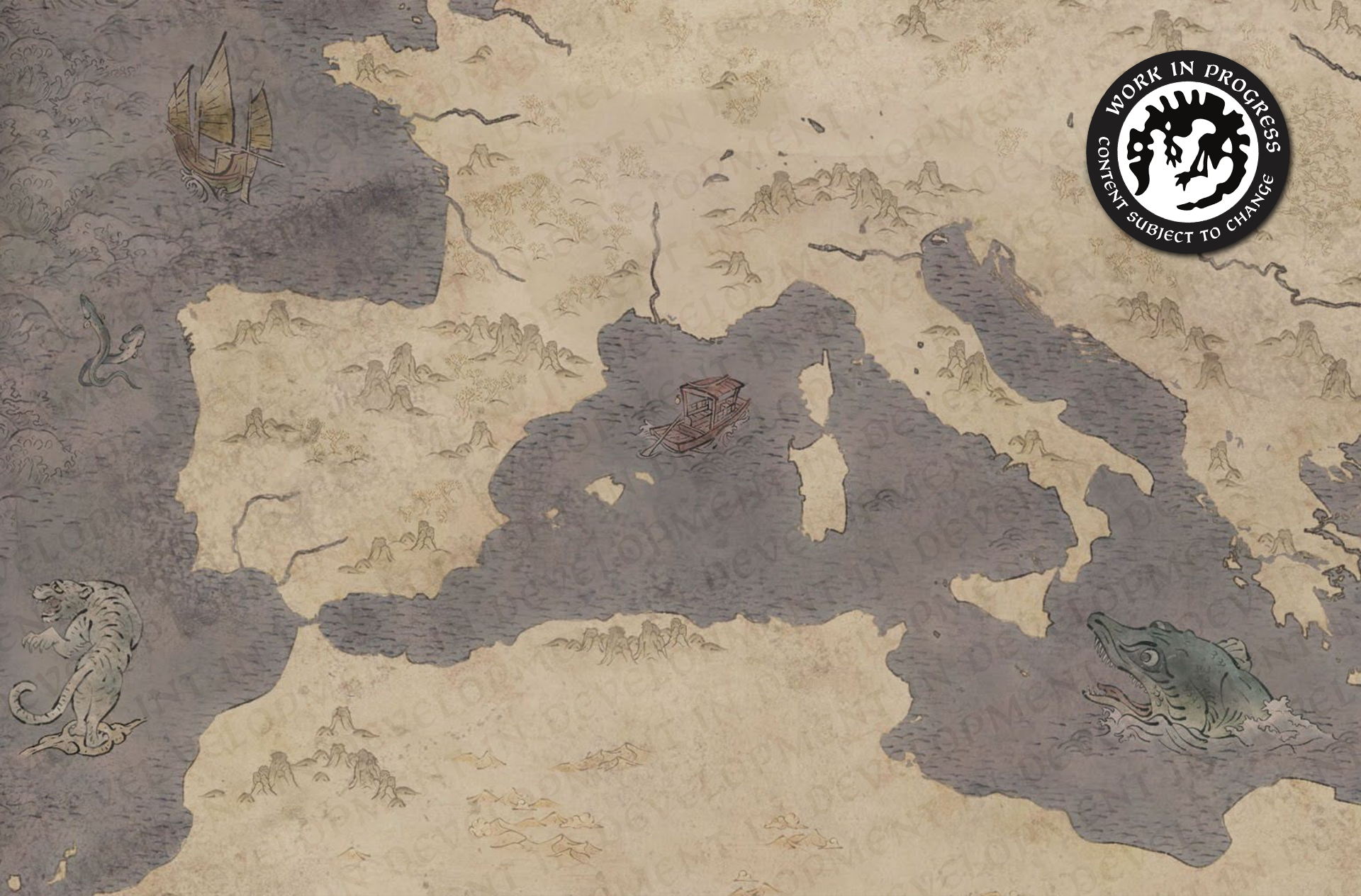
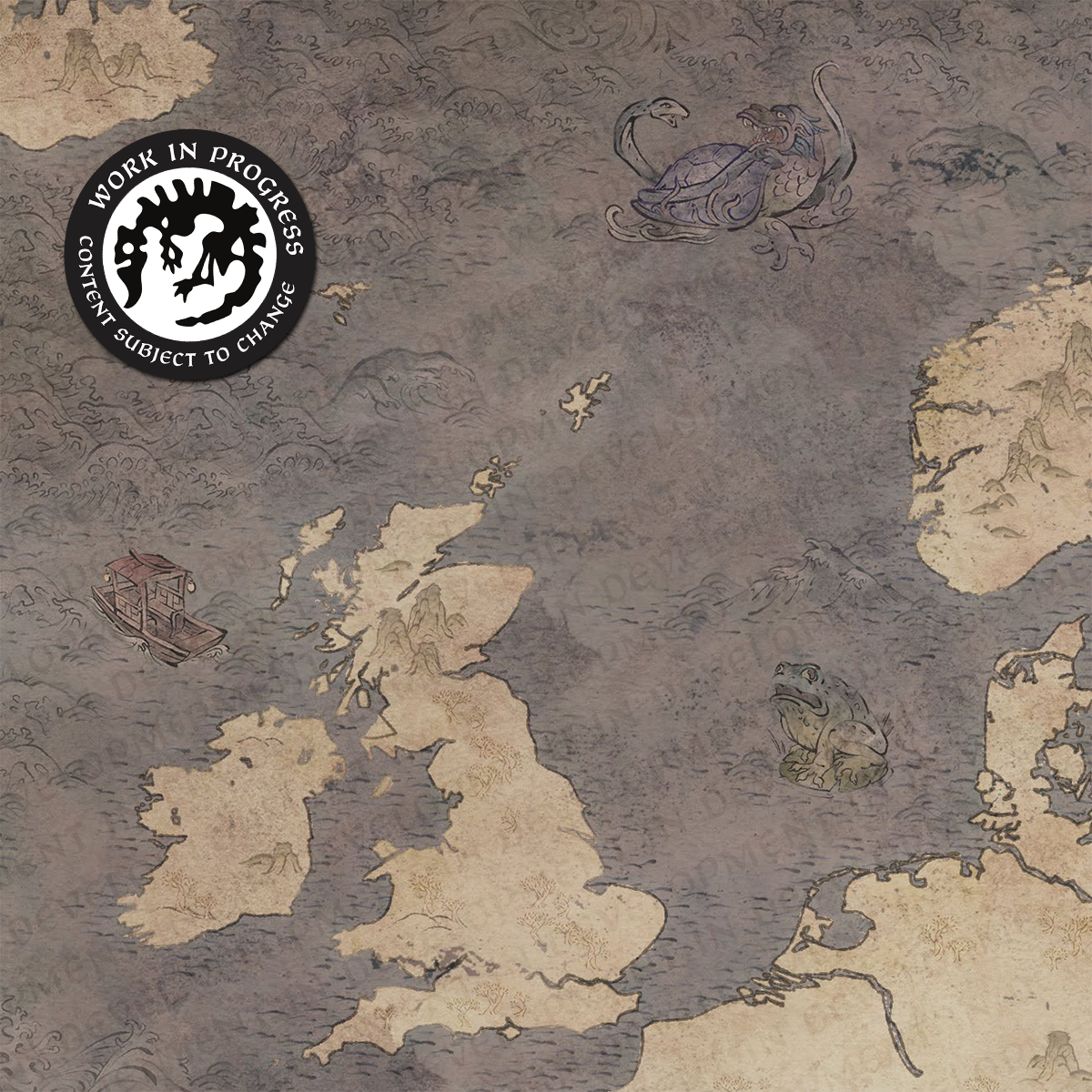
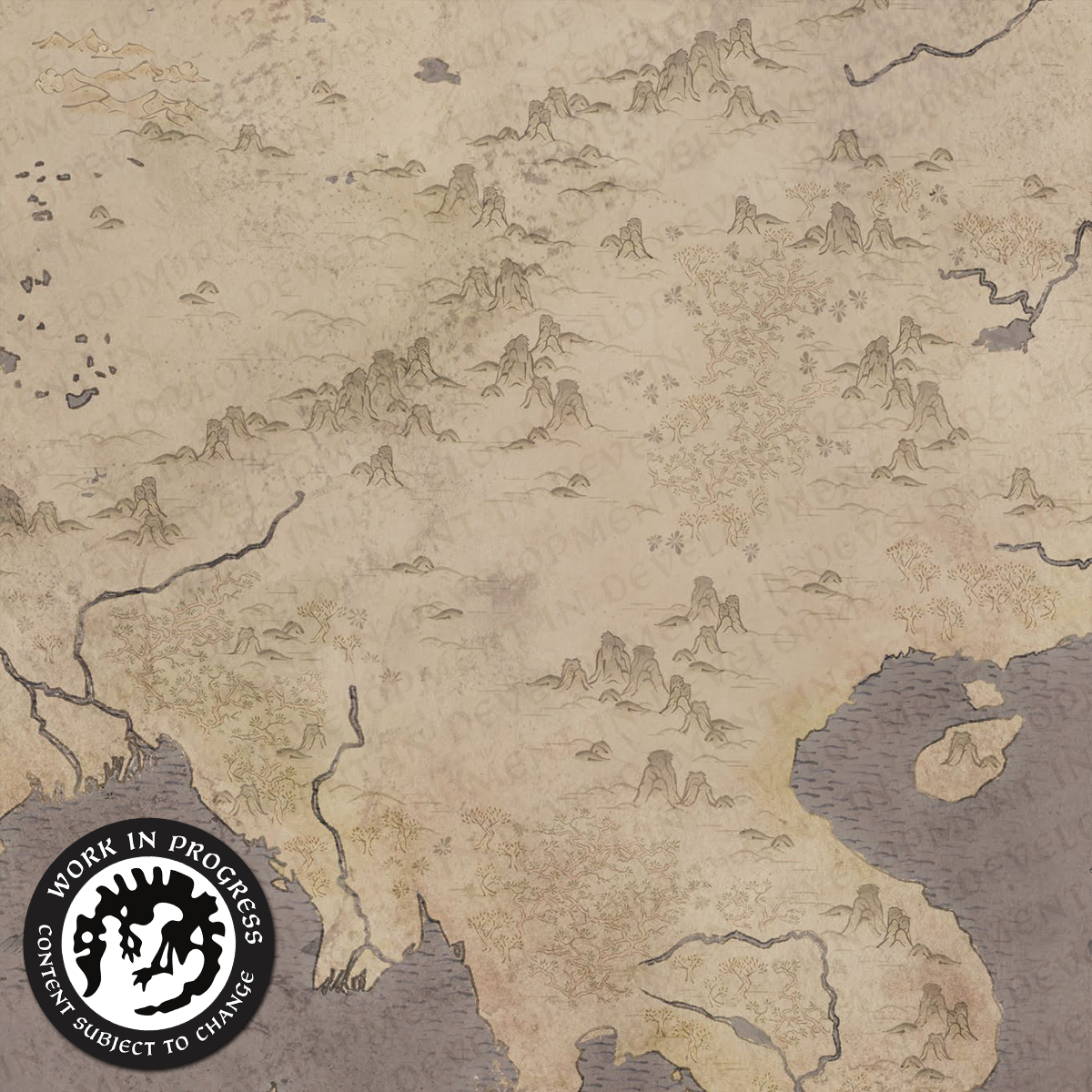
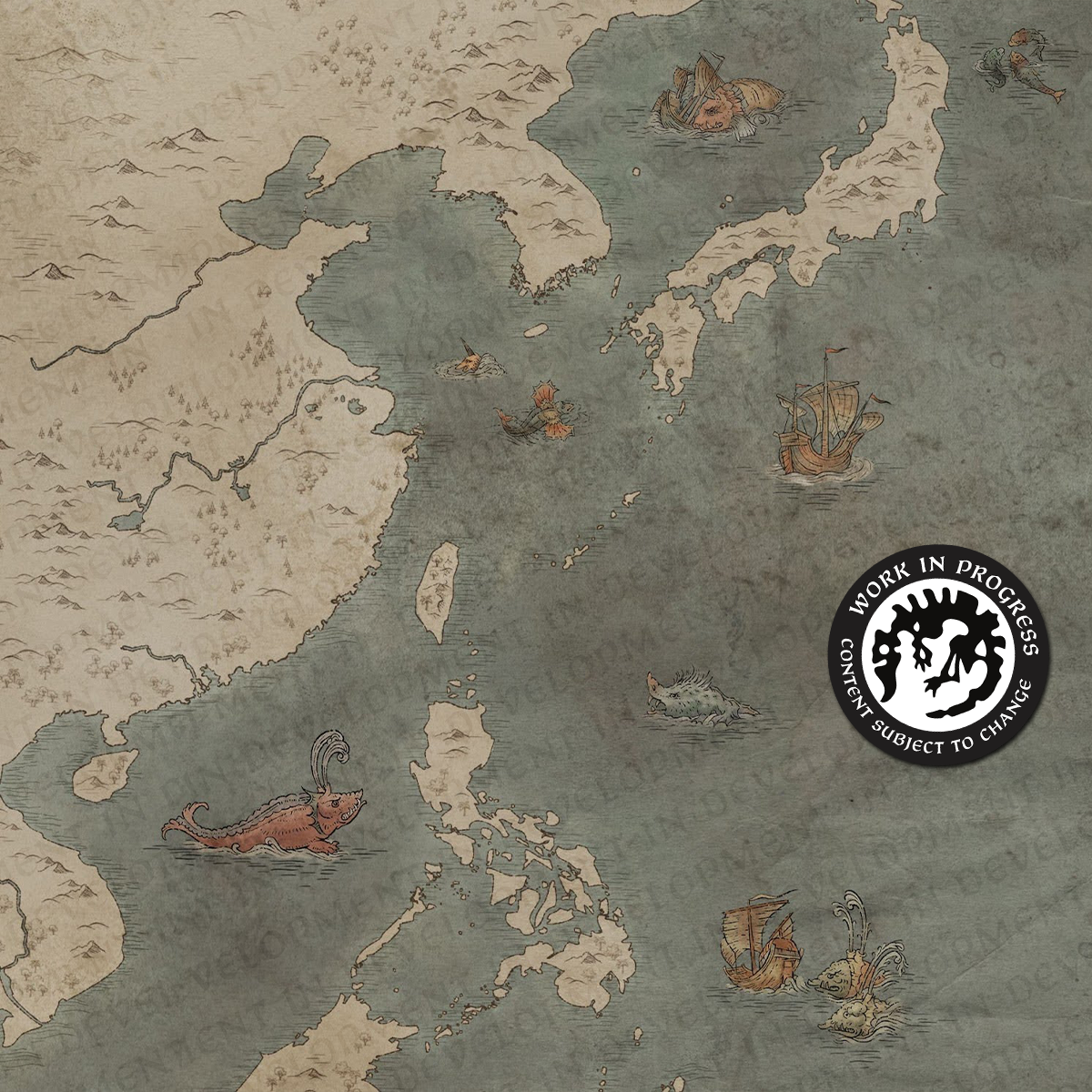
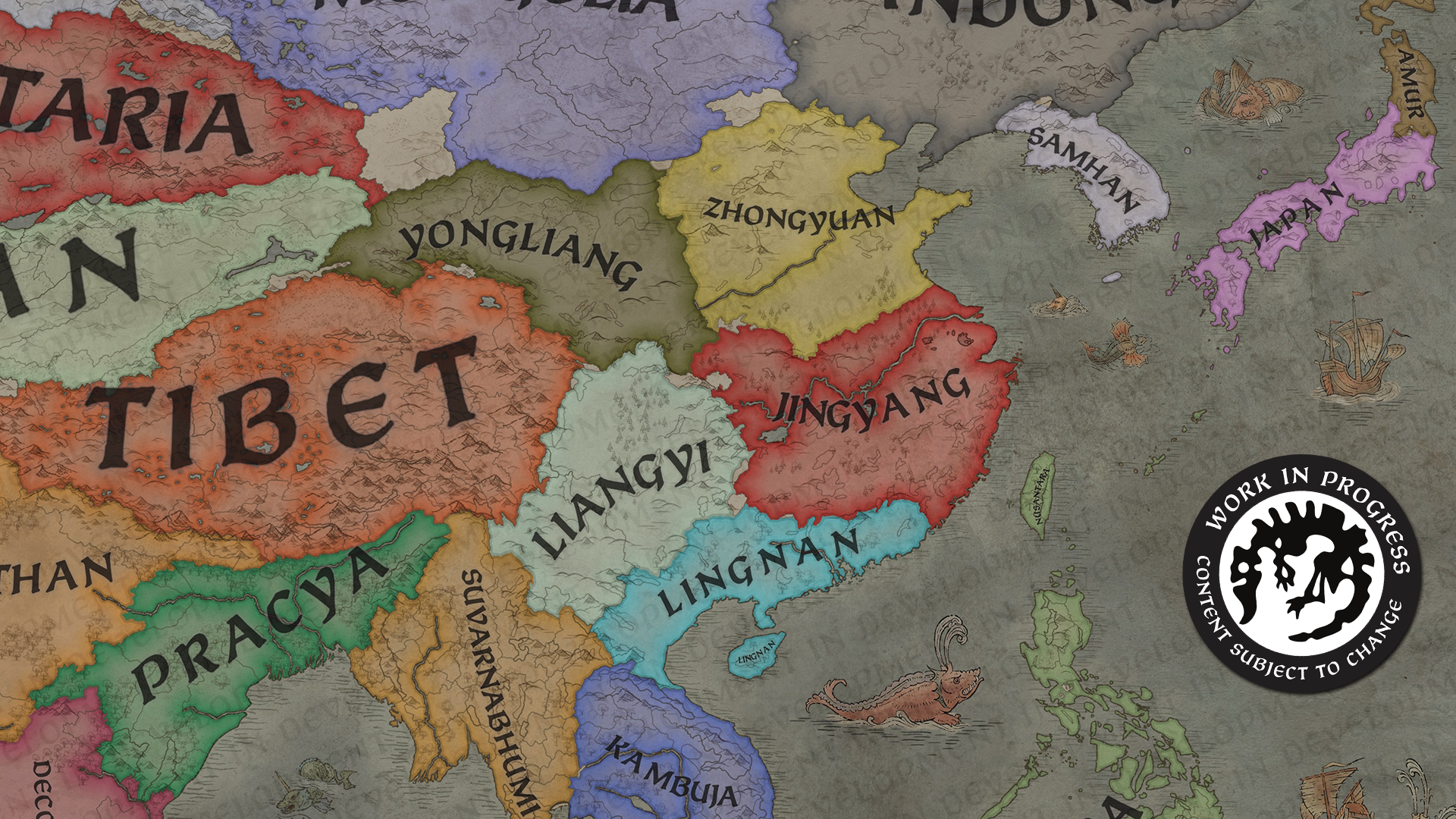
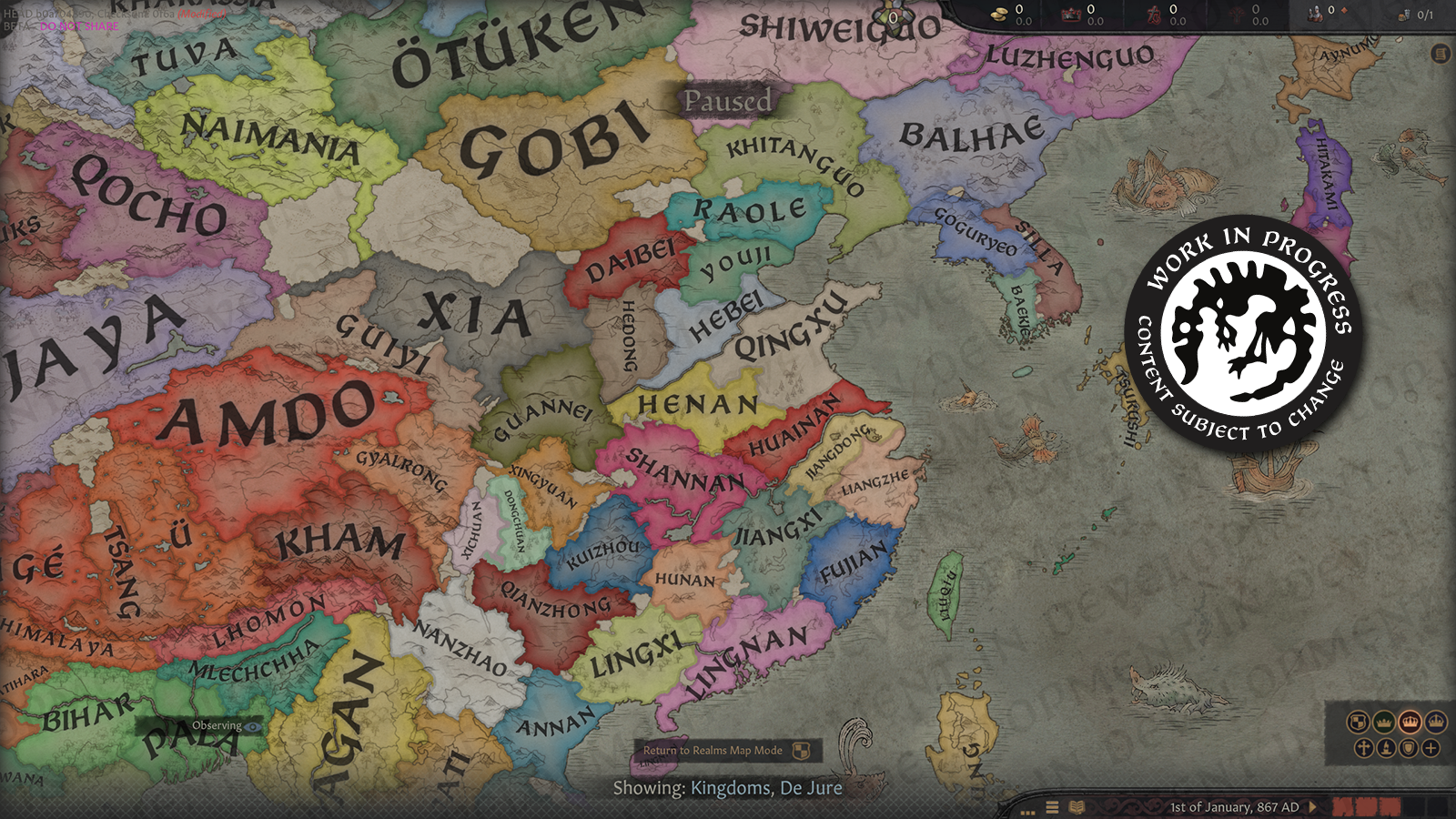
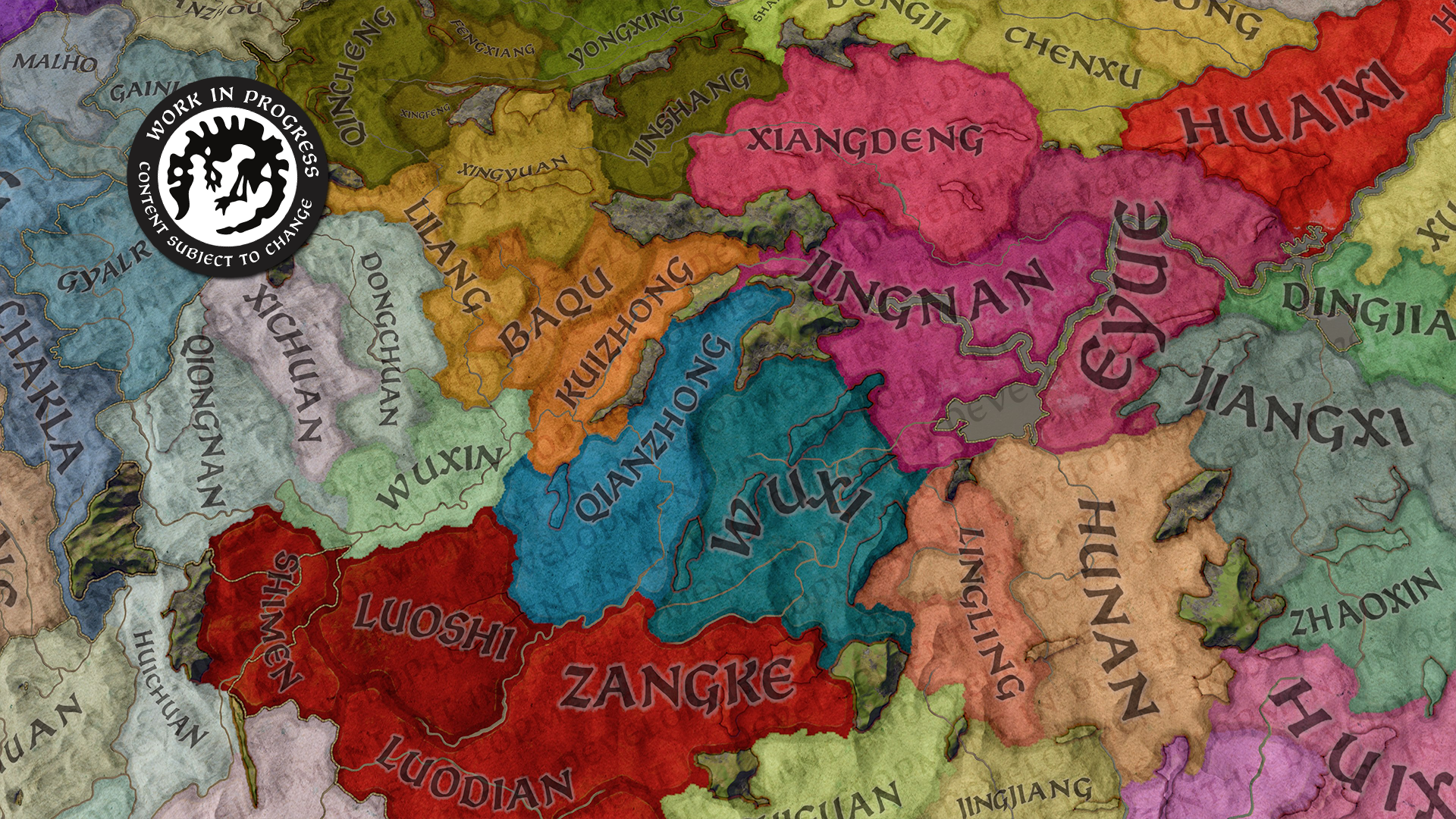

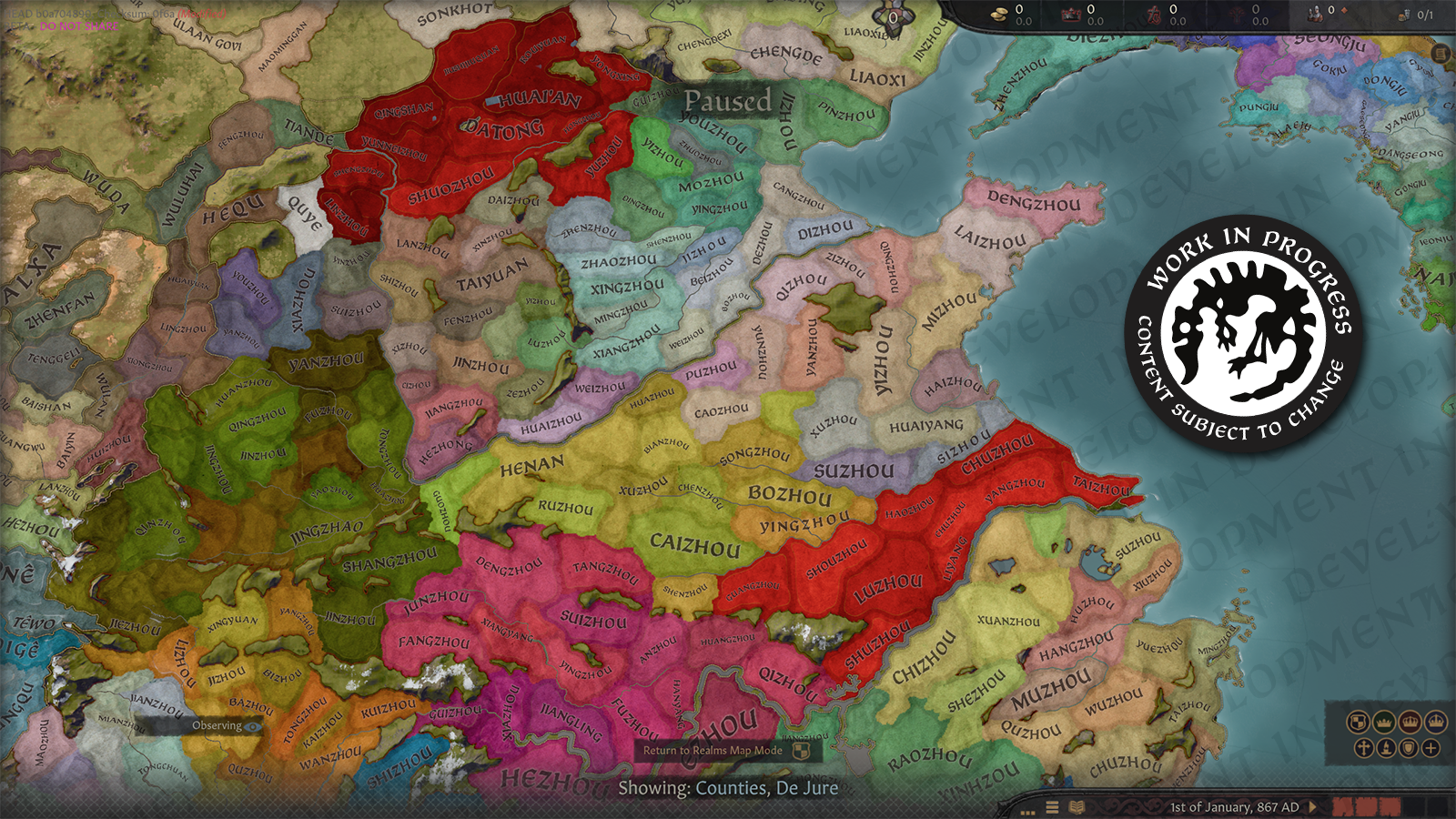
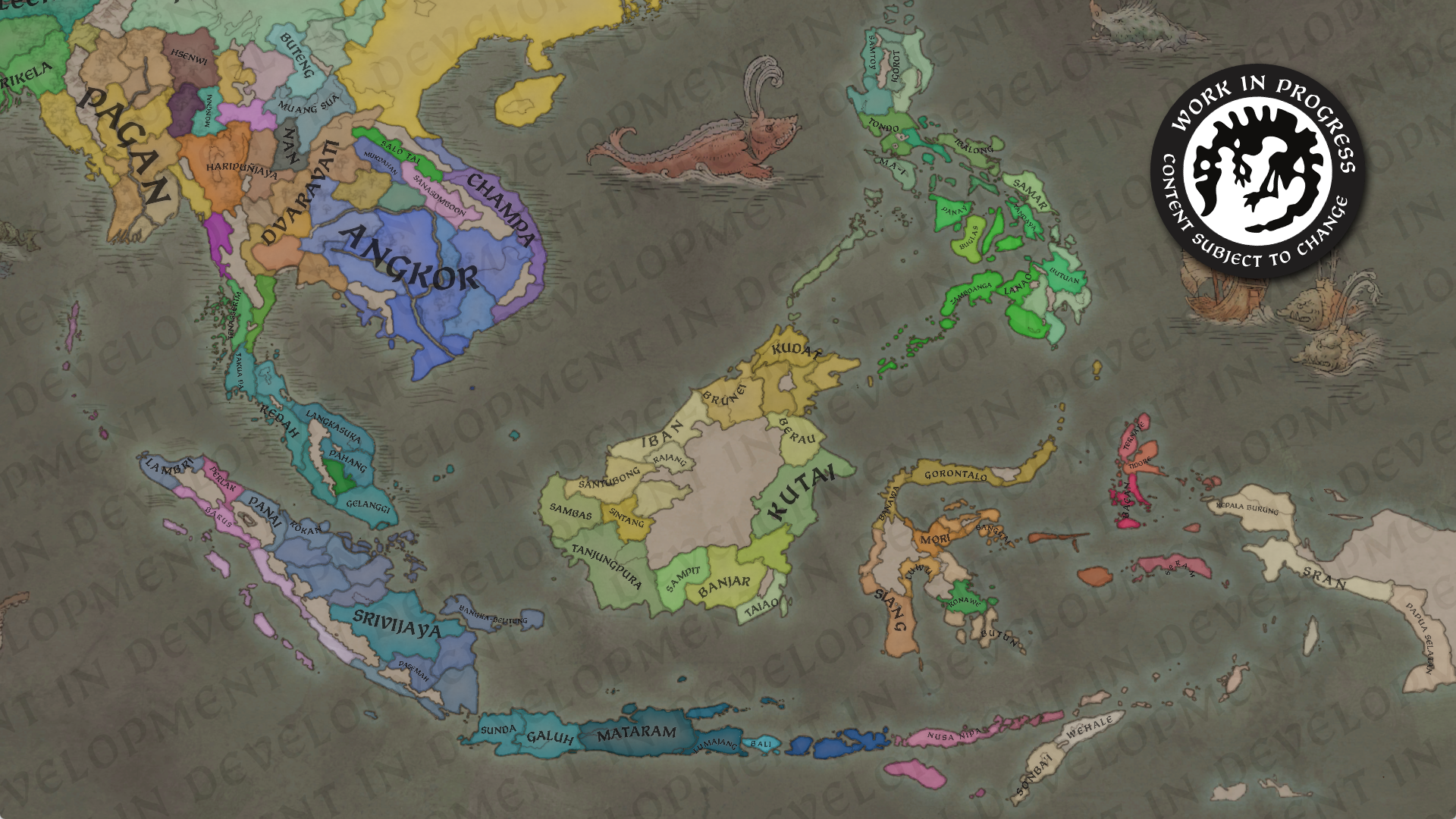 \[Screenshot of Southeast Asia in the 867 start]
\[Screenshot of Southeast Asia in the 867 start]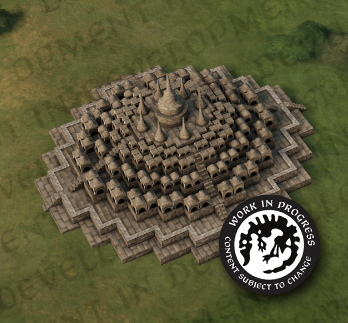
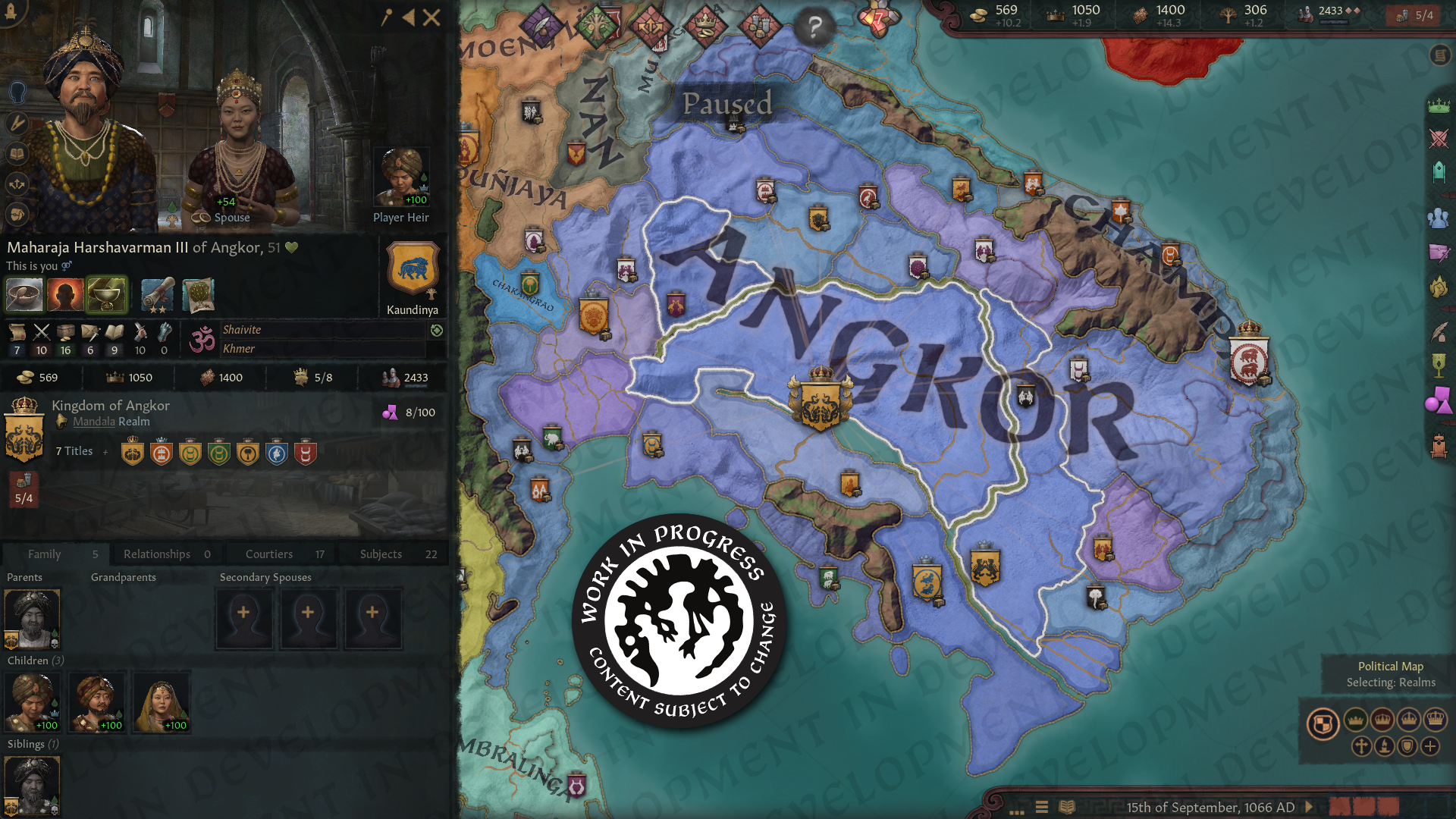

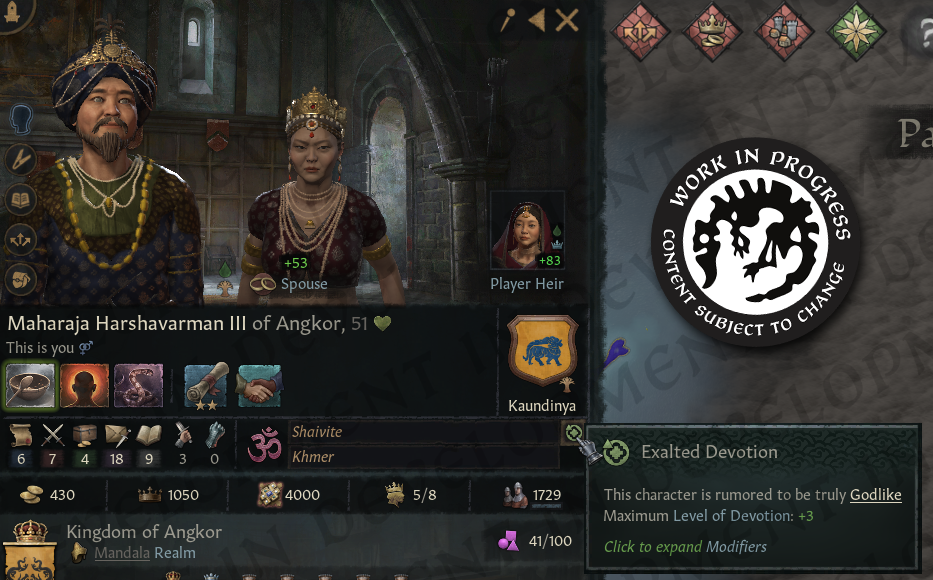 \[A truly Godlike Ruler of Angkor]
\[A truly Godlike Ruler of Angkor]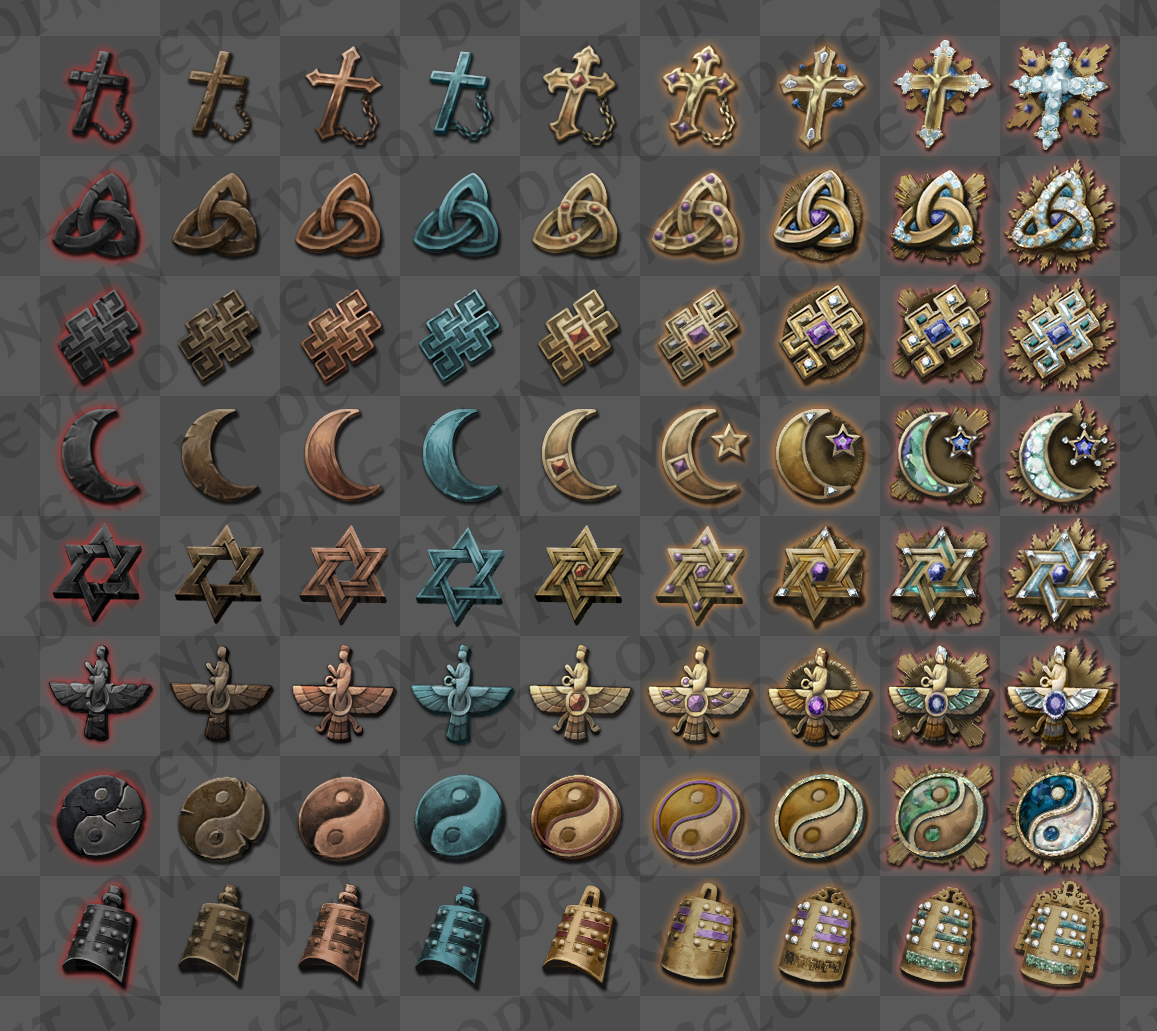 \[9 levels of devotion in a grid, ranking from Sinner to Godlike]
\[9 levels of devotion in a grid, ranking from Sinner to Godlike]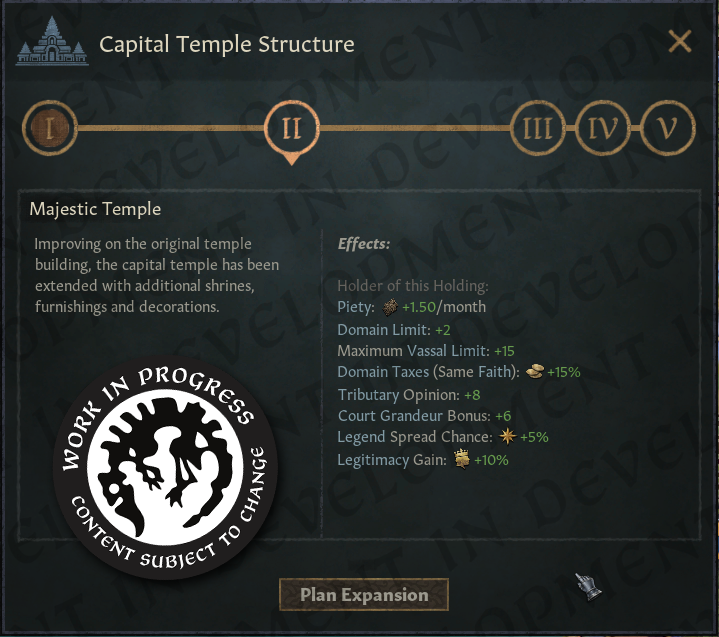

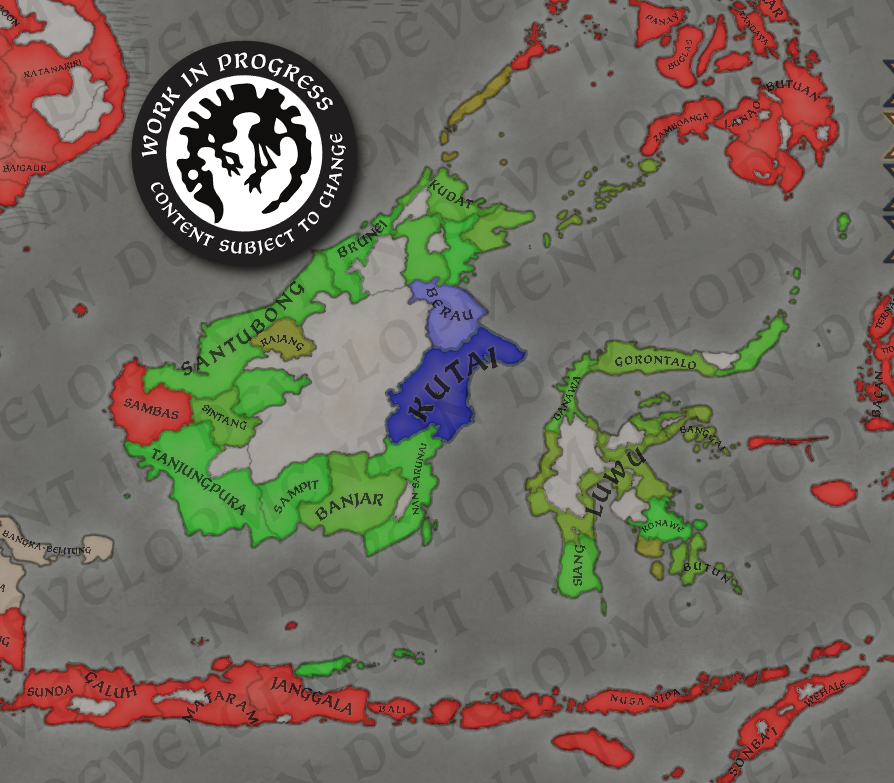
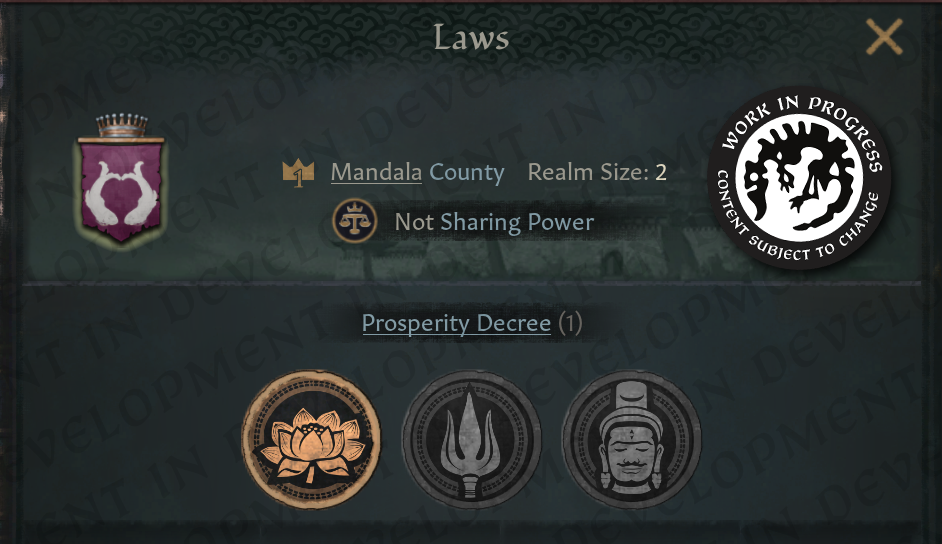 \[Image of the Mandala Laws window, depicting the Decrees]
\[Image of the Mandala Laws window, depicting the Decrees]
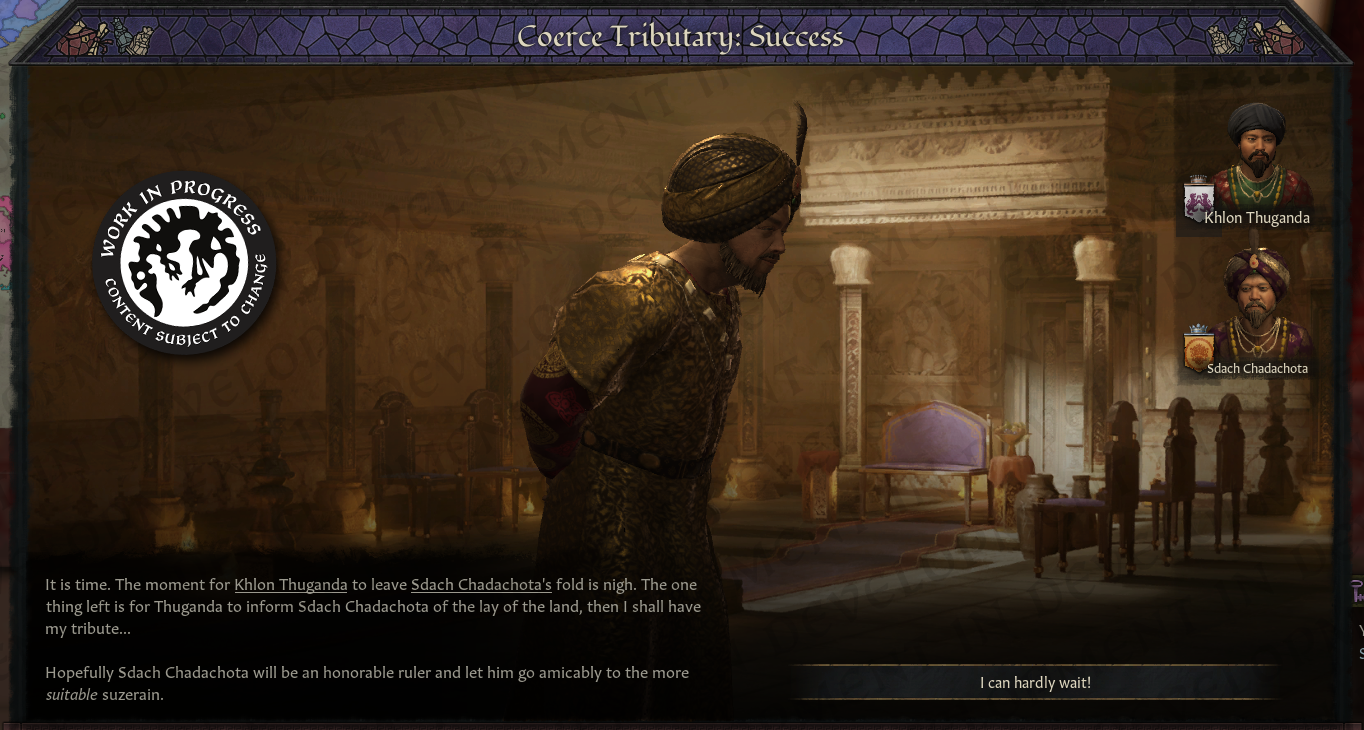 \[The Mandala Ruler is anticipating the outcome of the successful Coerce Tributary scheme - events are still Work in Progress!]
\[The Mandala Ruler is anticipating the outcome of the successful Coerce Tributary scheme - events are still Work in Progress!]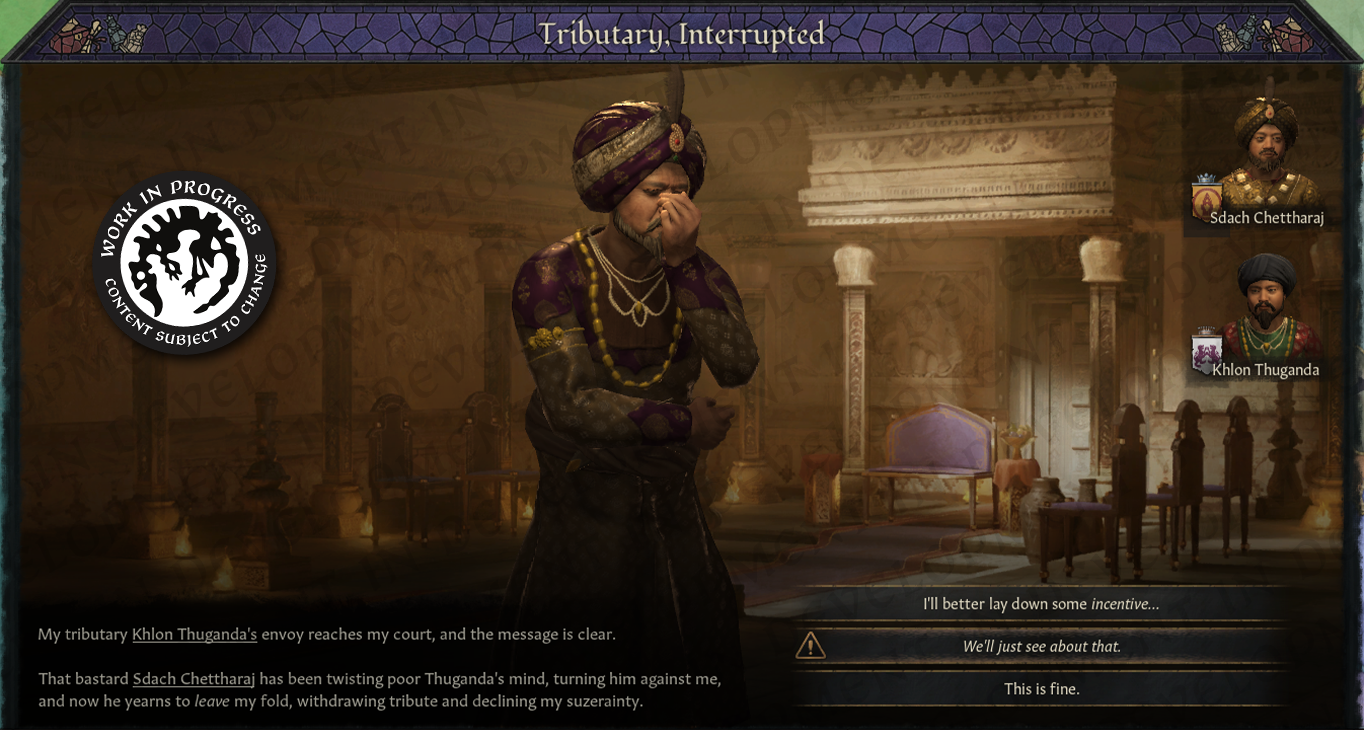 \[The Suzerain of the targeted Tributary gets the option to intervene in the Coerce Tributary scheme - events are still Work in Progress!]
\[The Suzerain of the targeted Tributary gets the option to intervene in the Coerce Tributary scheme - events are still Work in Progress!]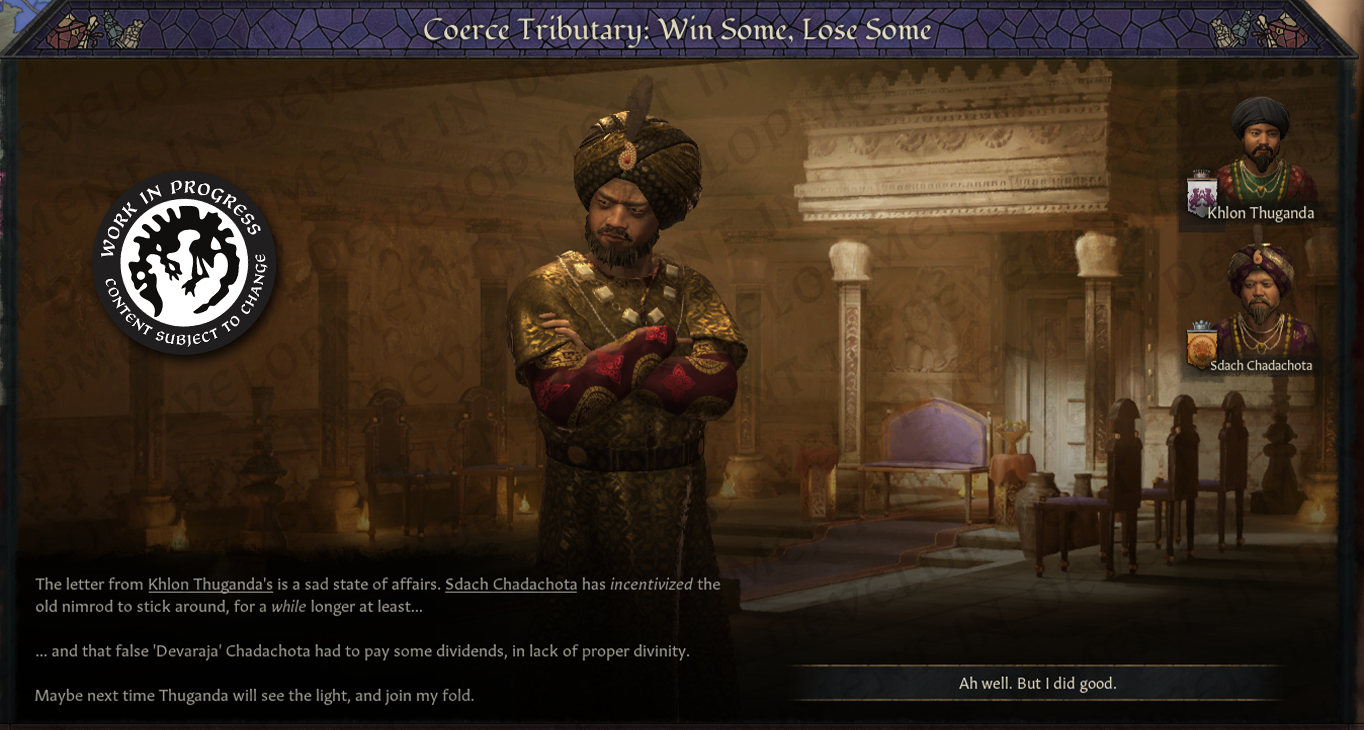 \[The target of Coerce Tributary was incentivized to stick around, costing the Suzerain a bunch of resources - events are still Work in Progress!]
\[The target of Coerce Tributary was incentivized to stick around, costing the Suzerain a bunch of resources - events are still Work in Progress!]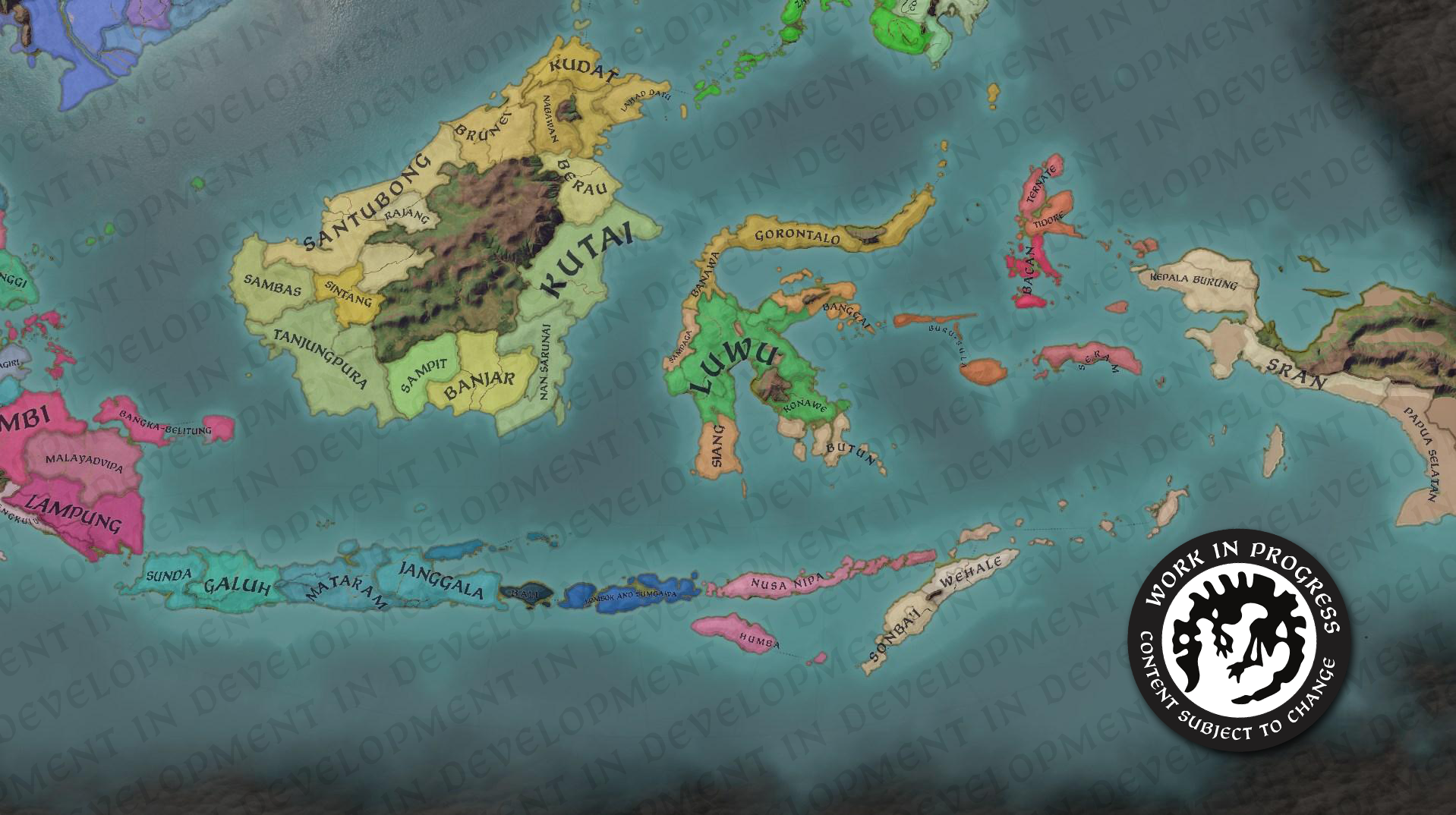 \[Screenshot of Maritime Southeast Asia in 1066]
\[Screenshot of Maritime Southeast Asia in 1066]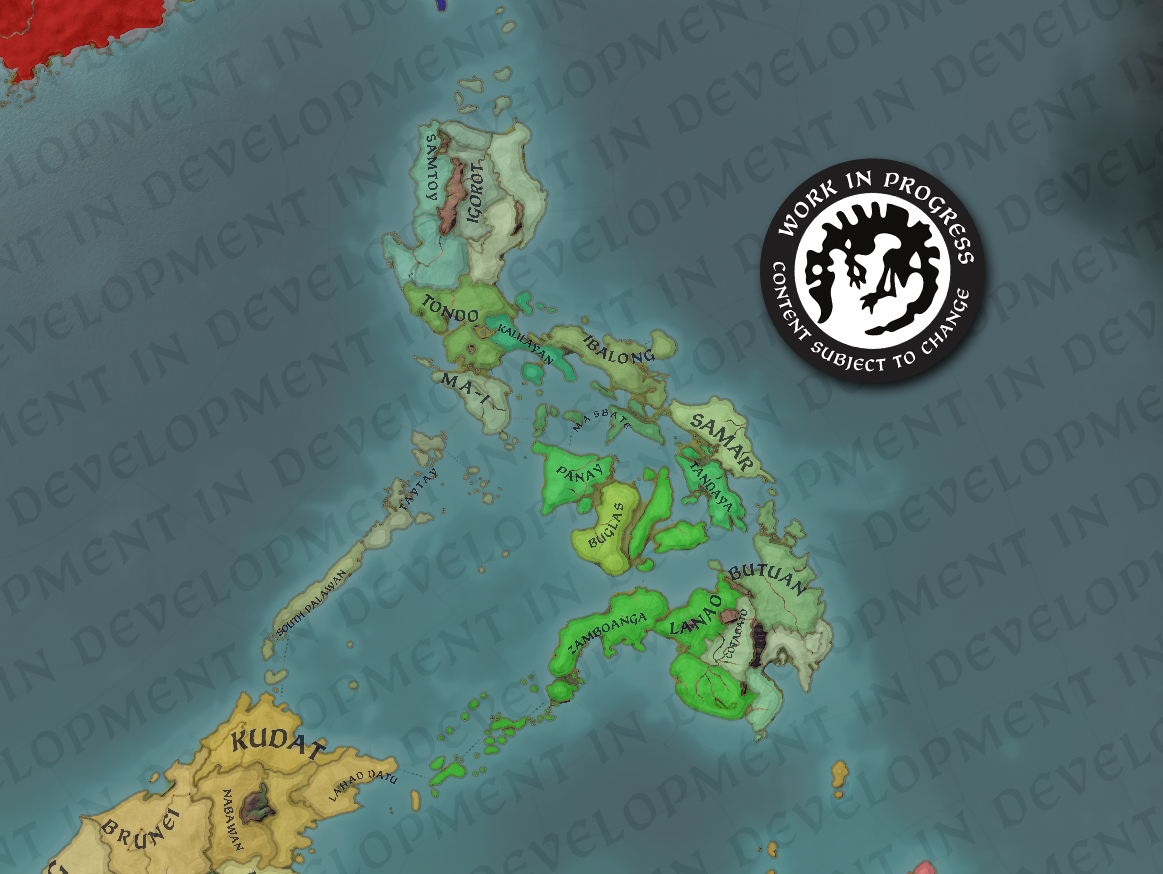
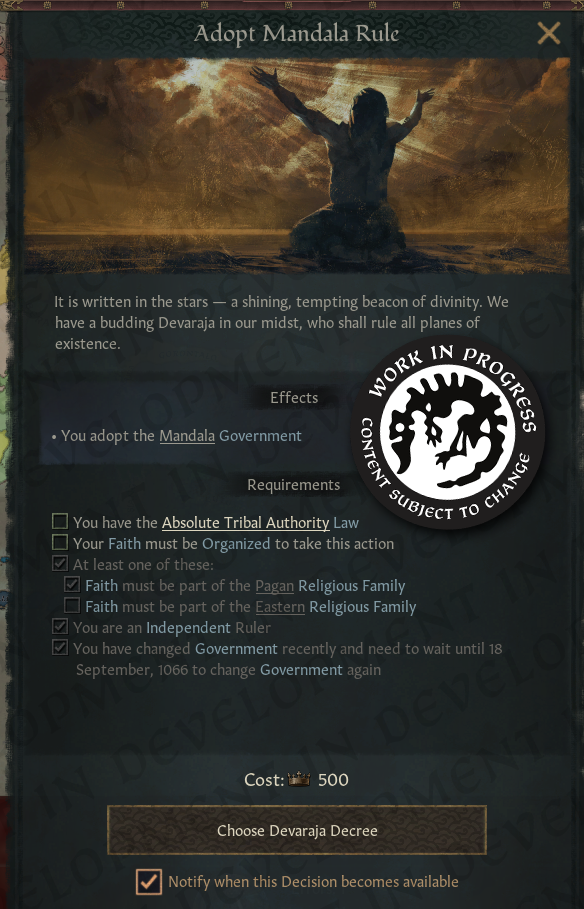
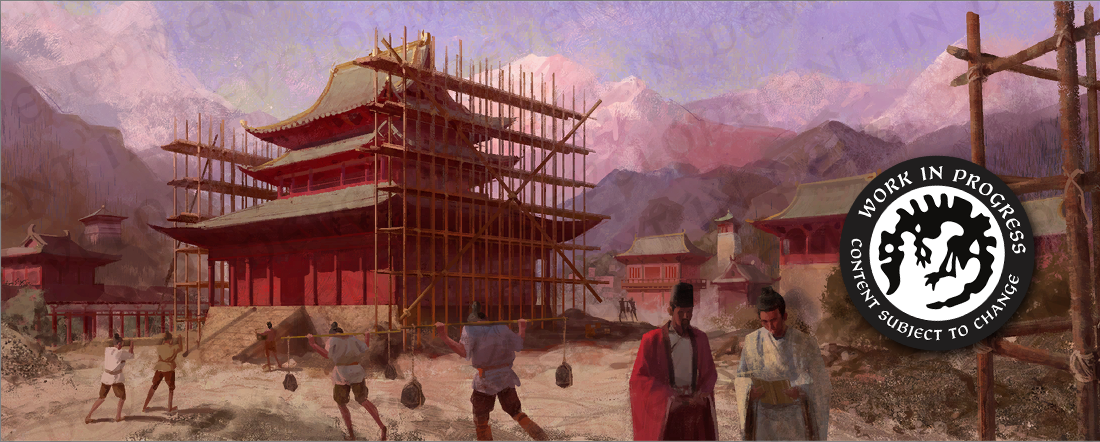
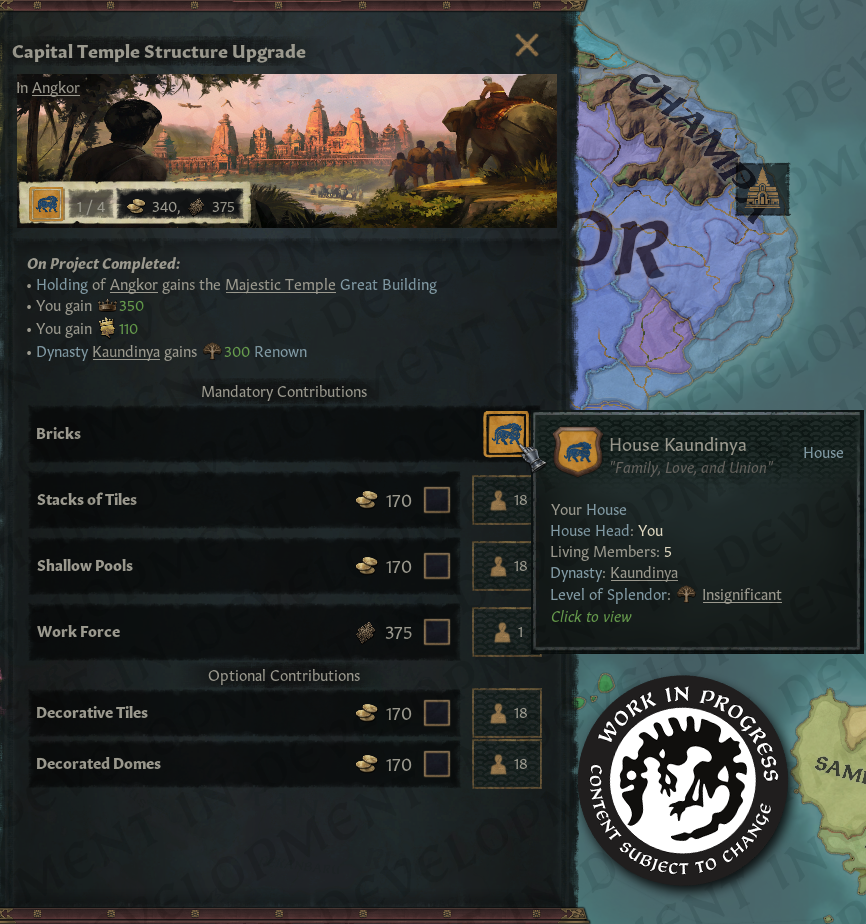
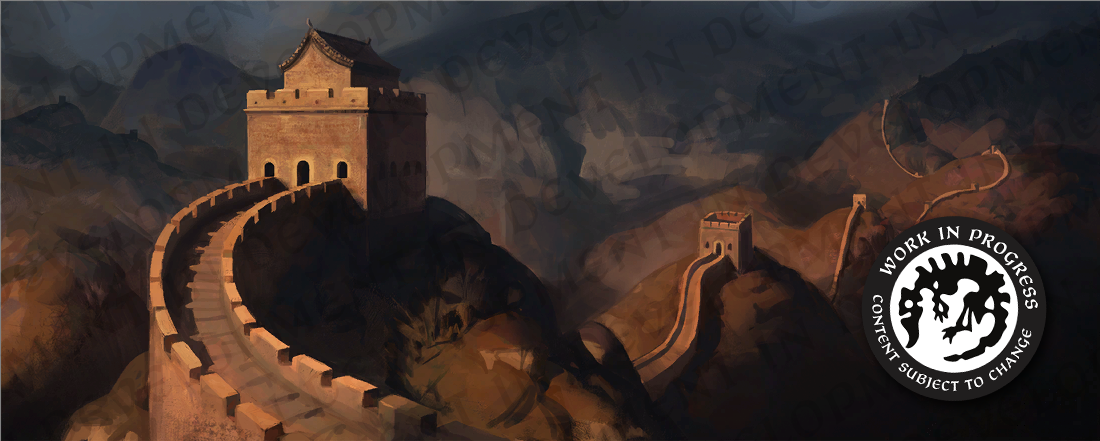
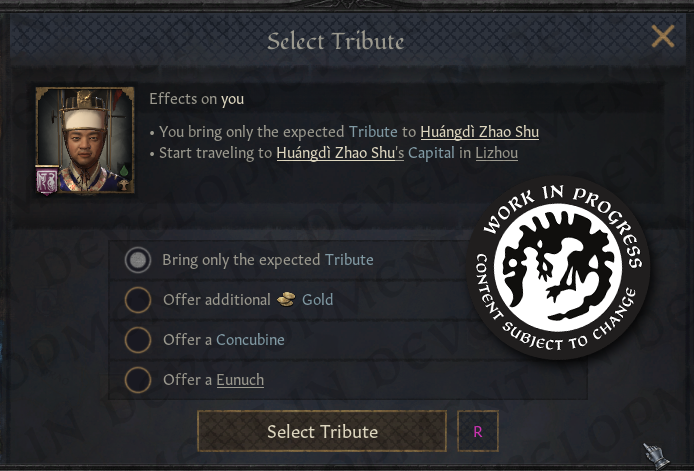
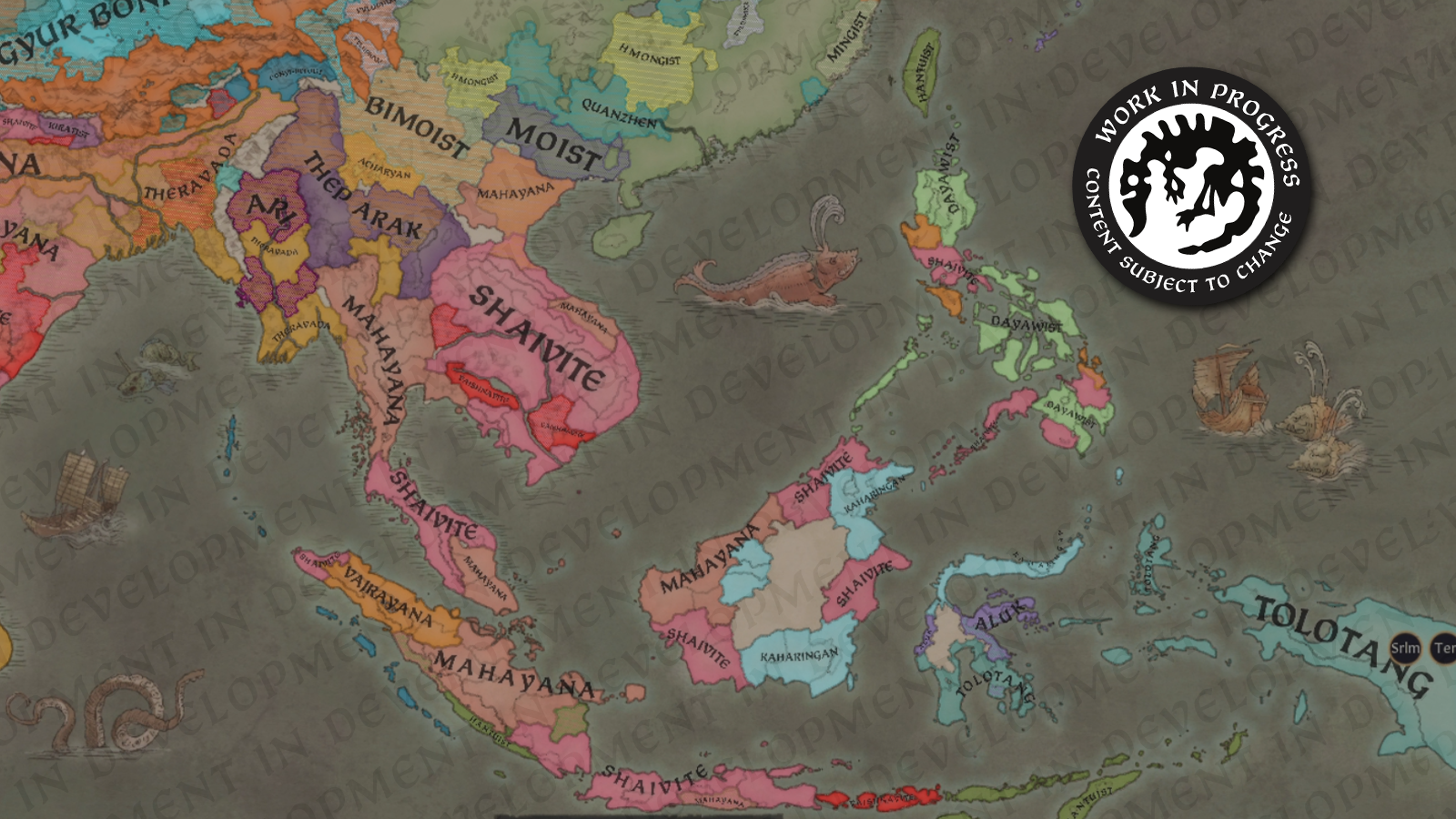 \[Faiths 867]
\[Faiths 867]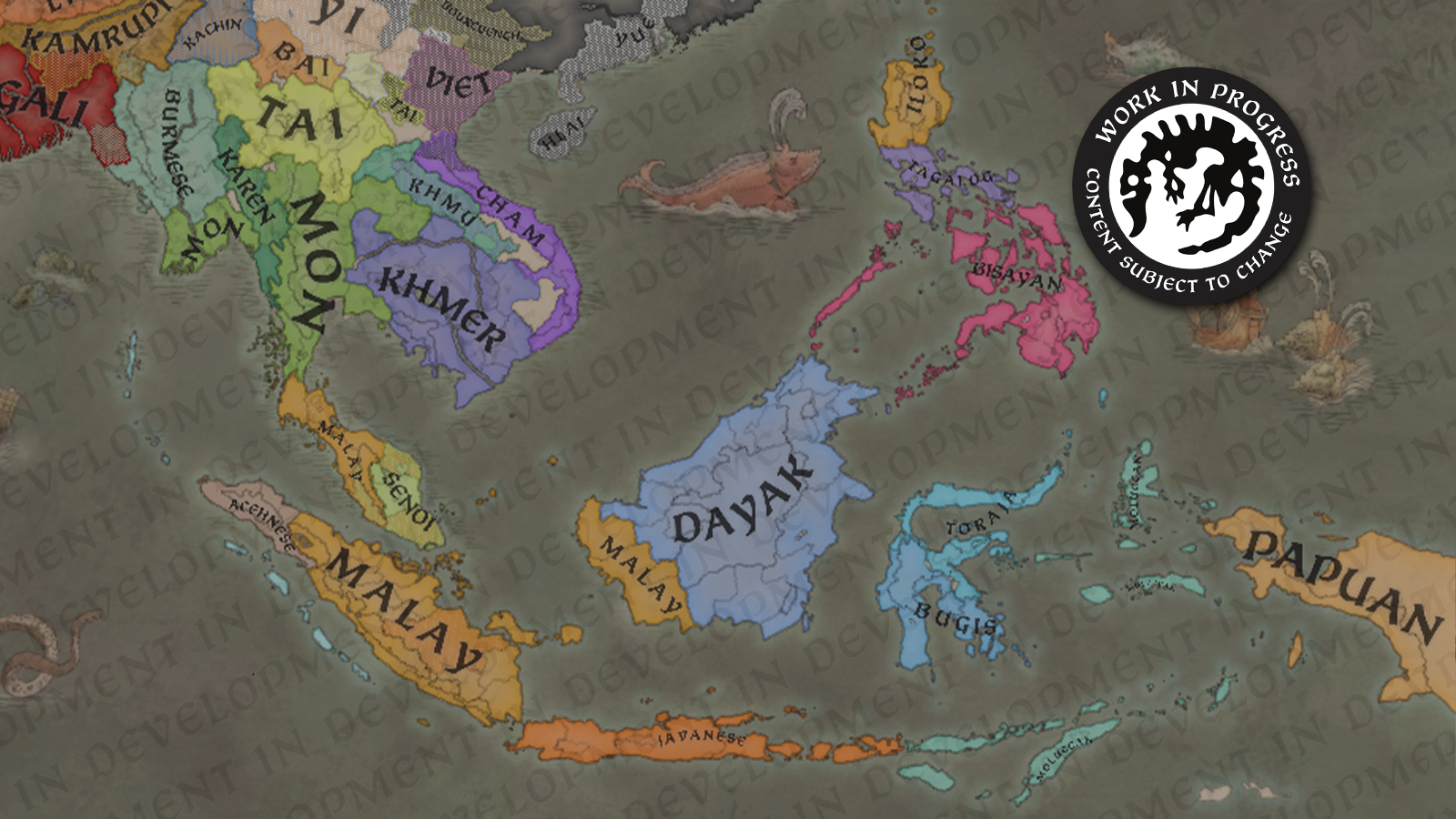 When it comes to cultures, the region is even more diverse in many ways. Notably, the Tai peoples are still found mostly in its northern parts. Historically, offshoots from this group would come to be politically dominant in many parts of the mainland, from modern Laos and Thailand, to Assam in northern India (the area labeled “Kamrupi” on this map).
When it comes to cultures, the region is even more diverse in many ways. Notably, the Tai peoples are still found mostly in its northern parts. Historically, offshoots from this group would come to be politically dominant in many parts of the mainland, from modern Laos and Thailand, to Assam in northern India (the area labeled “Kamrupi” on this map).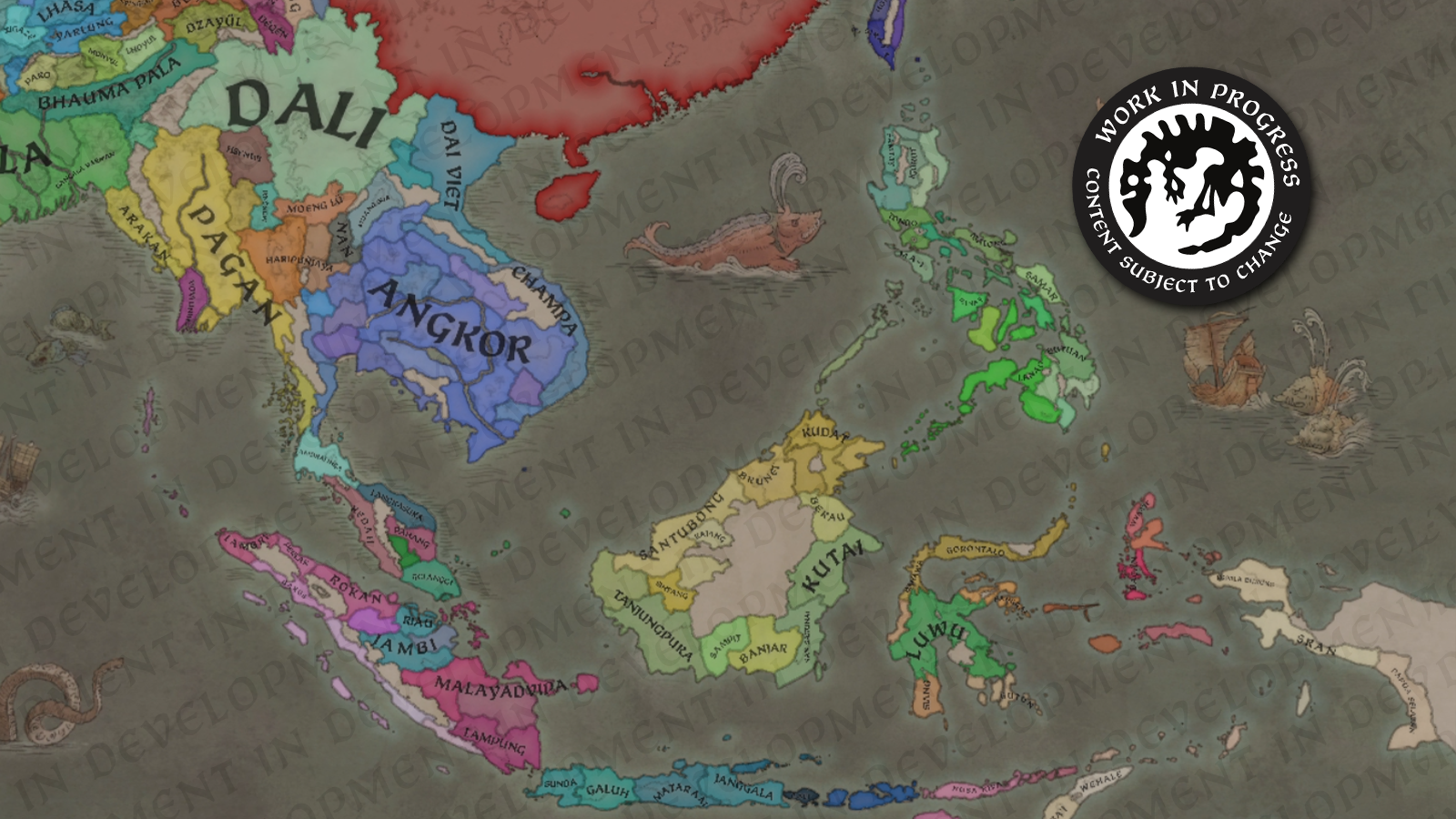 This is a screenshot of the political situation in 1066, with the Song empire looming over the region in the north. The Srivijaya Empire (which was alive and well in the initial screenshot at the beginning of this diary) has been shattered by a relatively recent Chola invasion from India.
This is a screenshot of the political situation in 1066, with the Song empire looming over the region in the north. The Srivijaya Empire (which was alive and well in the initial screenshot at the beginning of this diary) has been shattered by a relatively recent Chola invasion from India.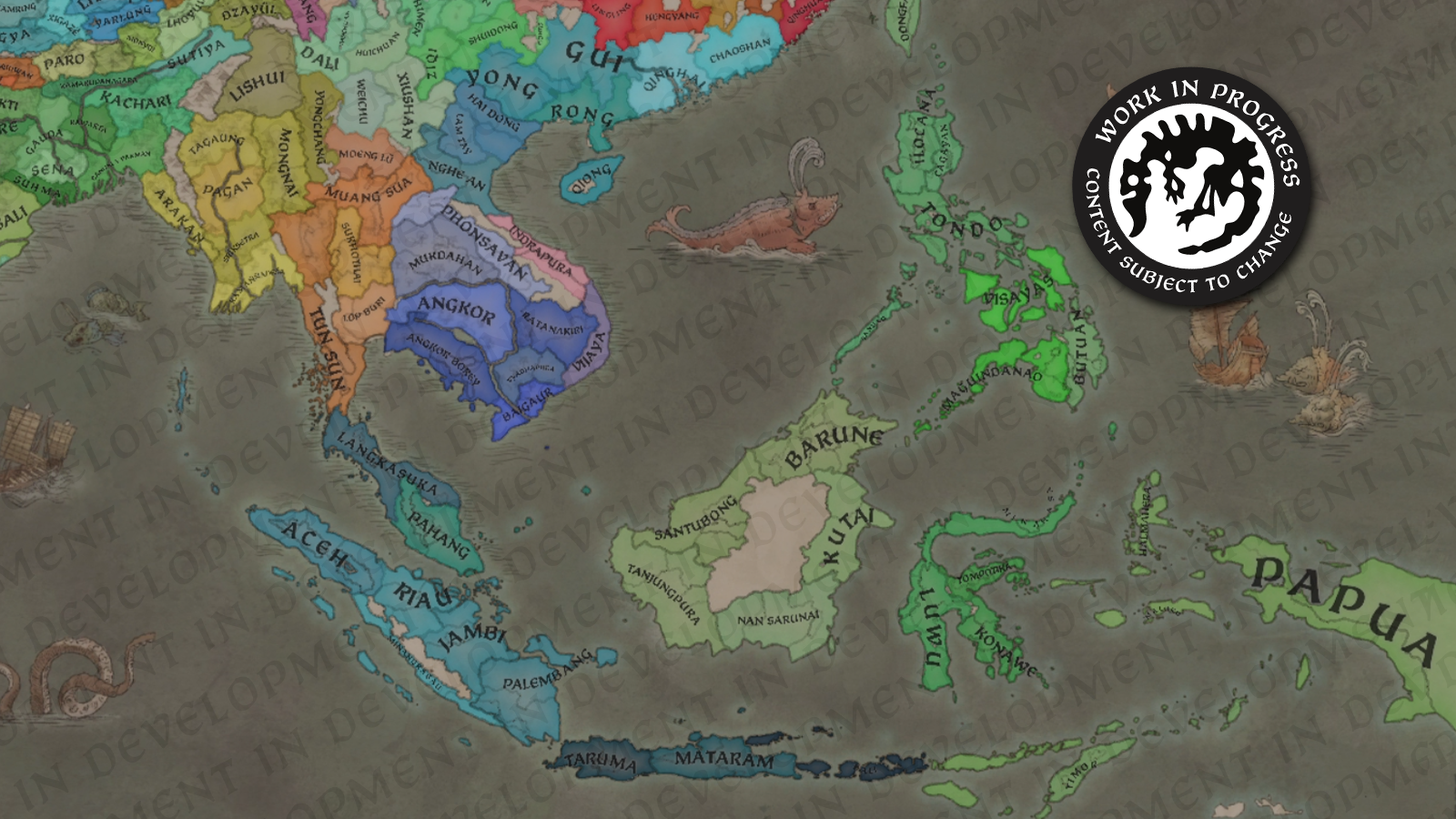 A quick overview of the Duchy mapmode. Many of these are not yet created on game start, as small realms prevail in Southeast Asia. Where other regions have a number of powerful dukes under their Kings, this region often sees duchies divided up between individual tributaries instead.
A quick overview of the Duchy mapmode. Many of these are not yet created on game start, as small realms prevail in Southeast Asia. Where other regions have a number of powerful dukes under their Kings, this region often sees duchies divided up between individual tributaries instead.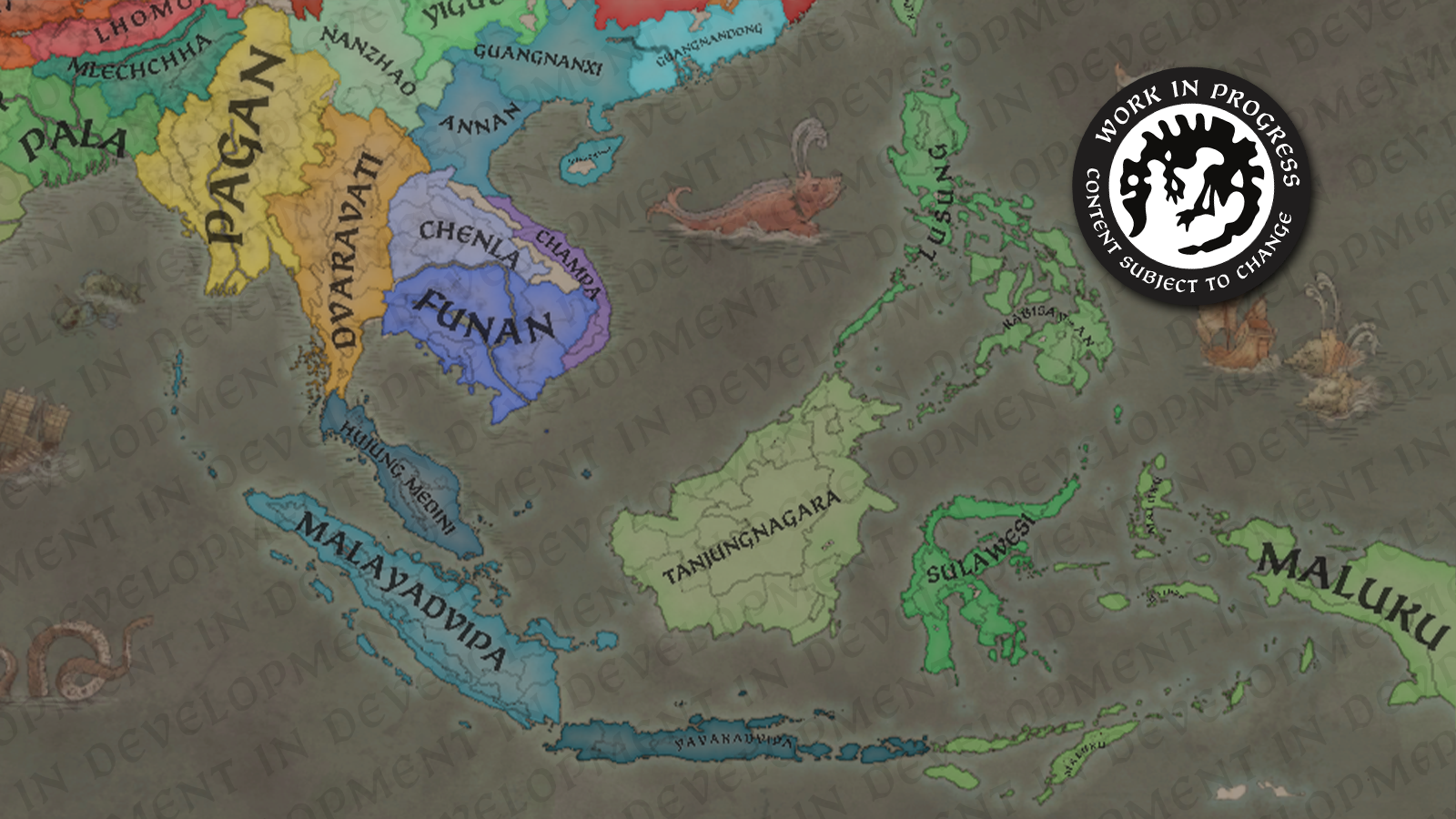 \[De jure kingdoms in 867.]
\[De jure kingdoms in 867.]